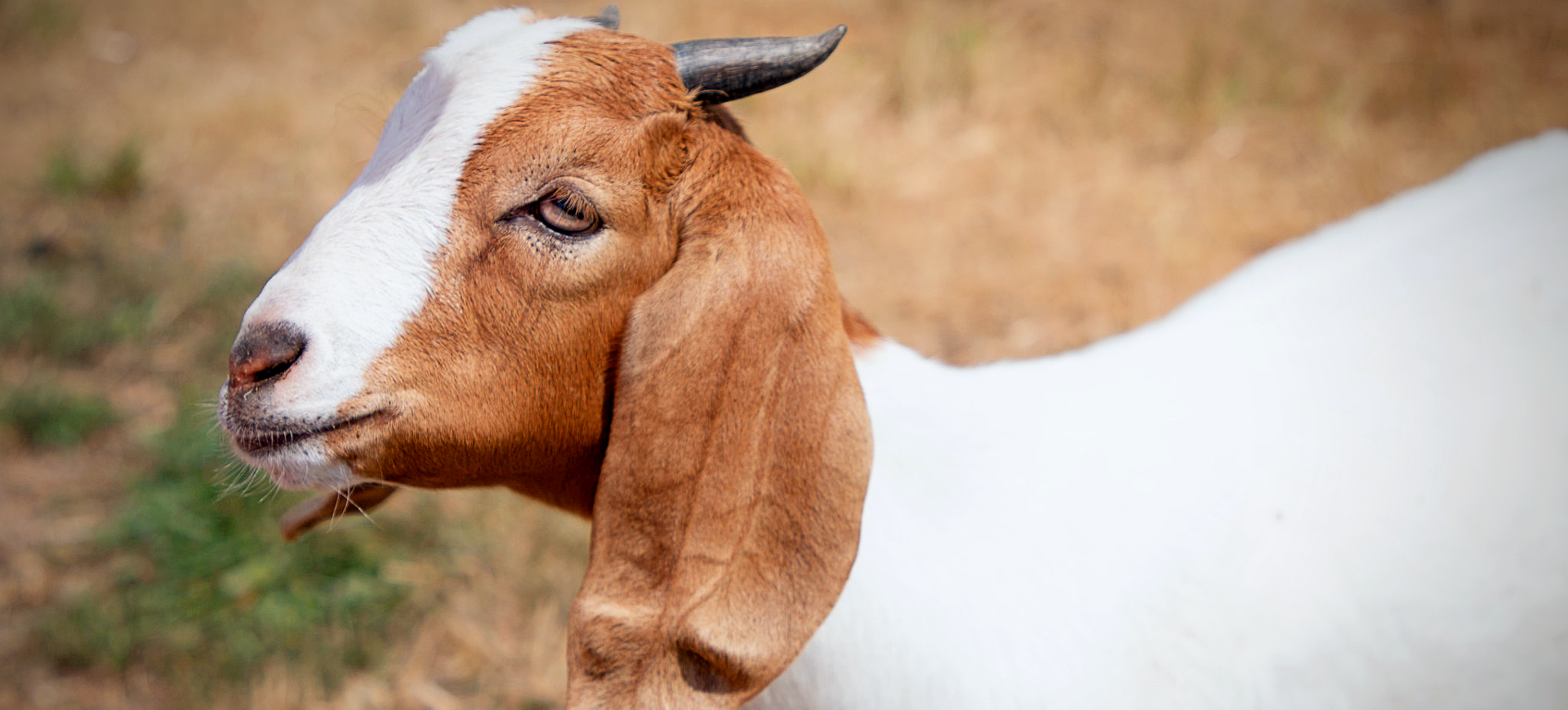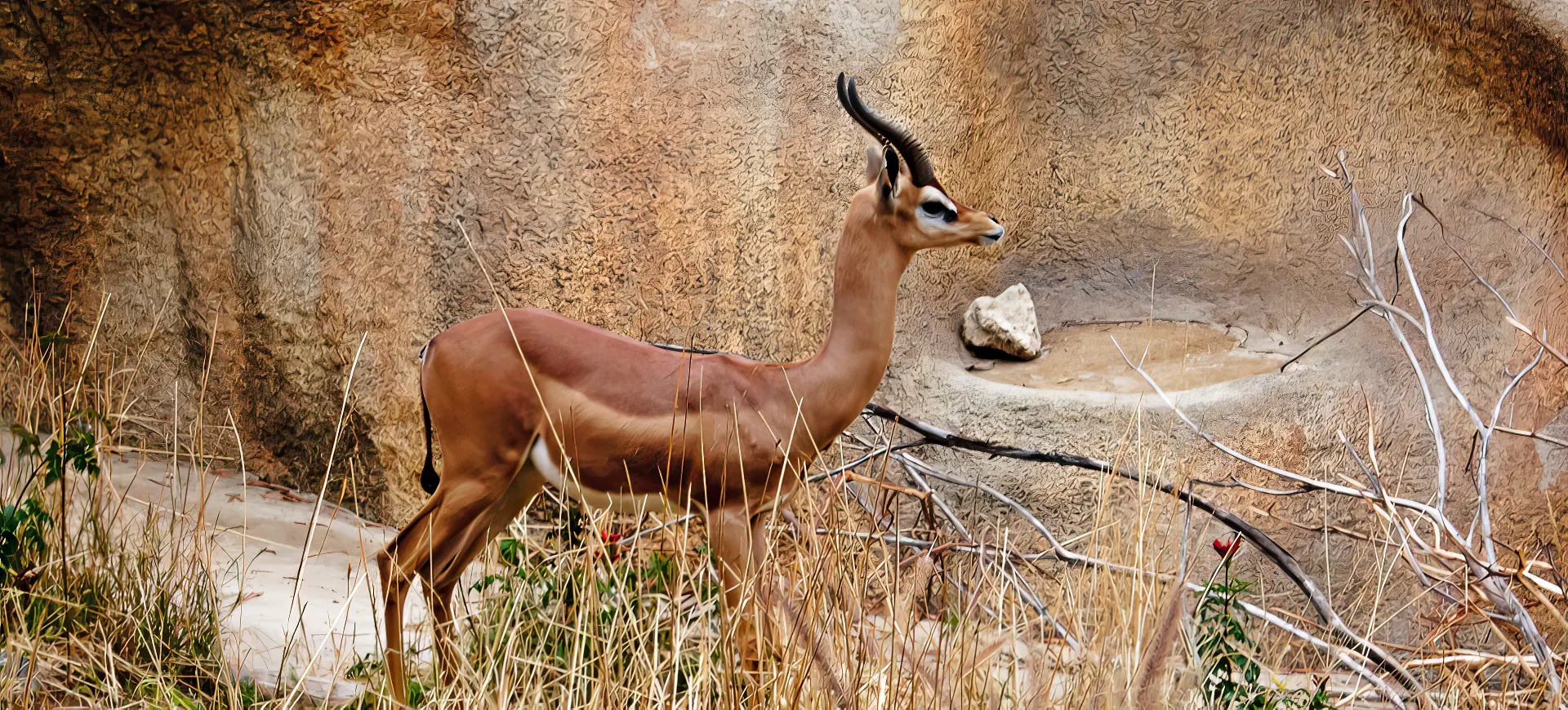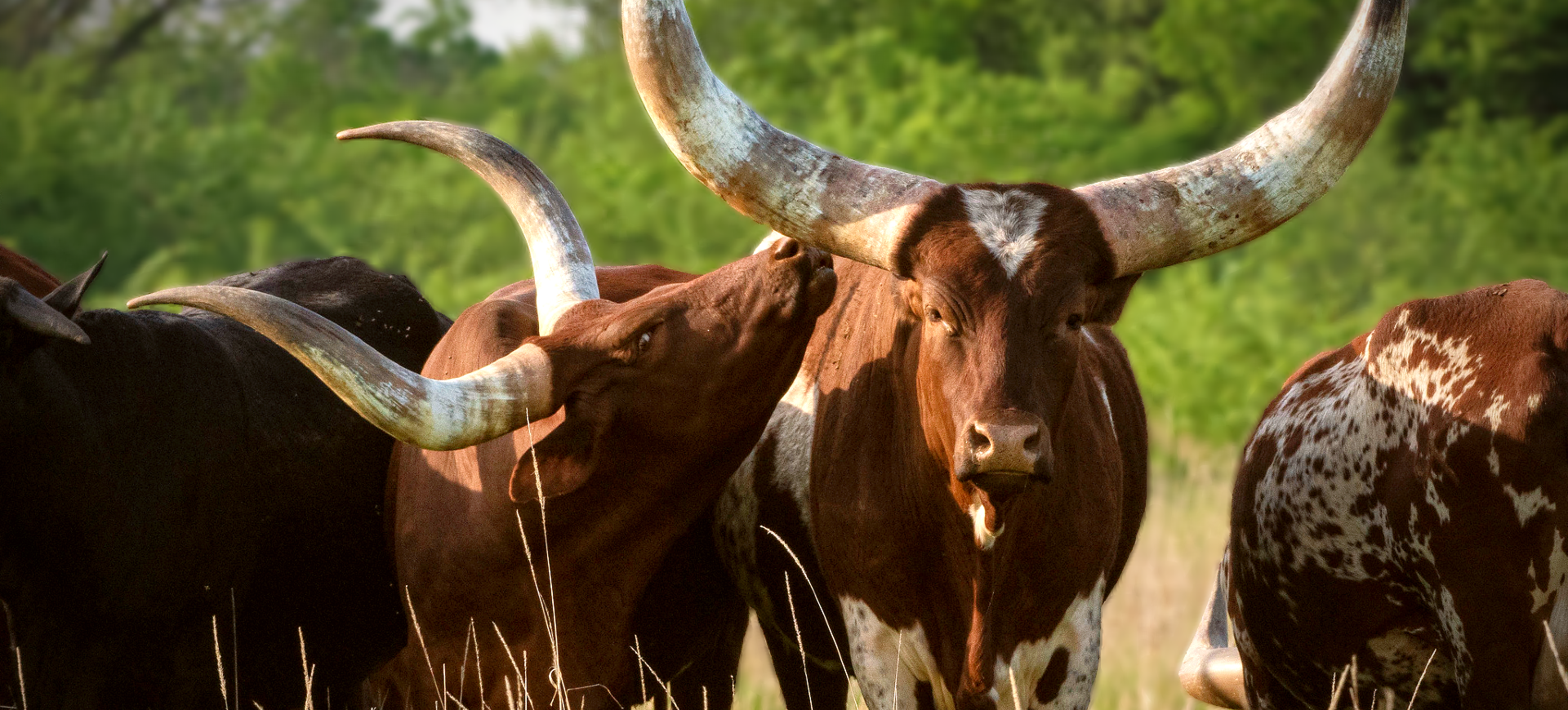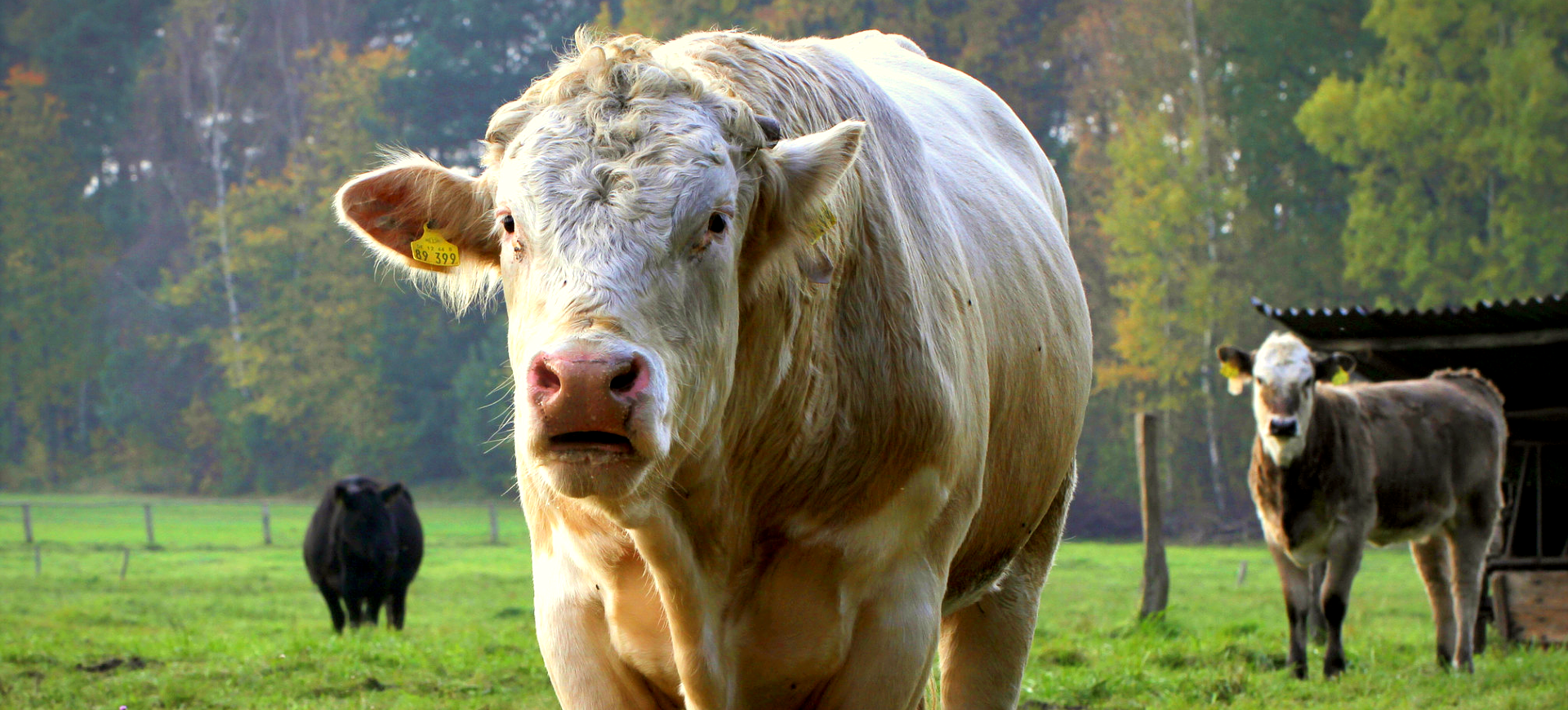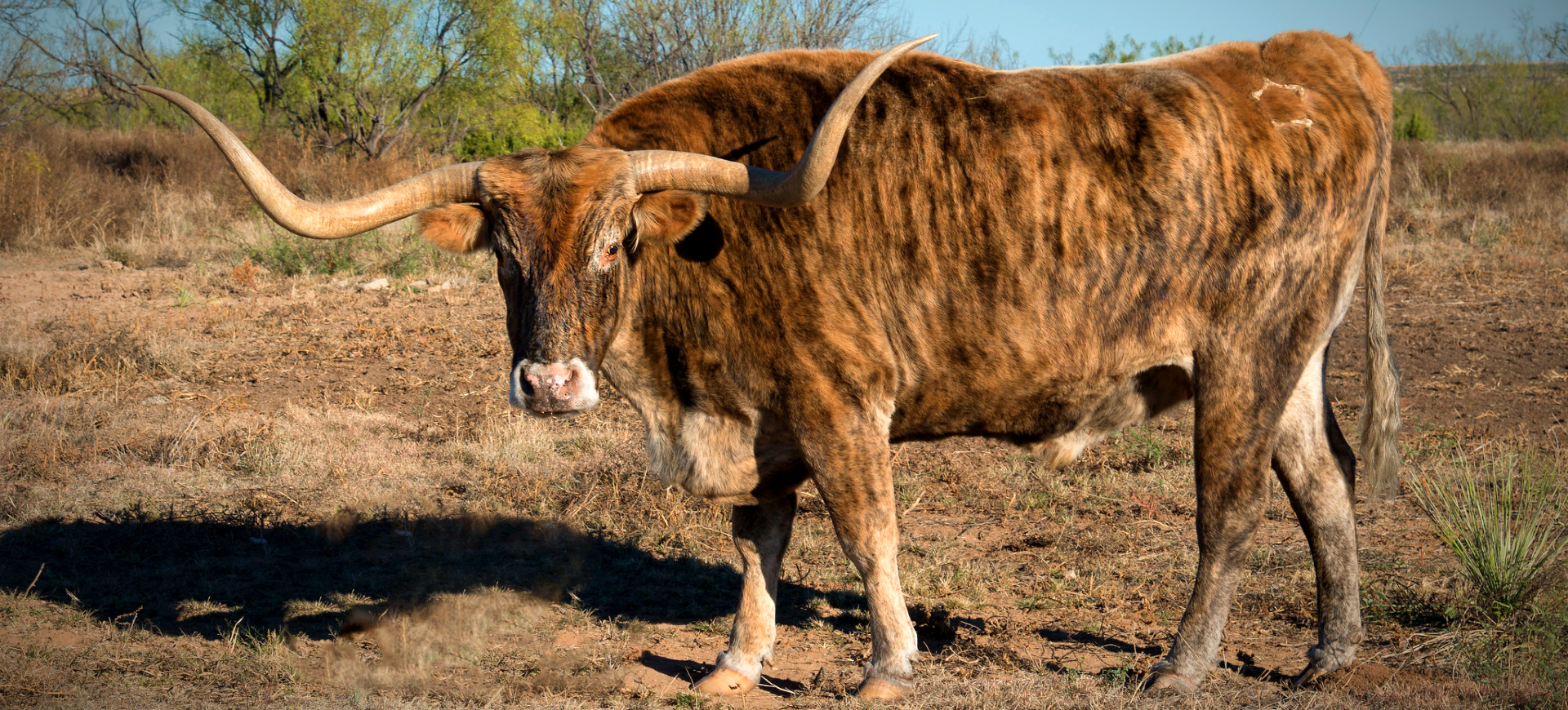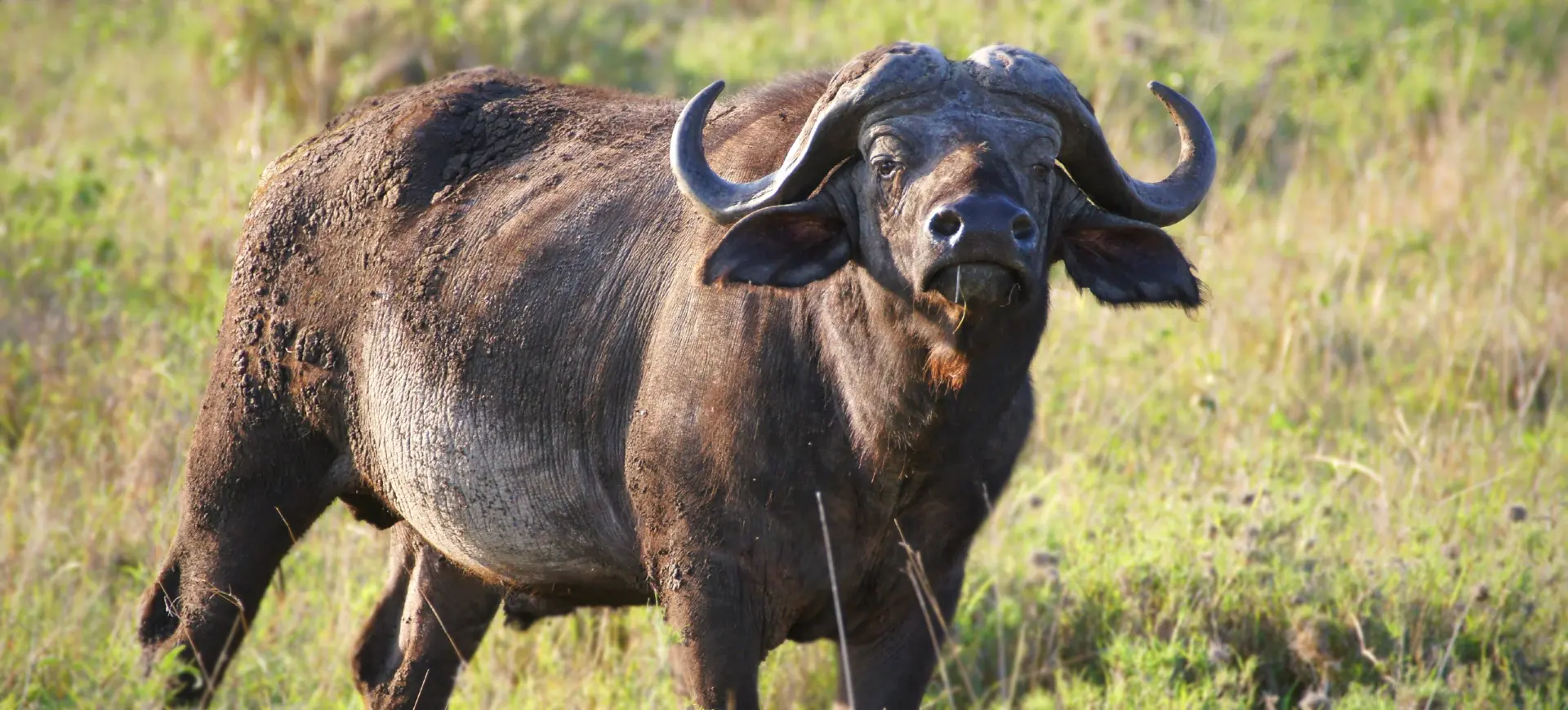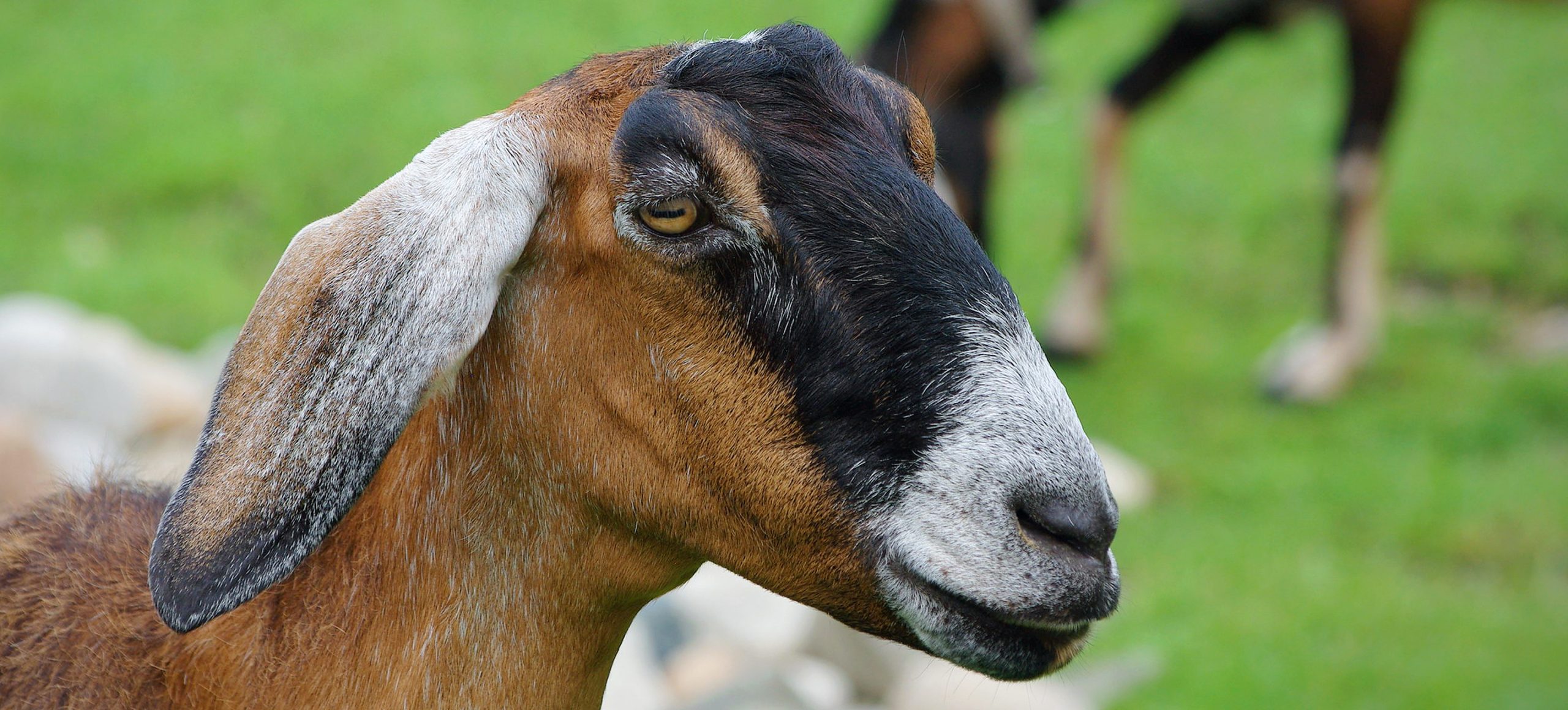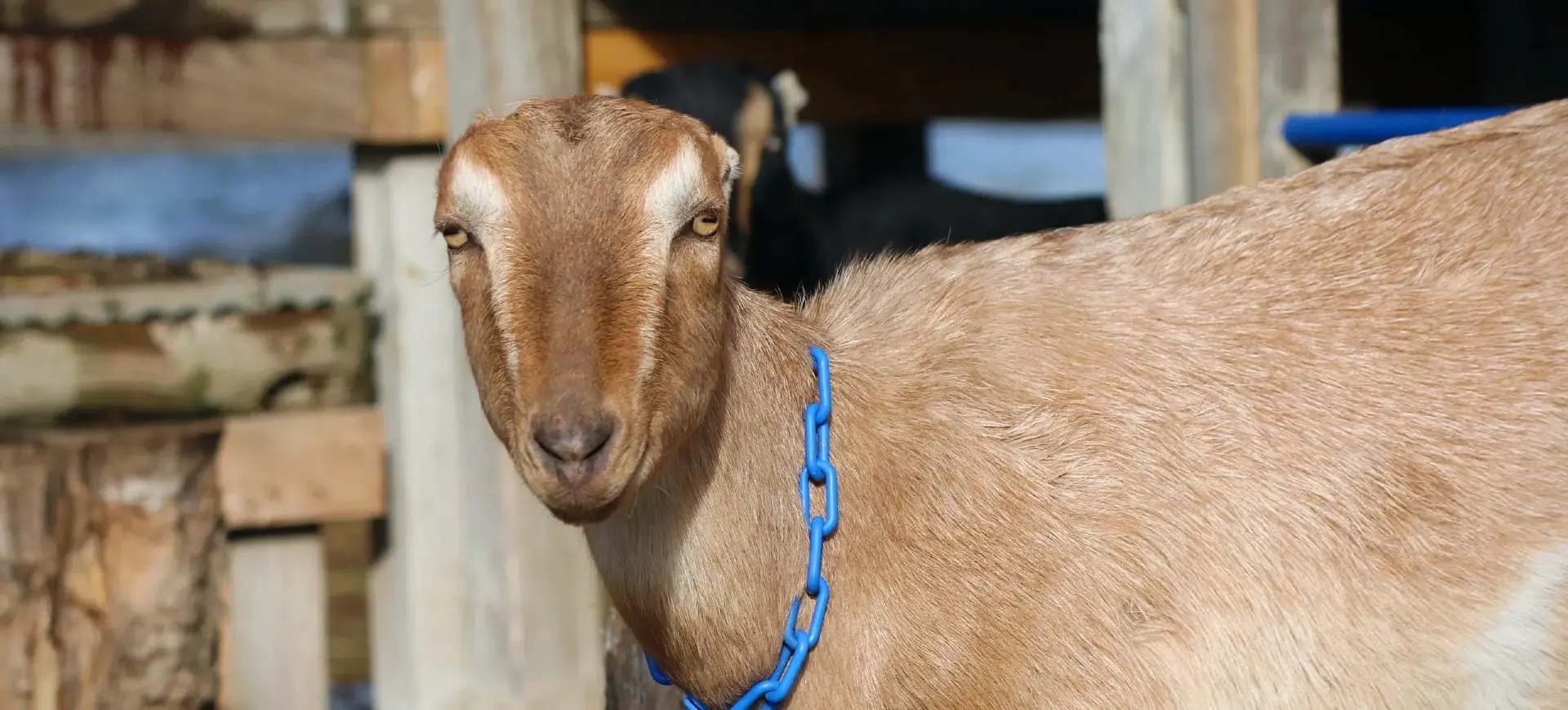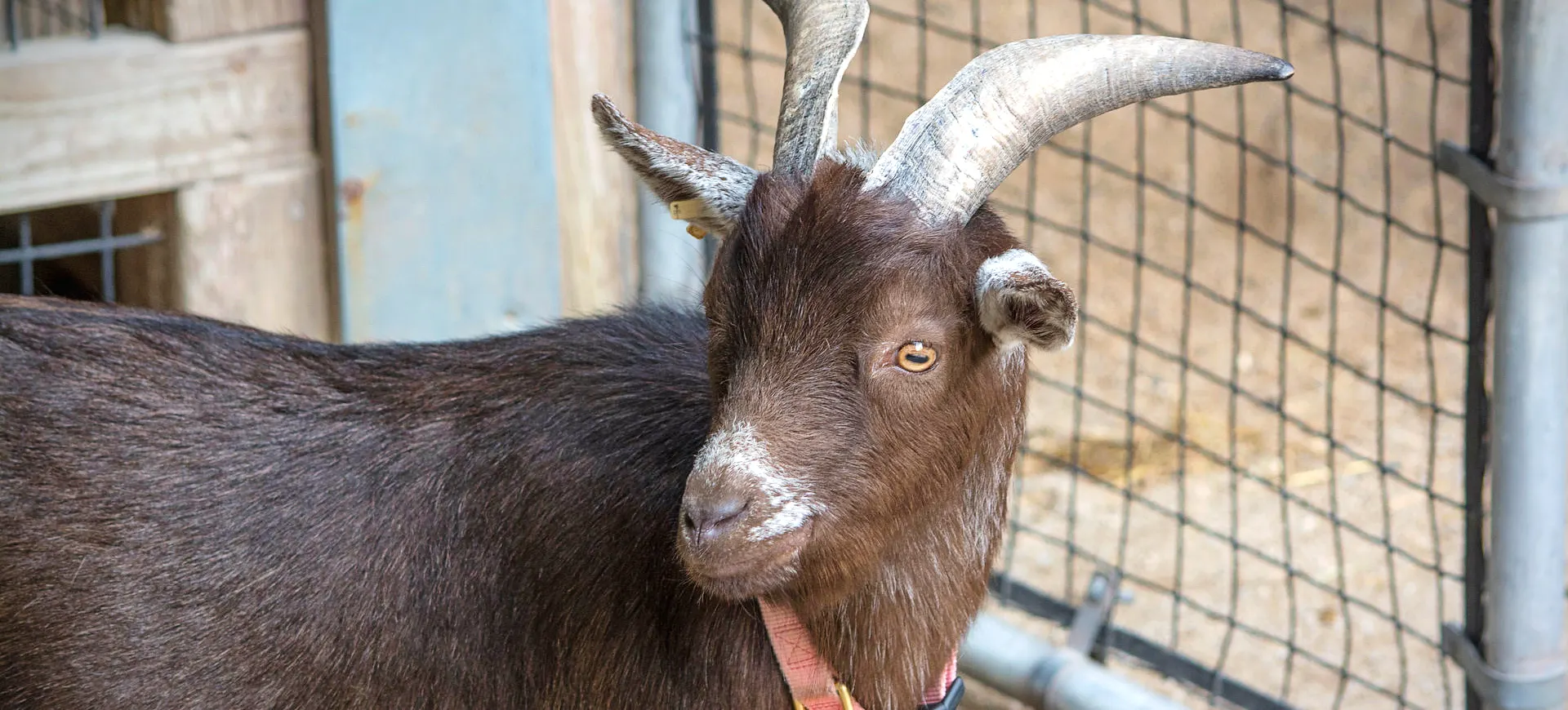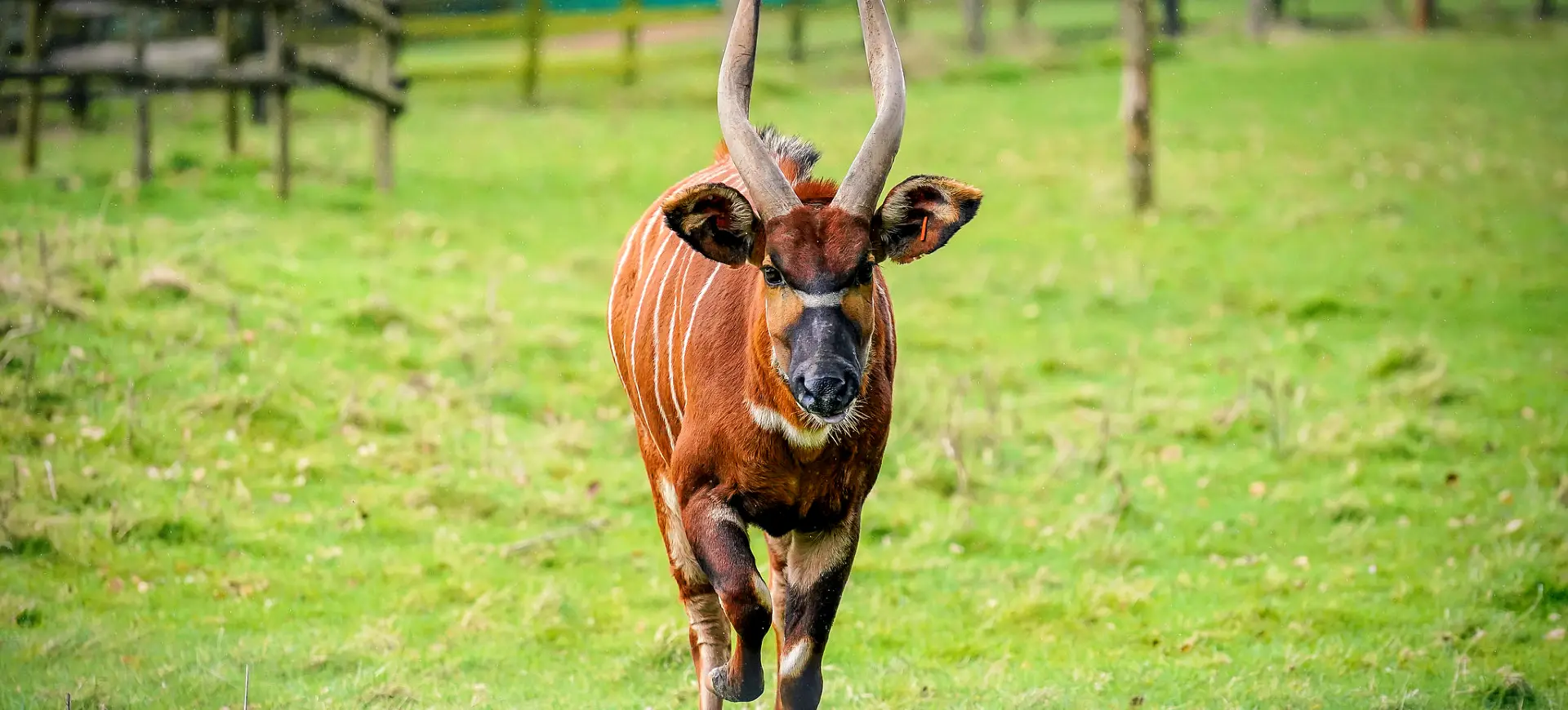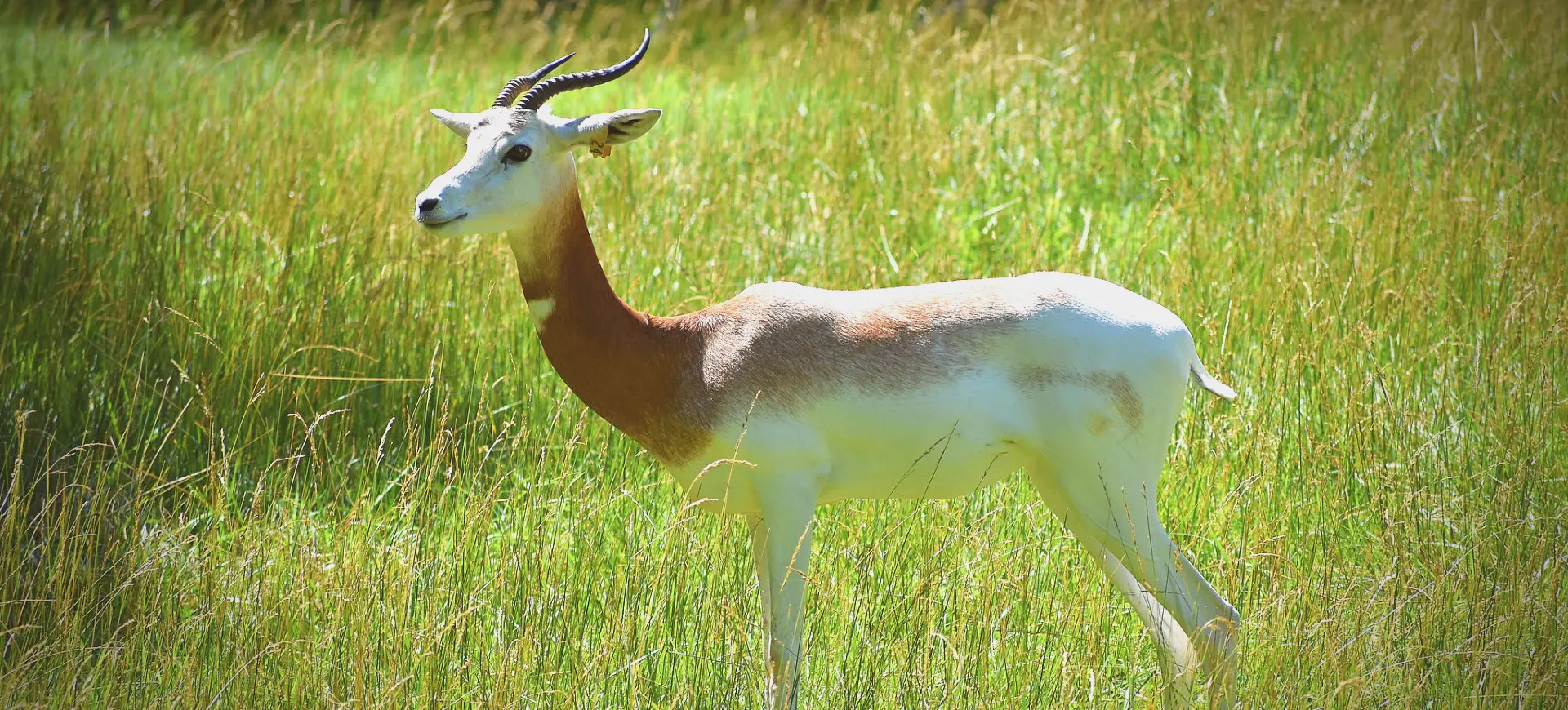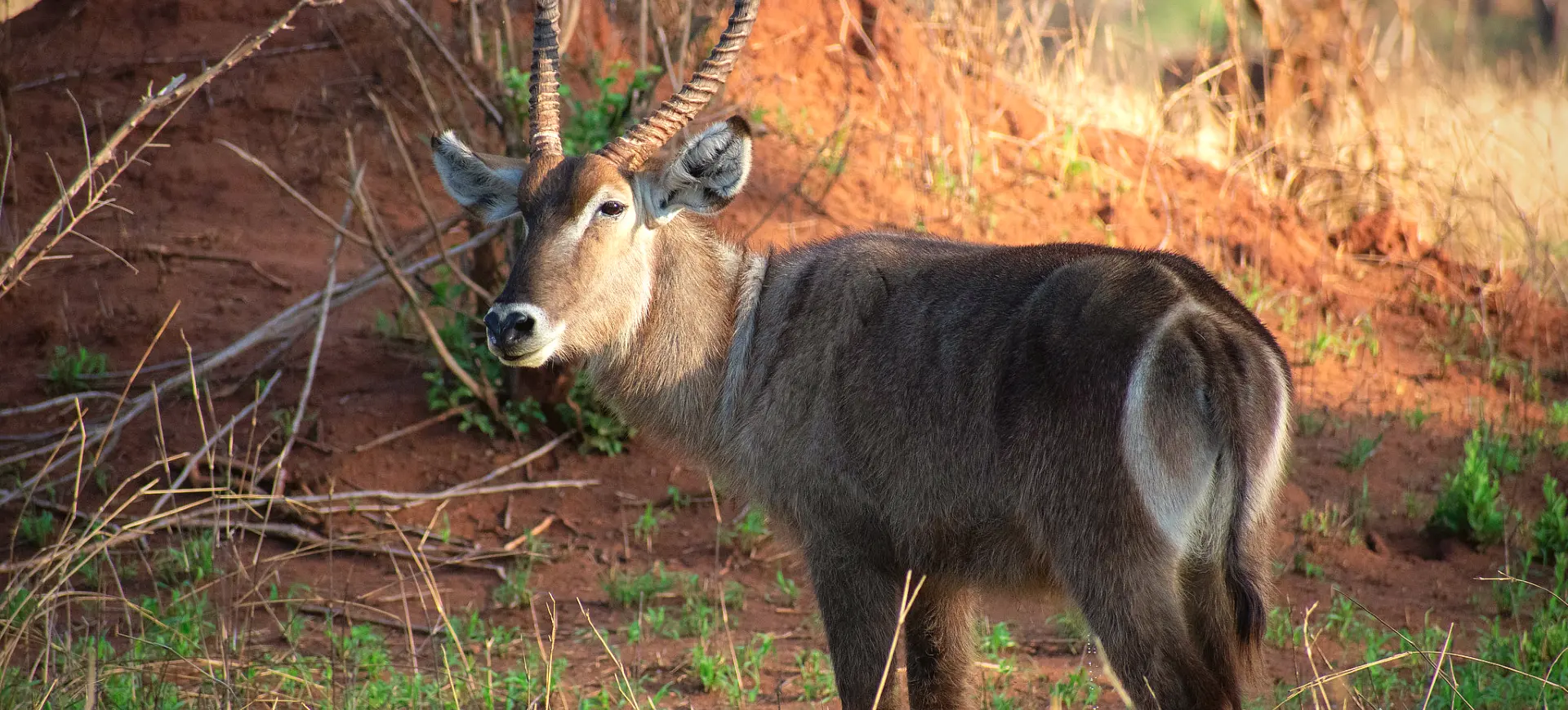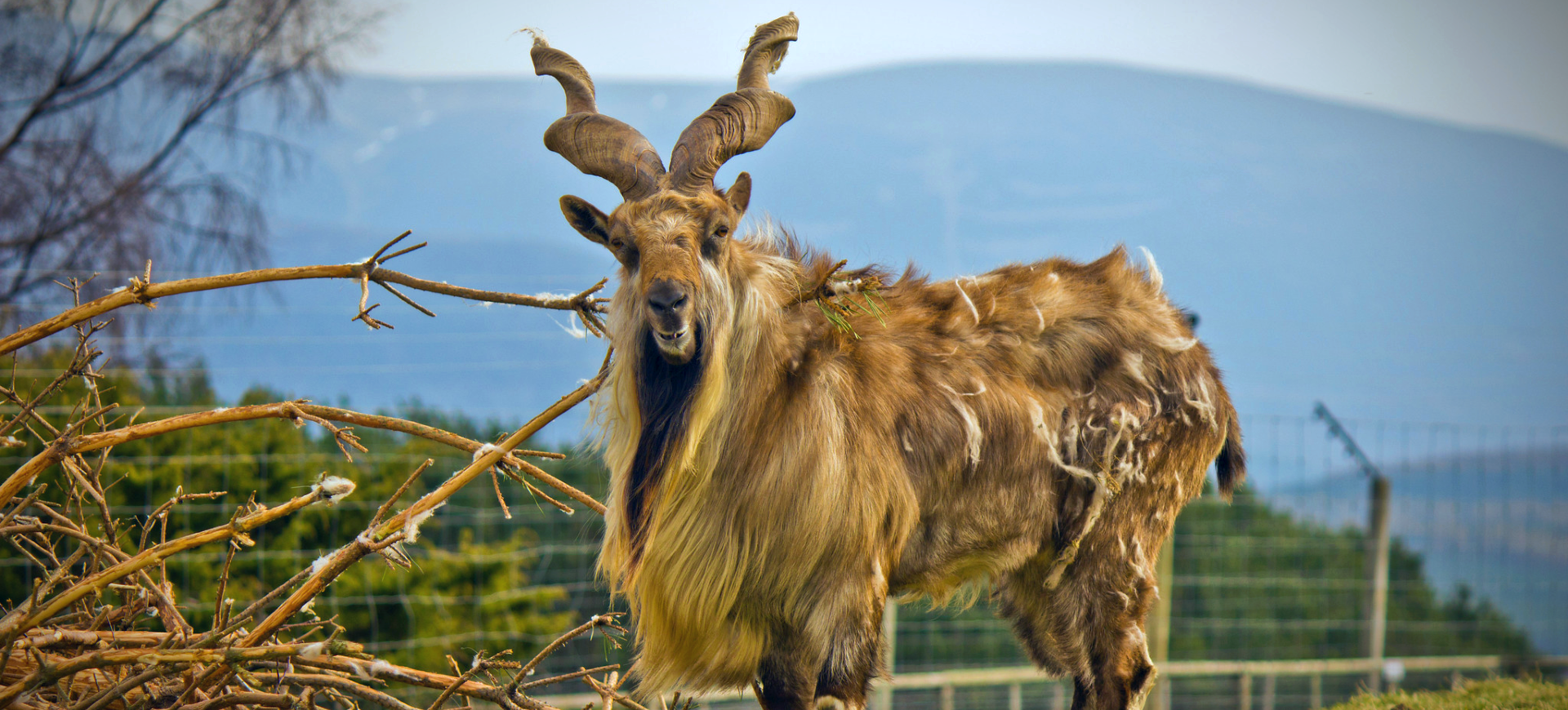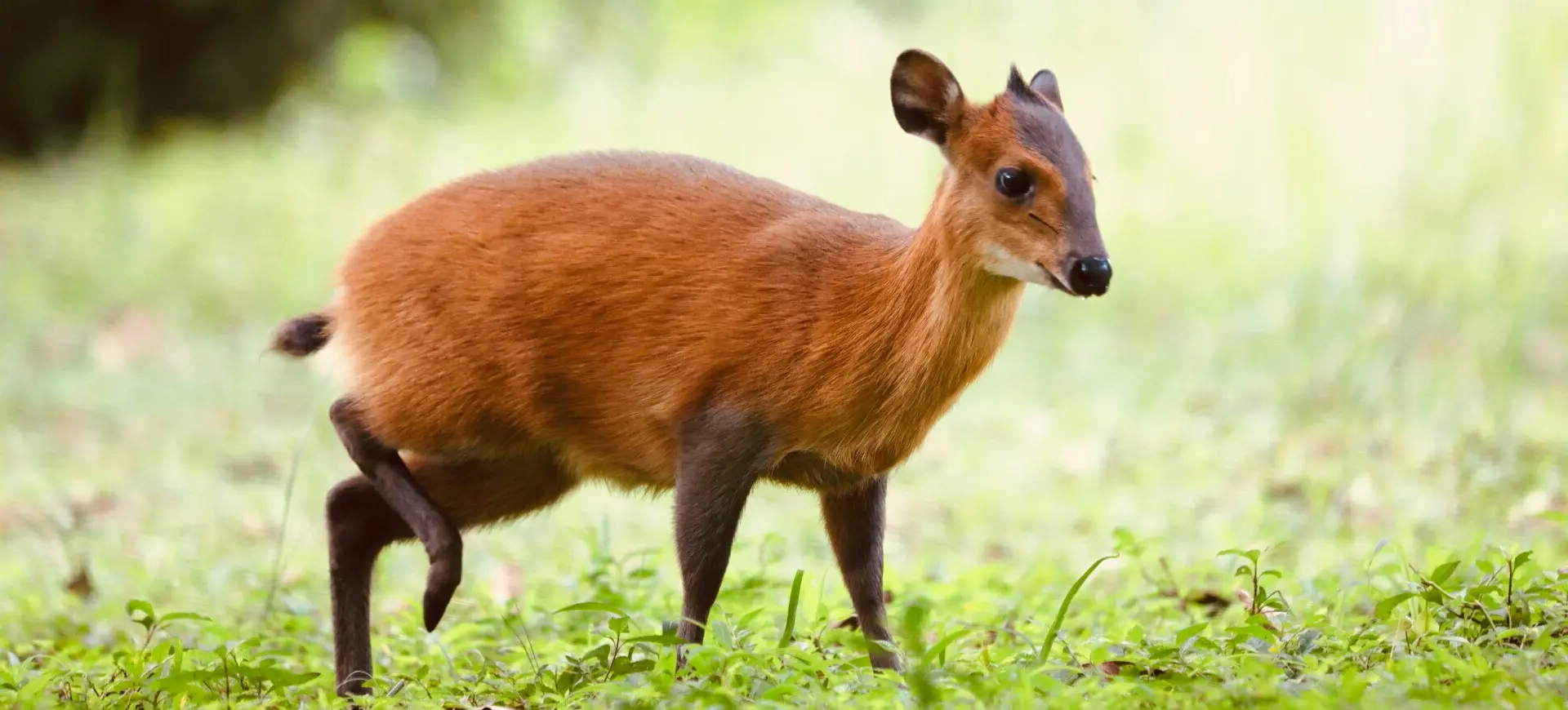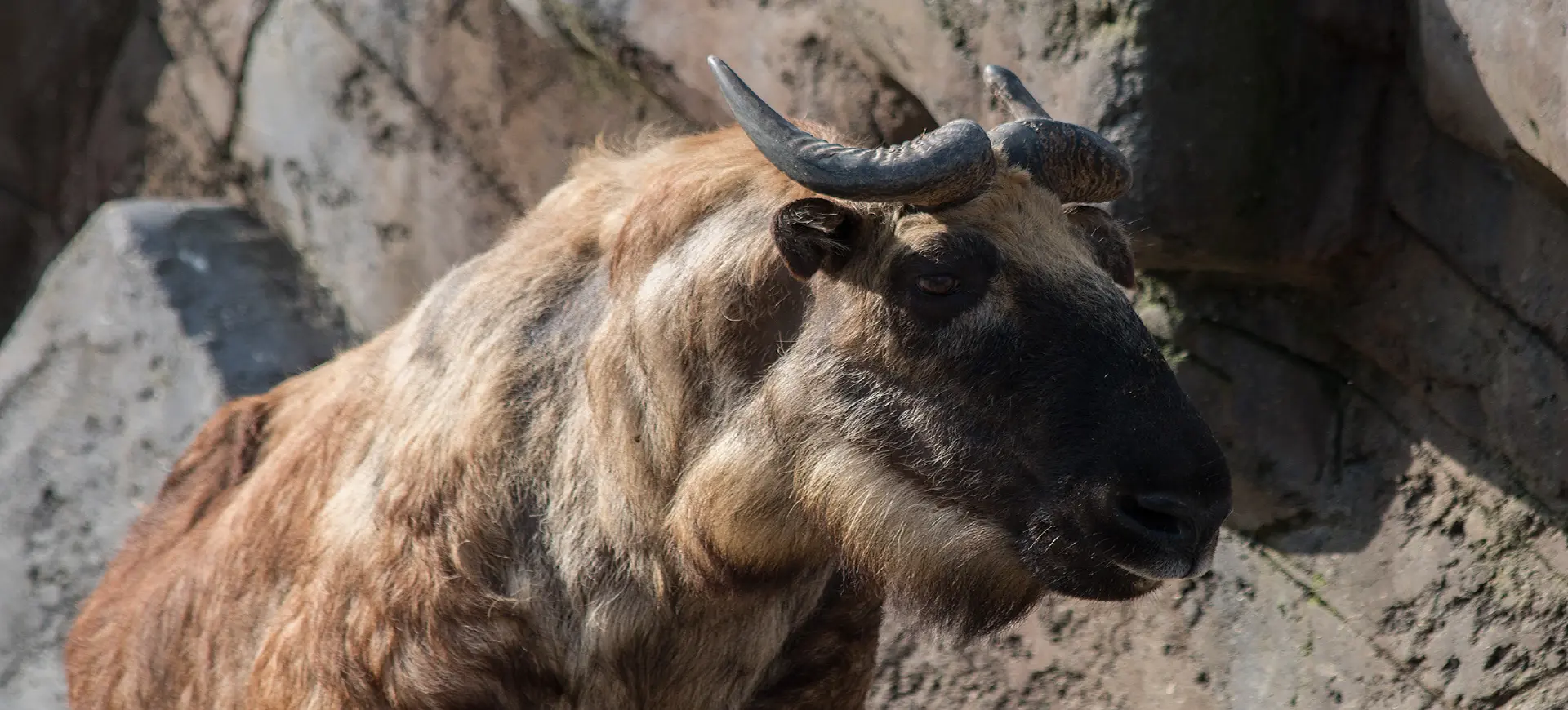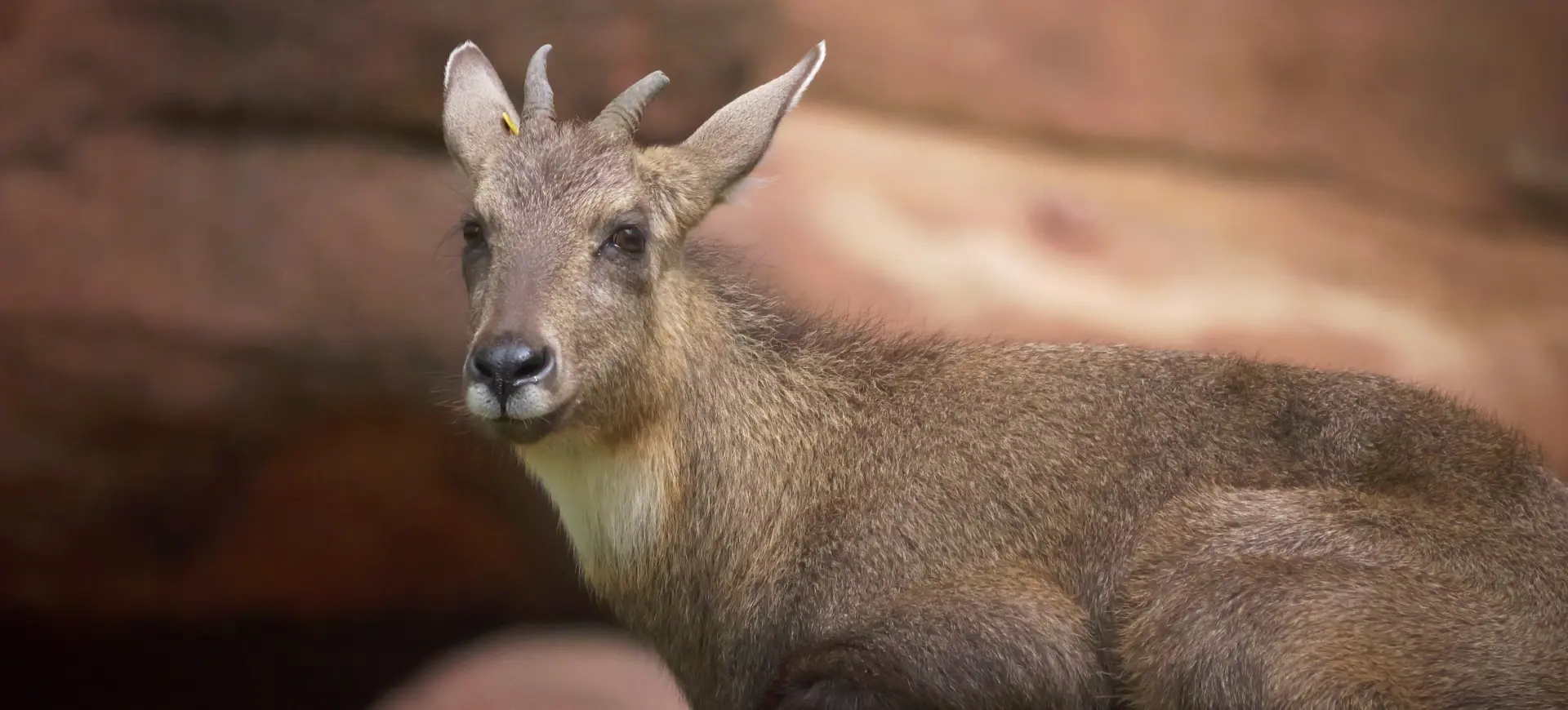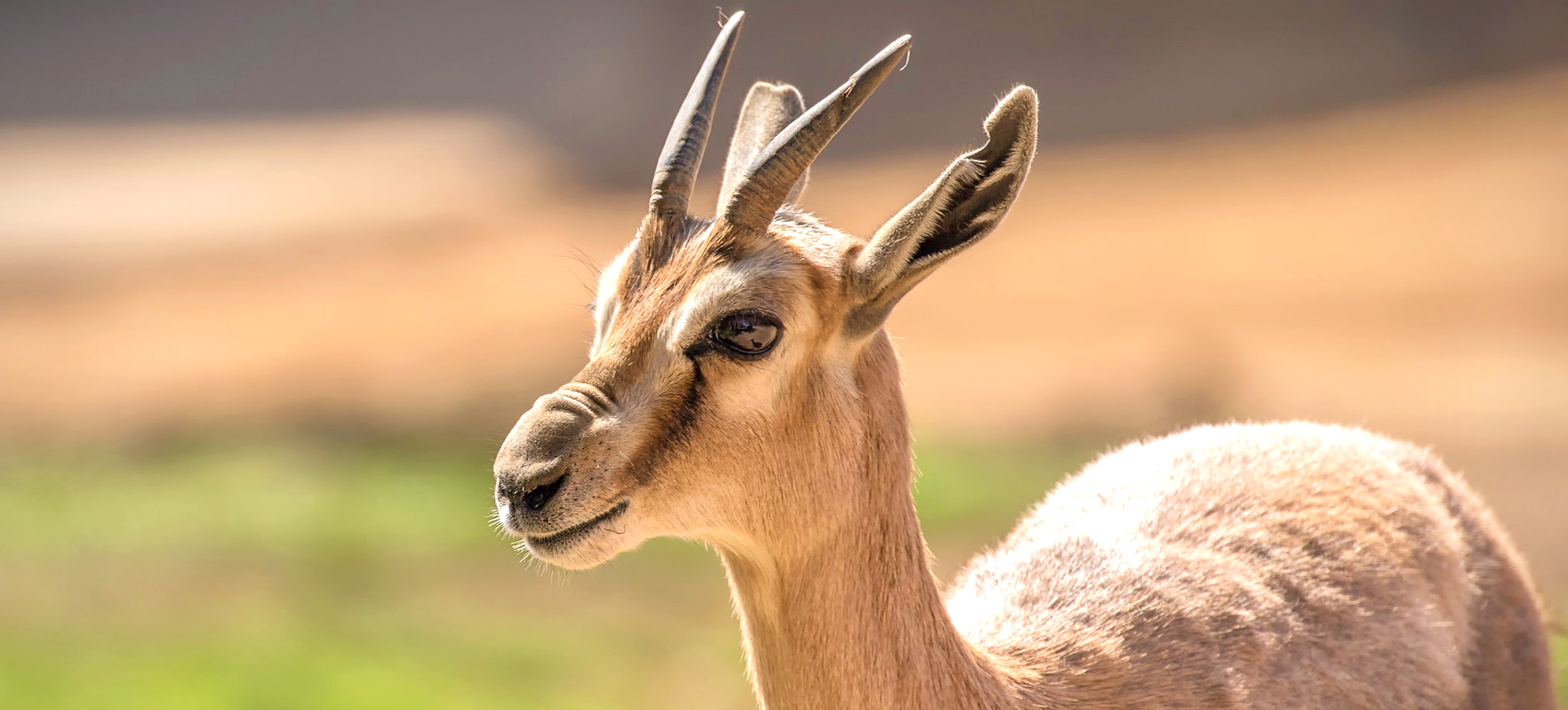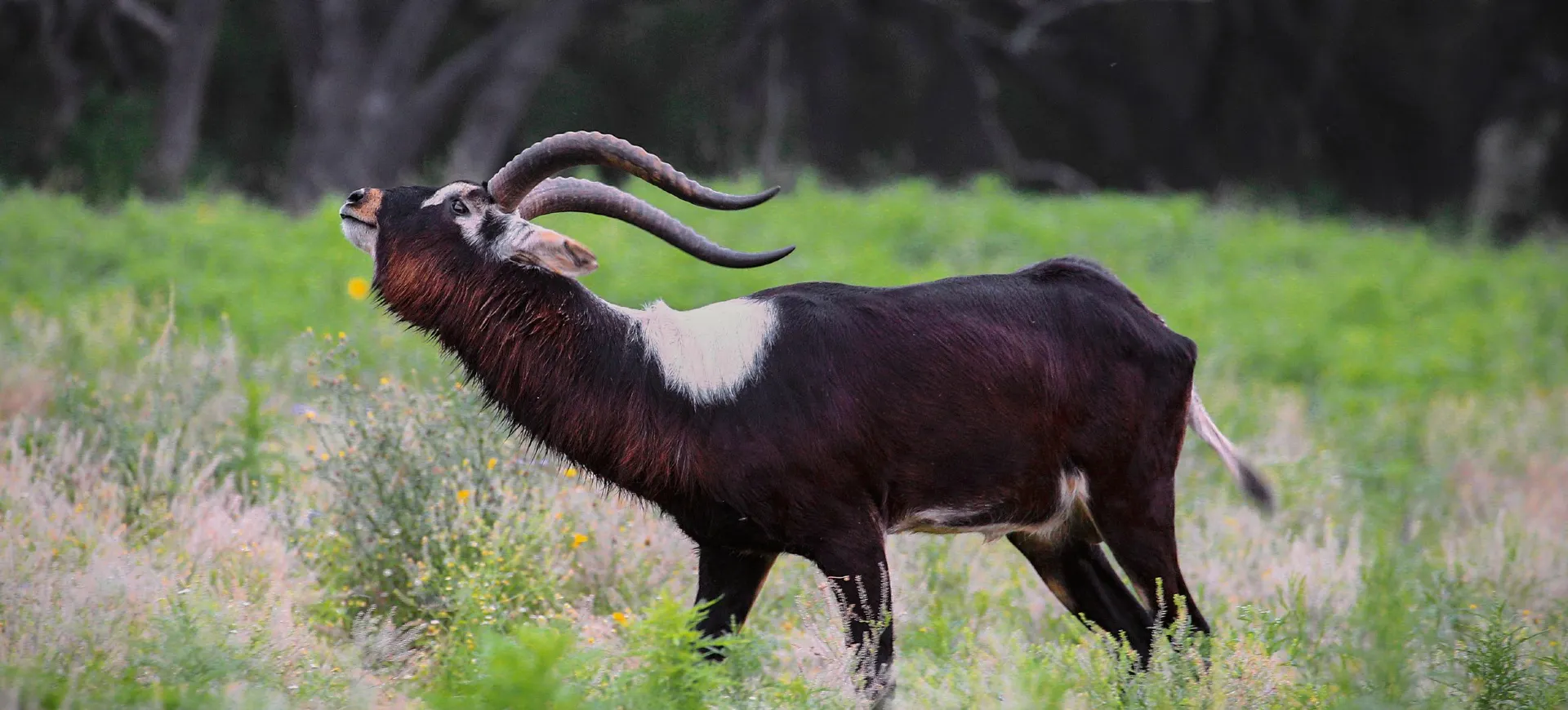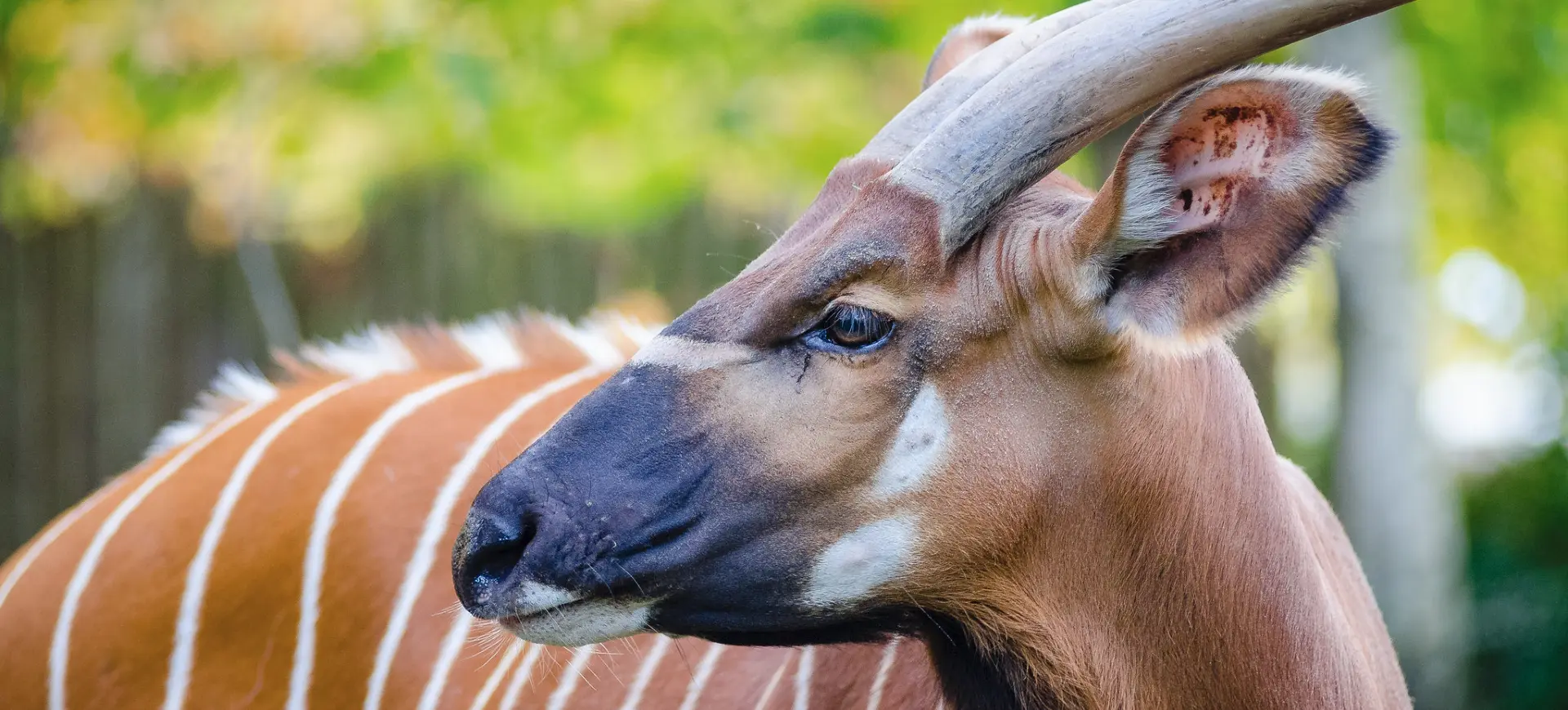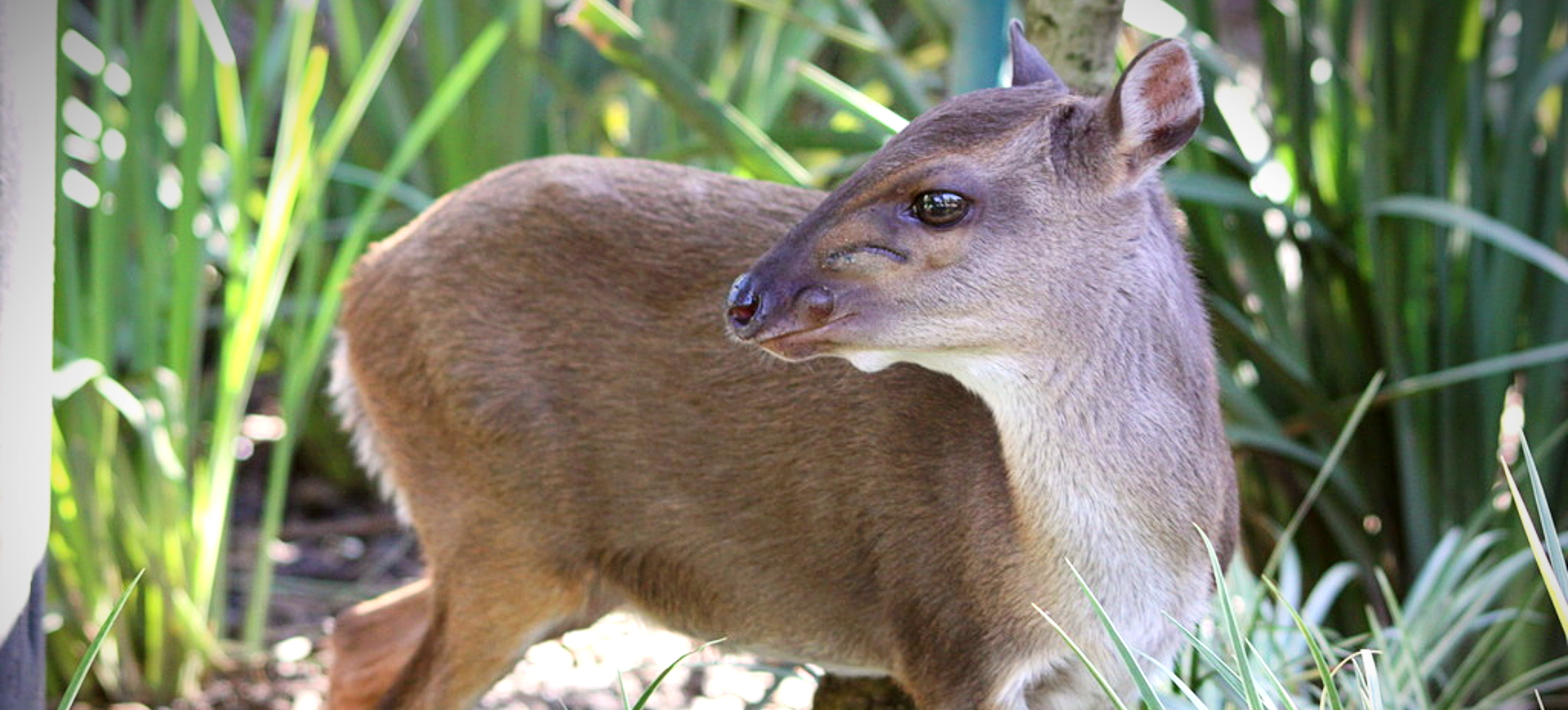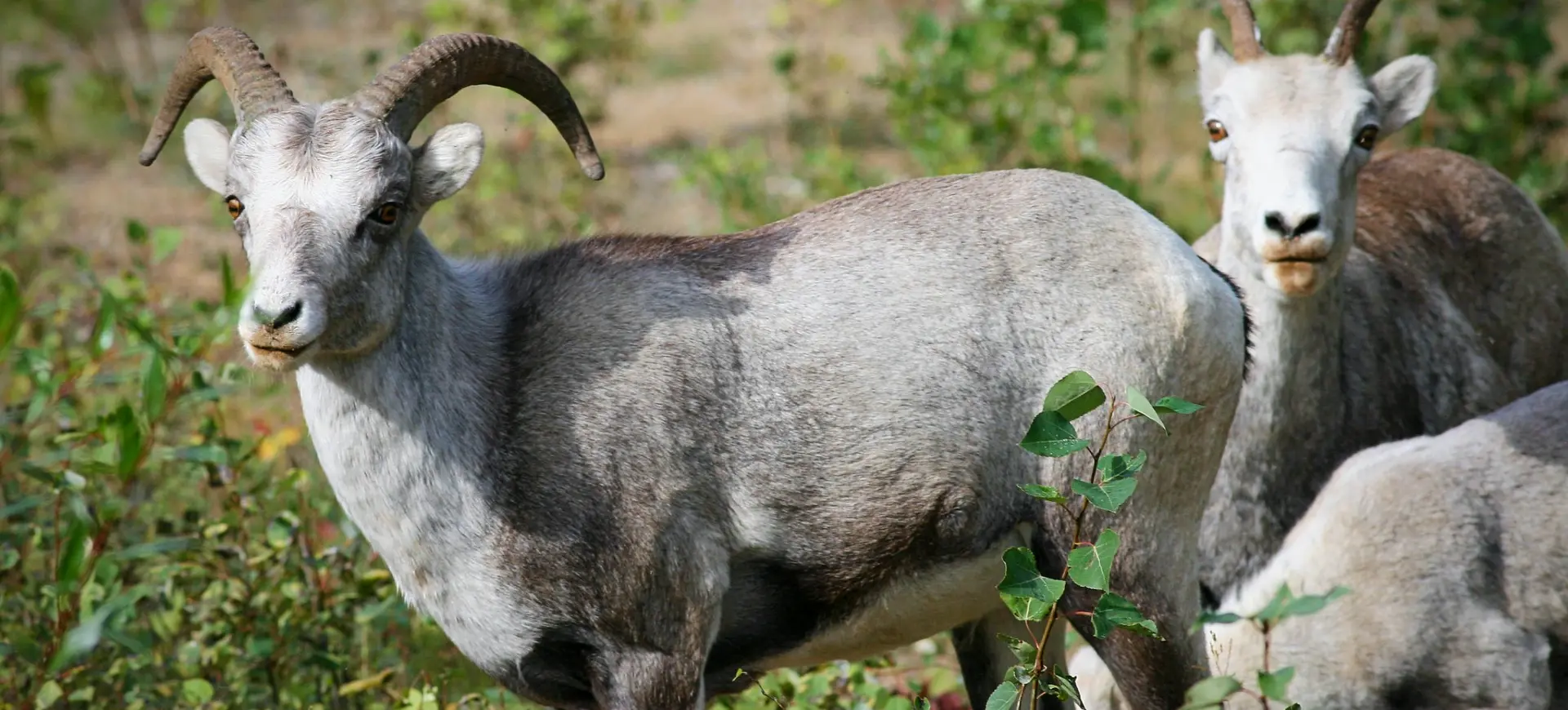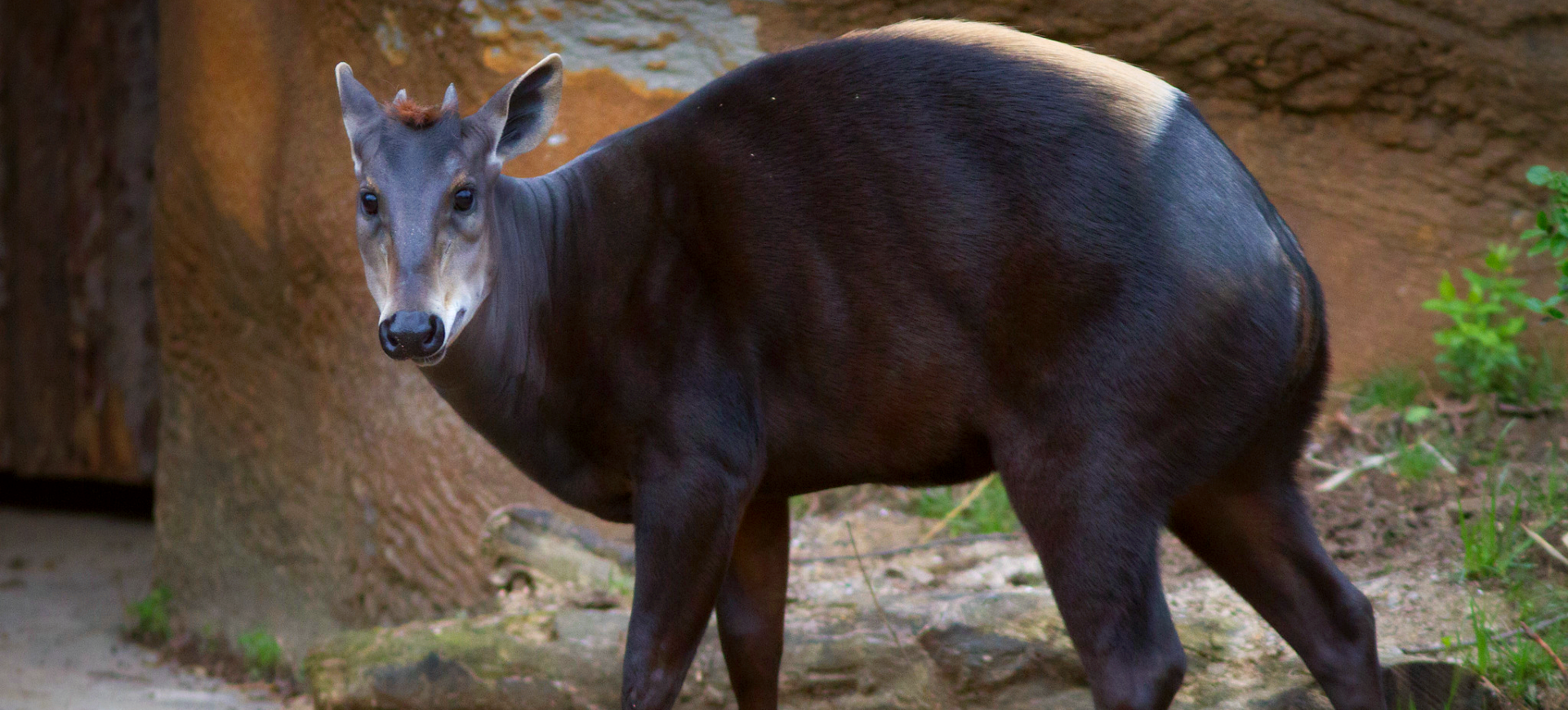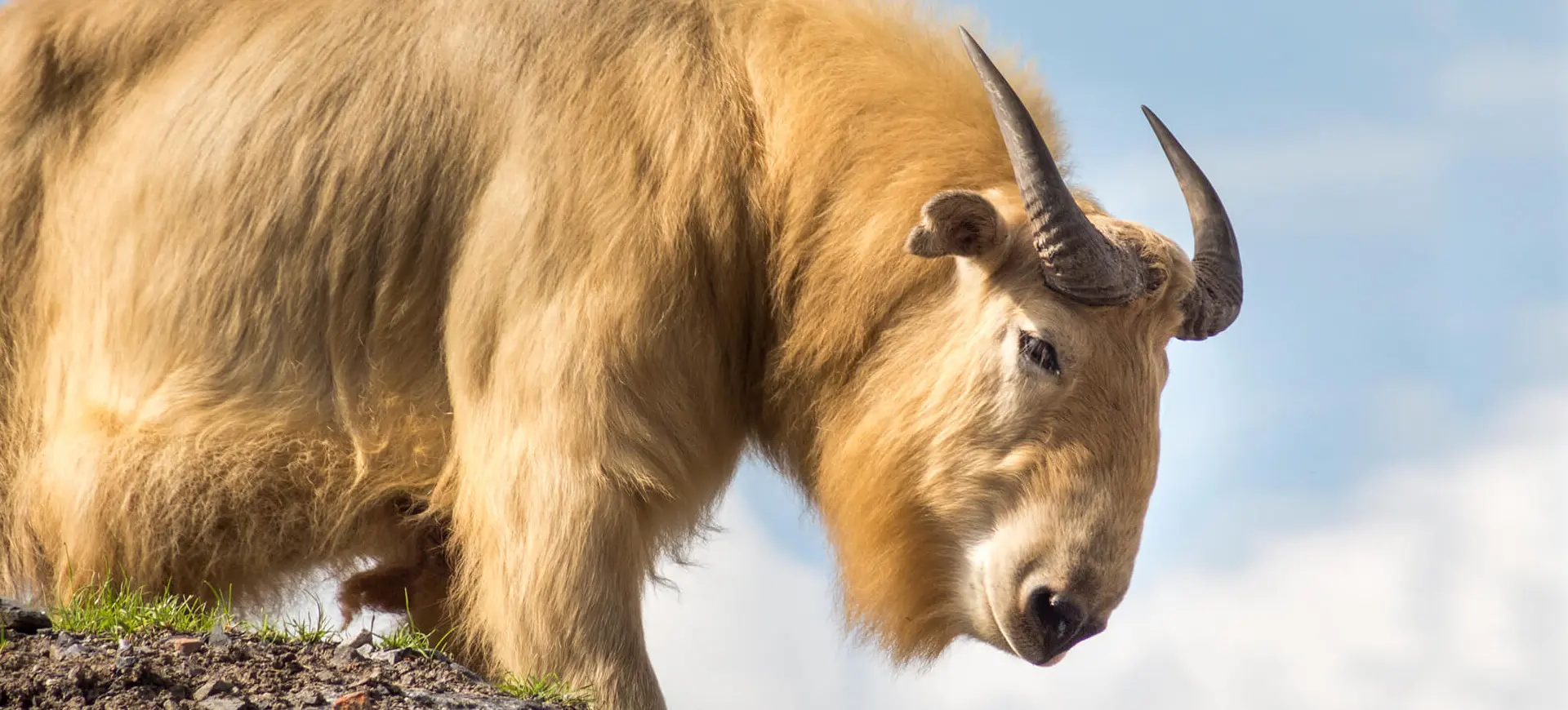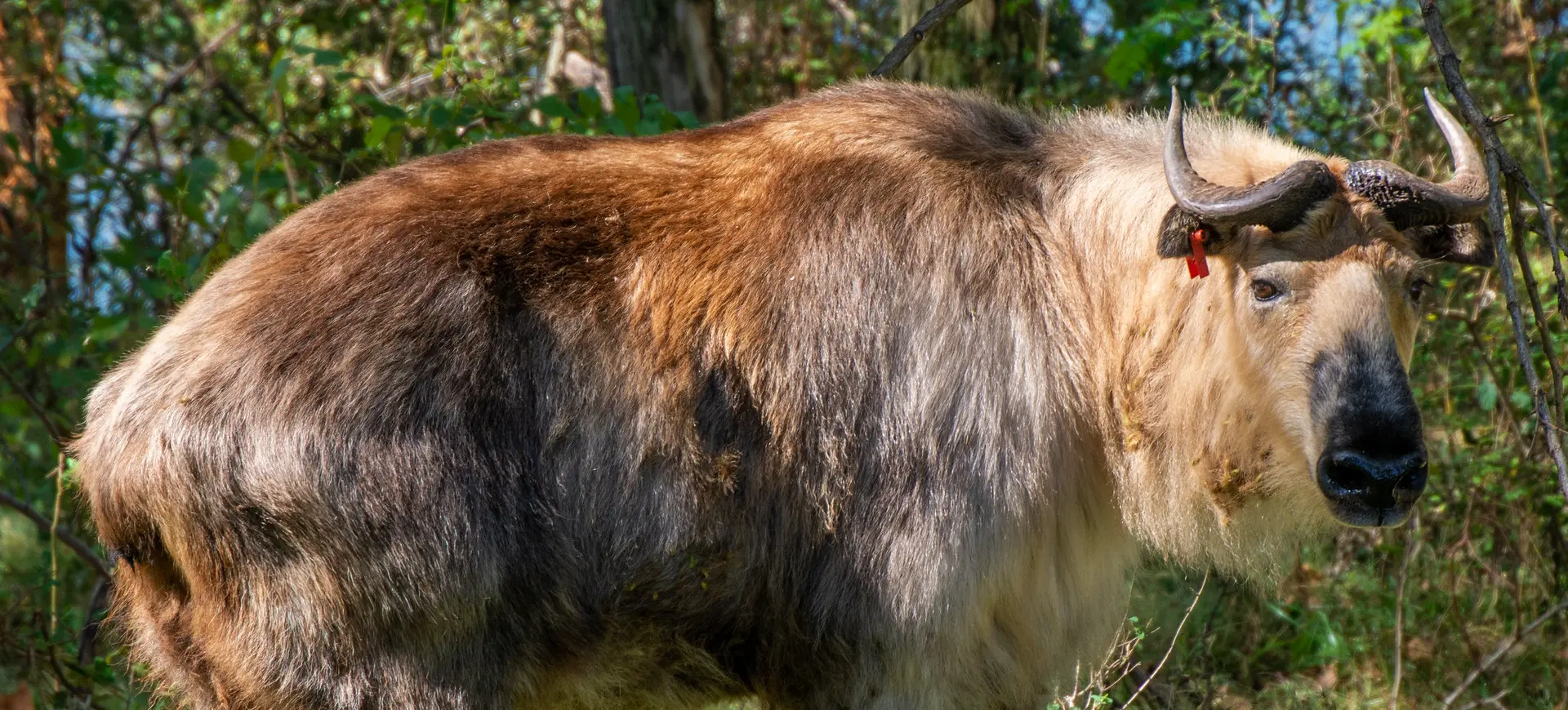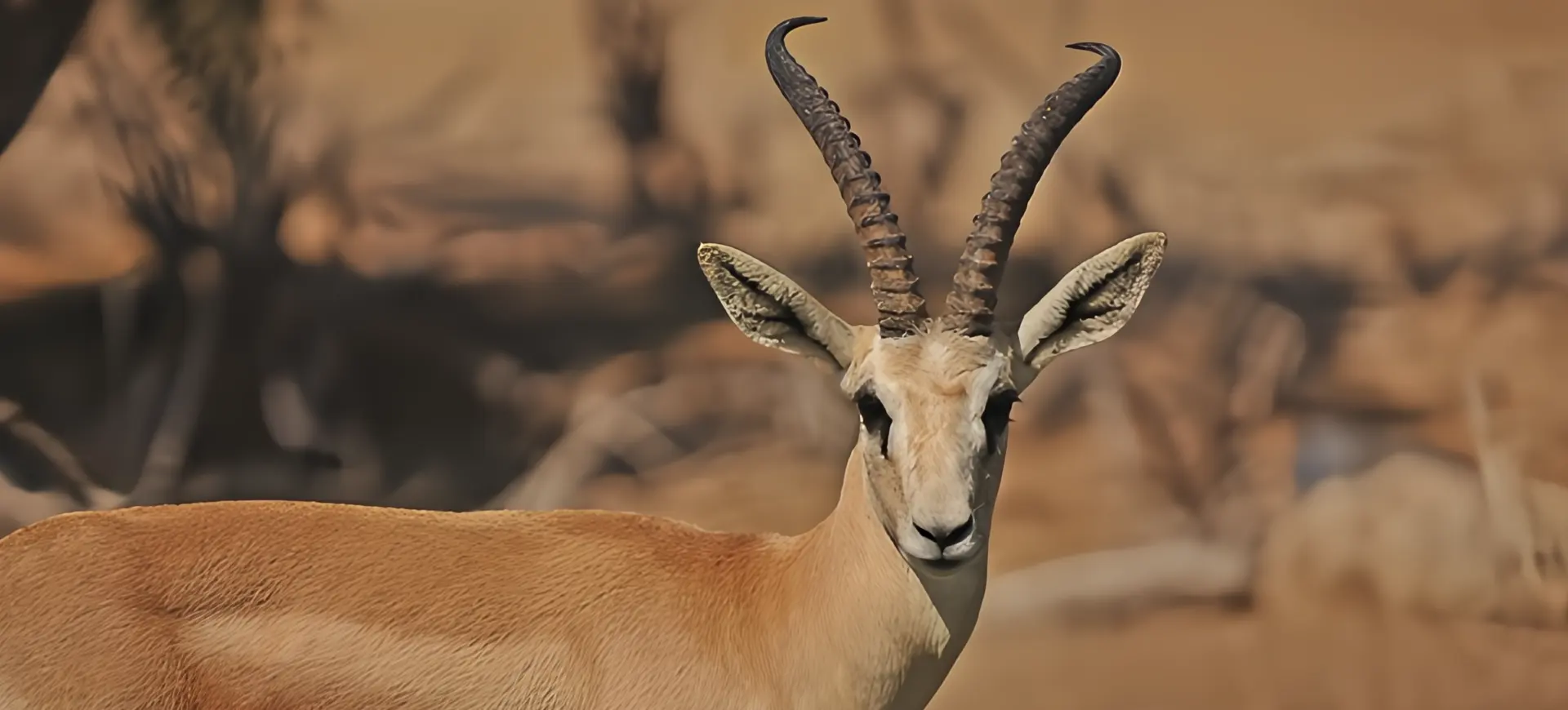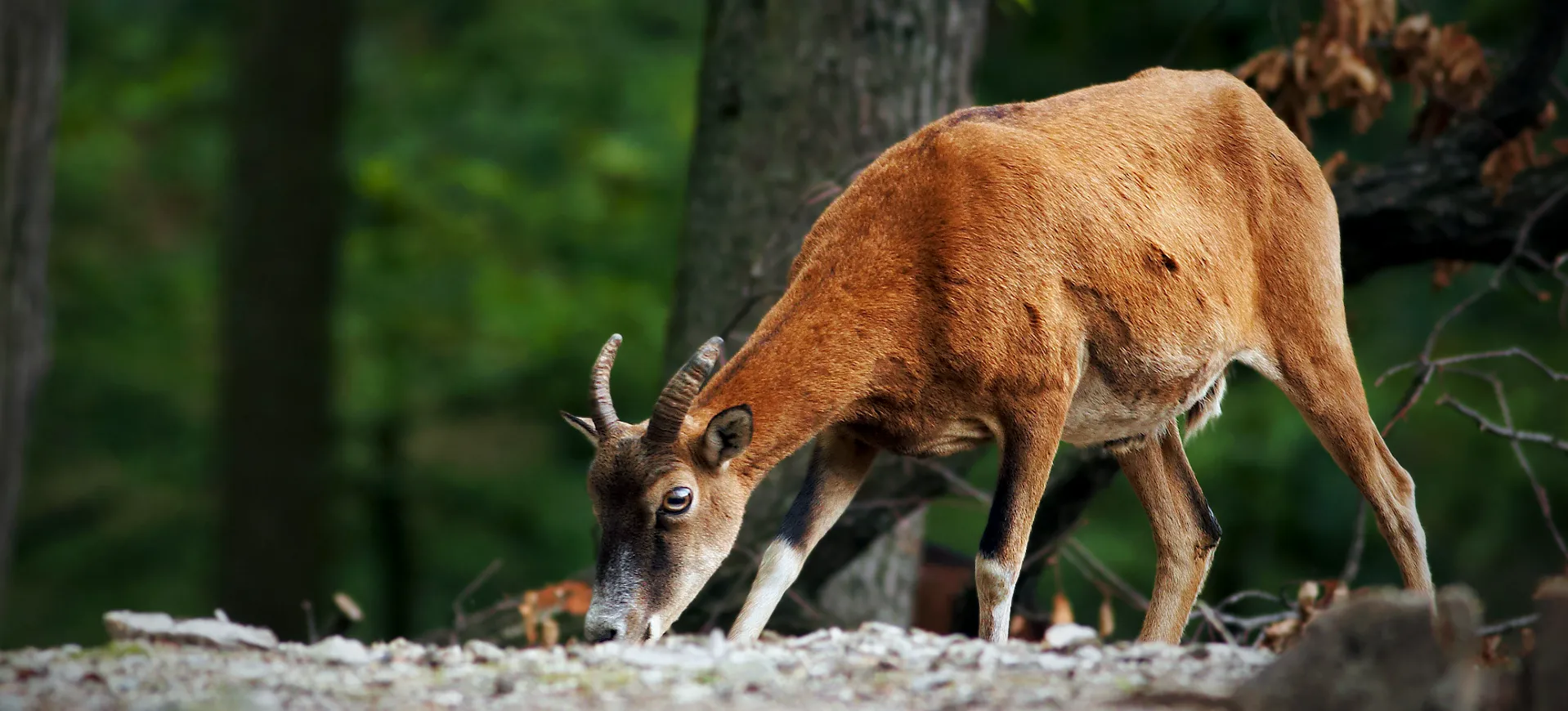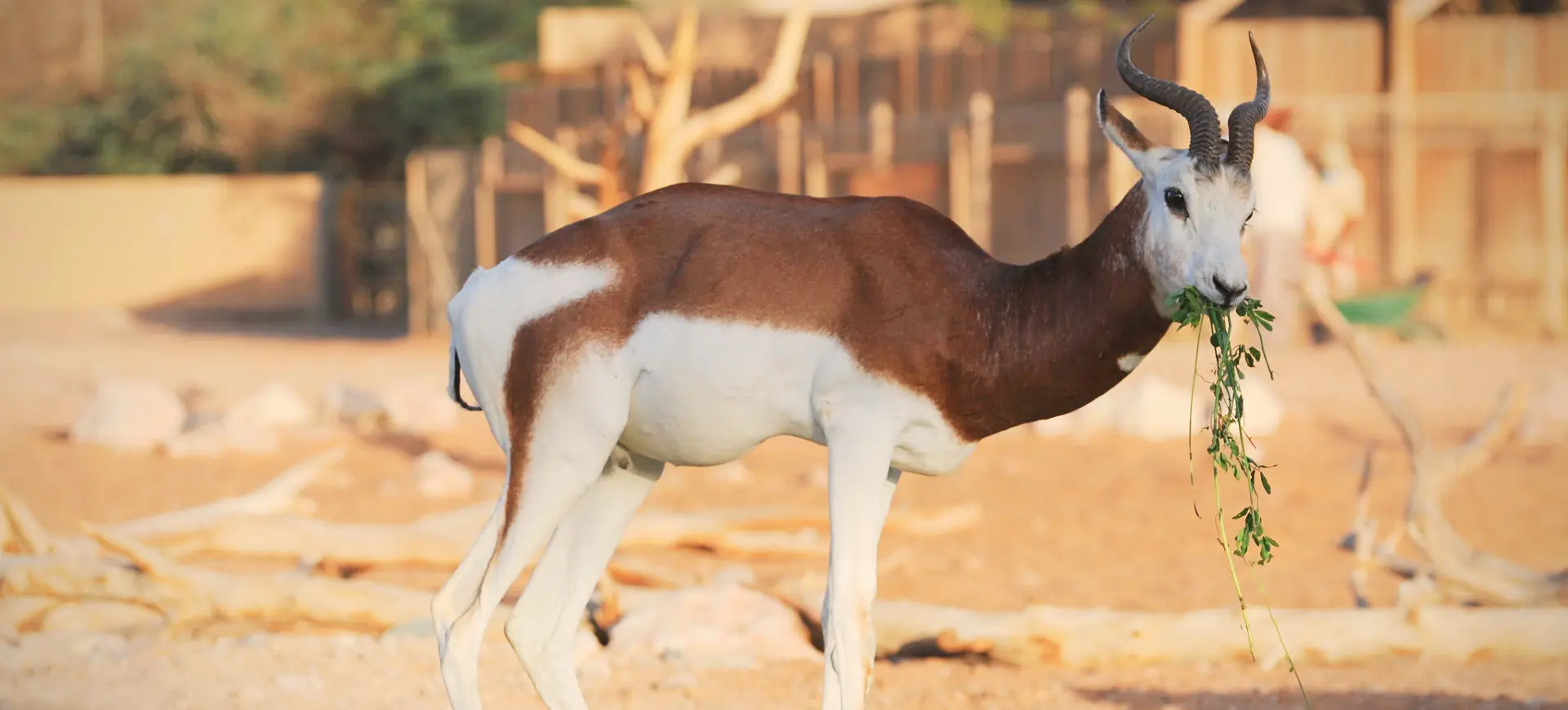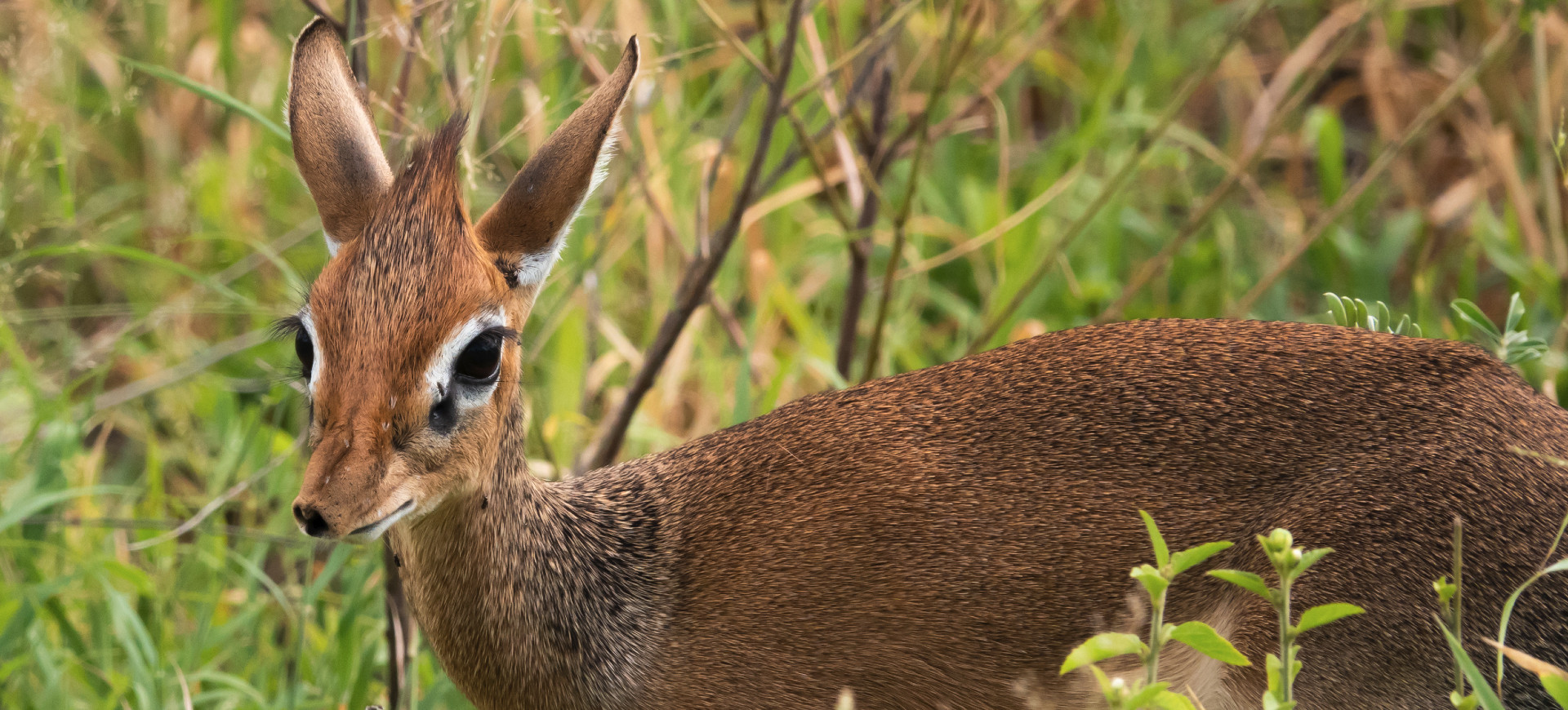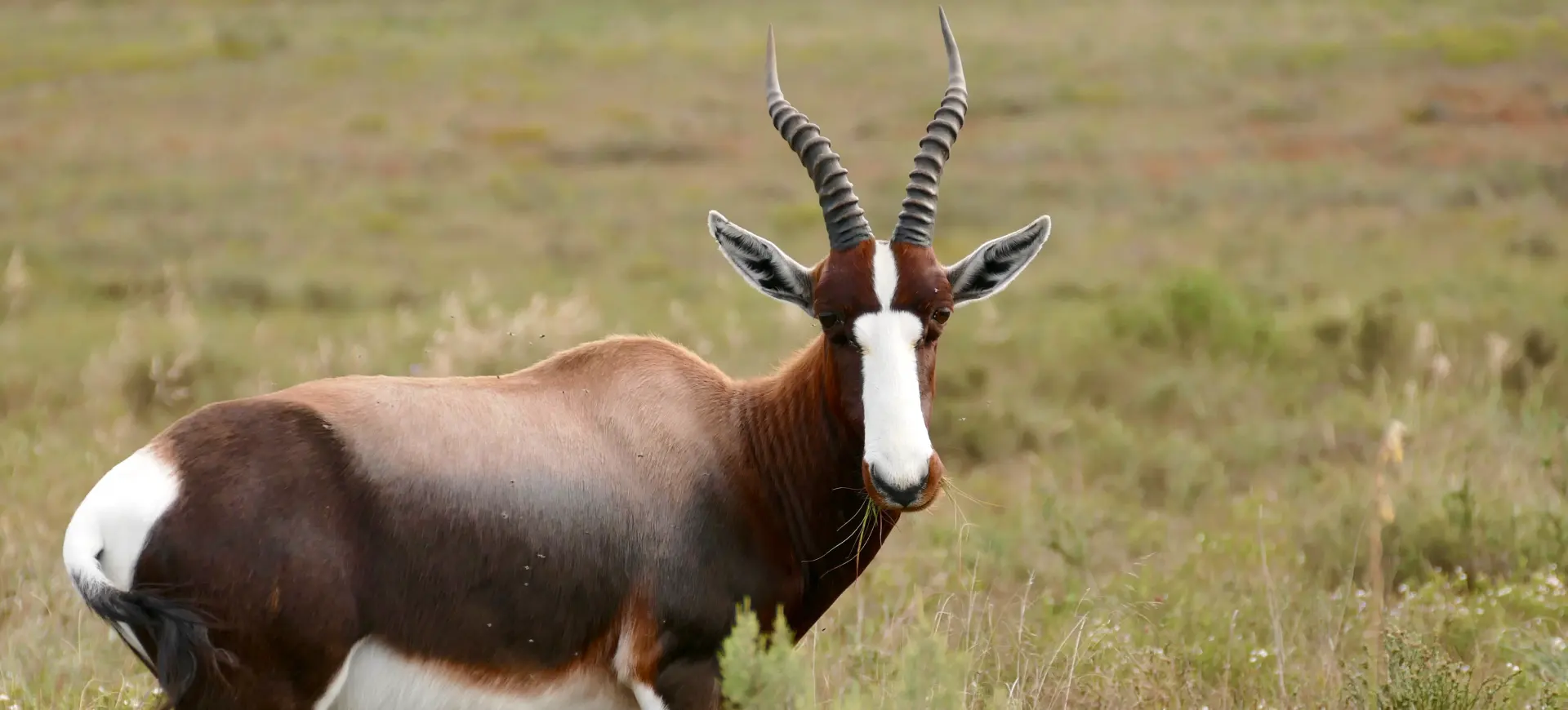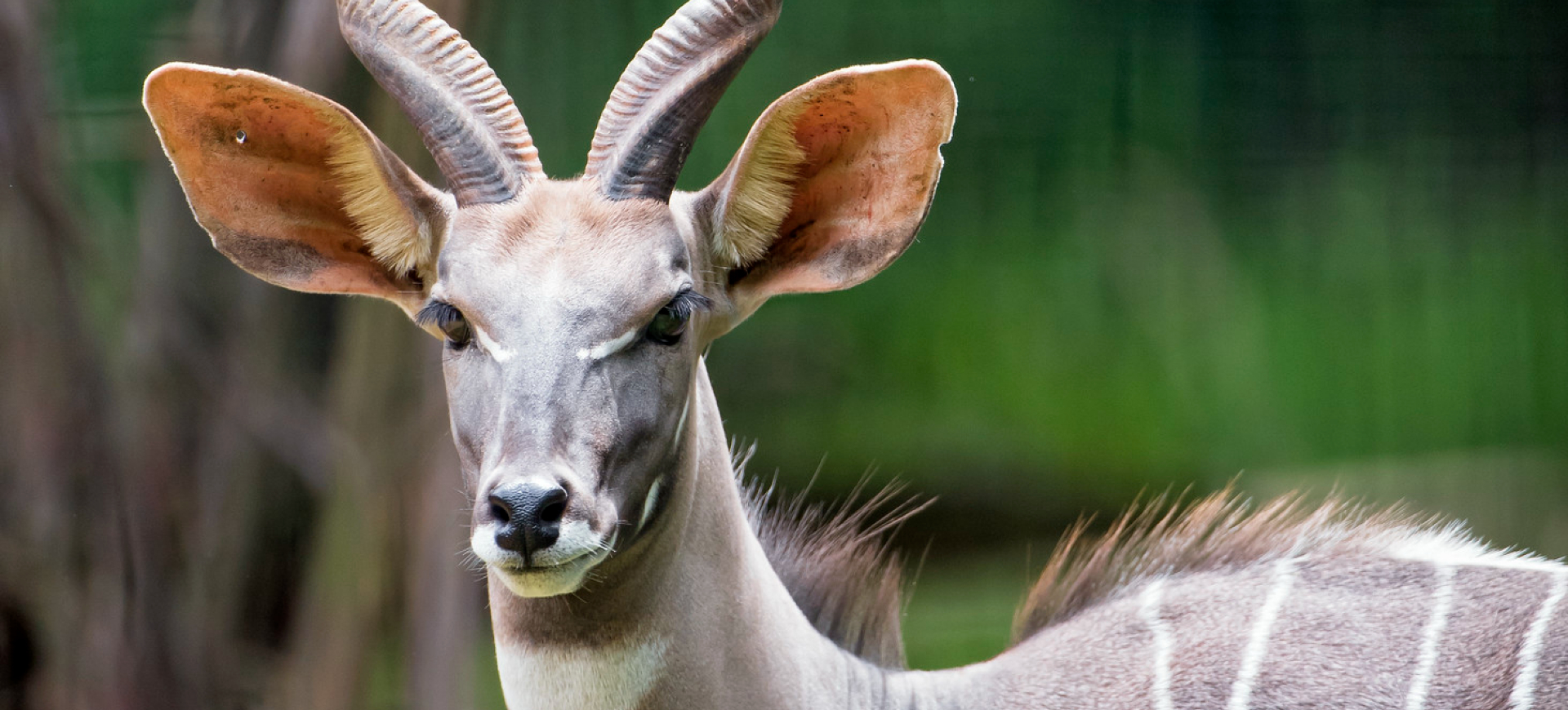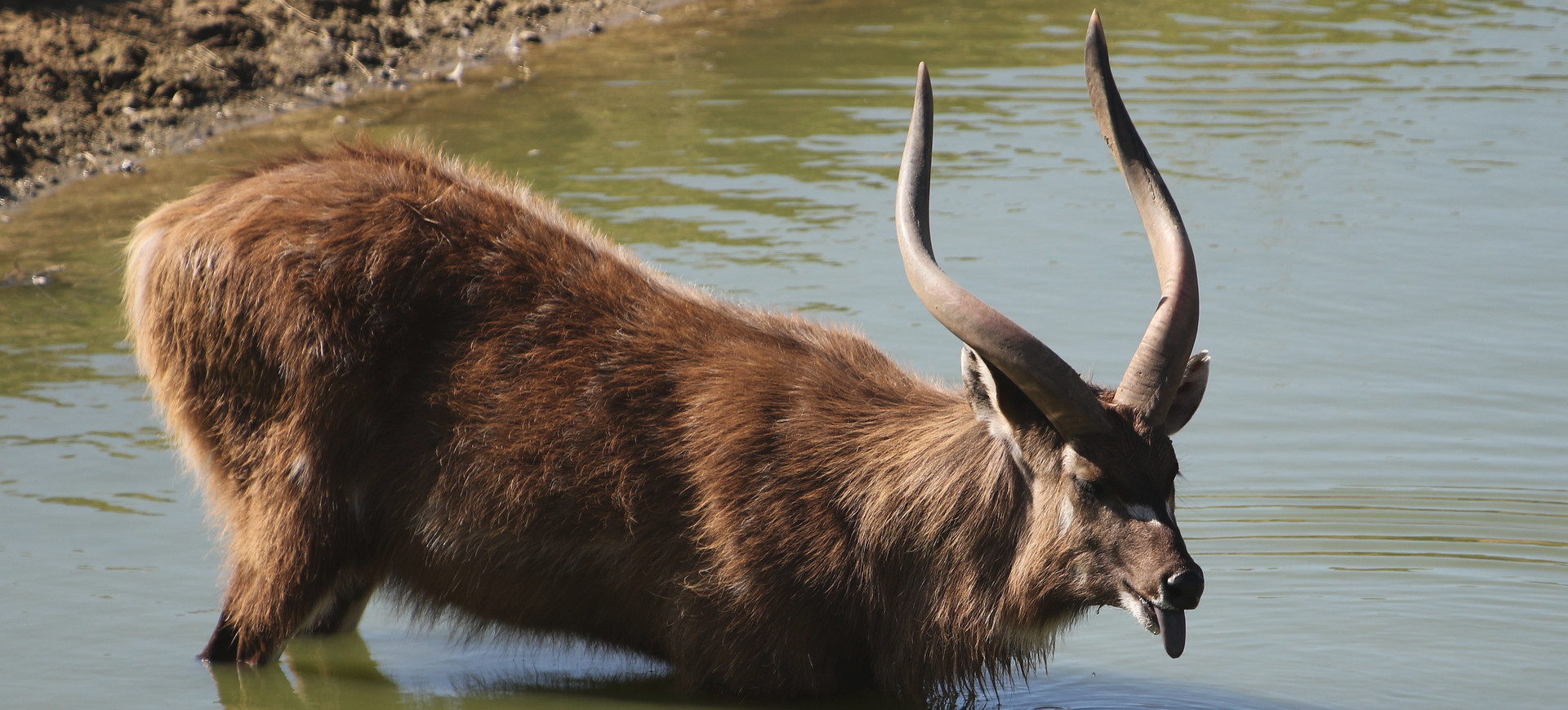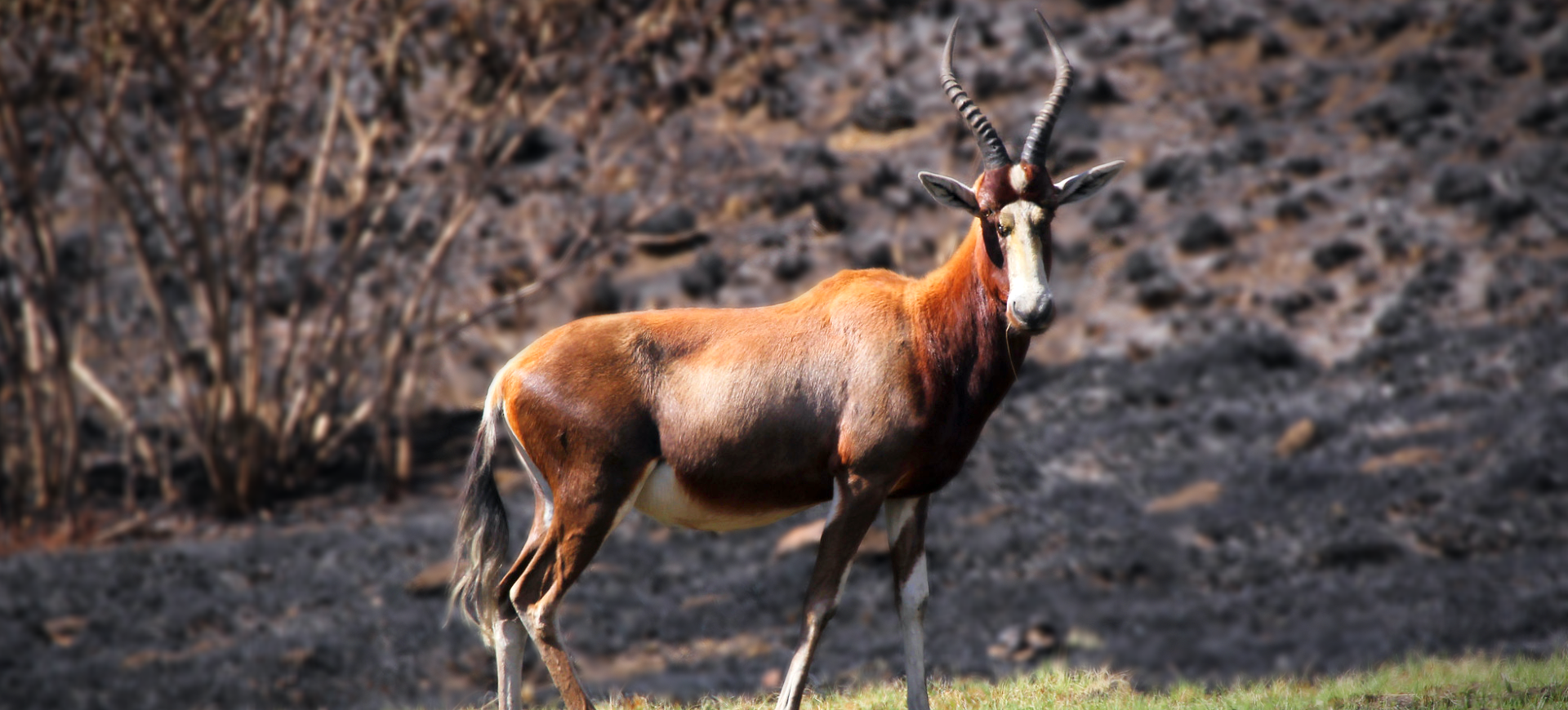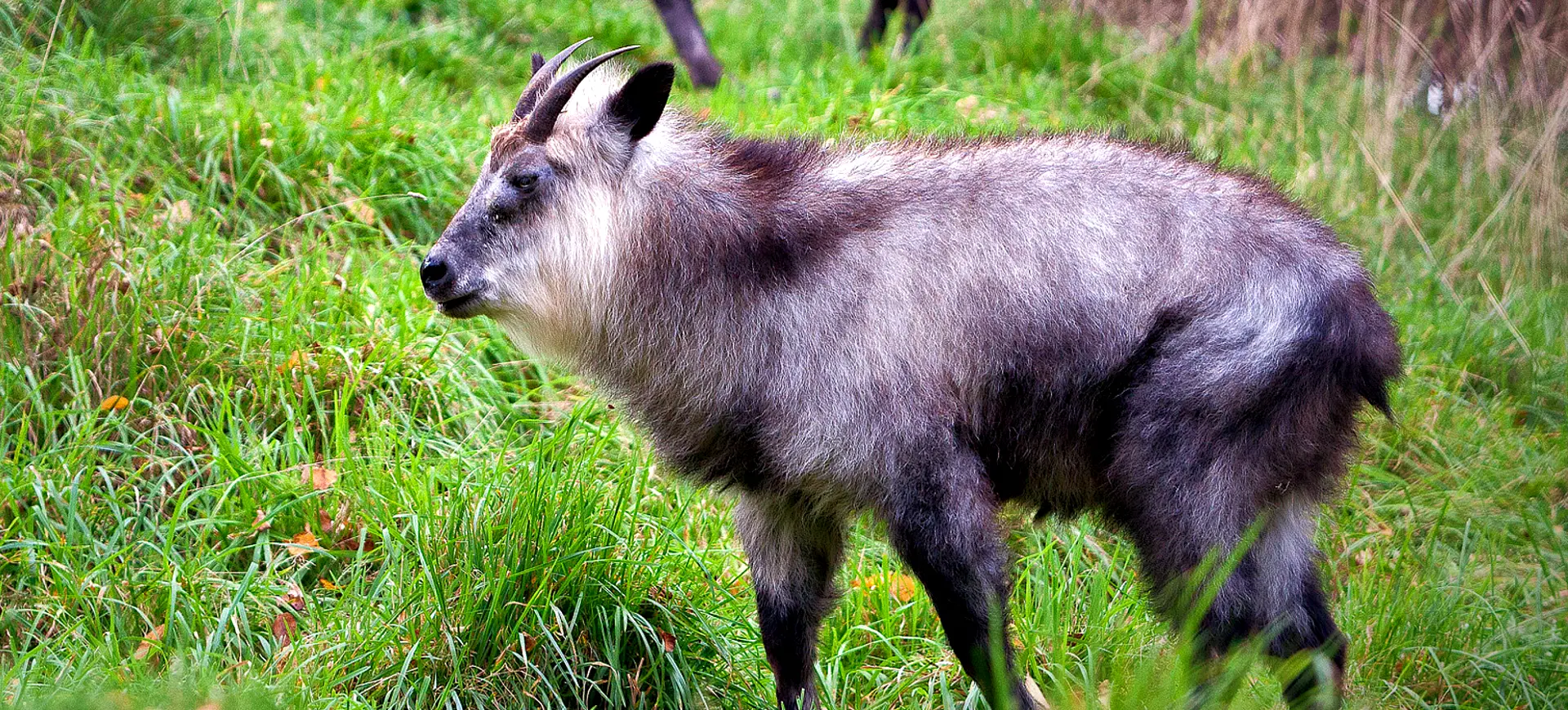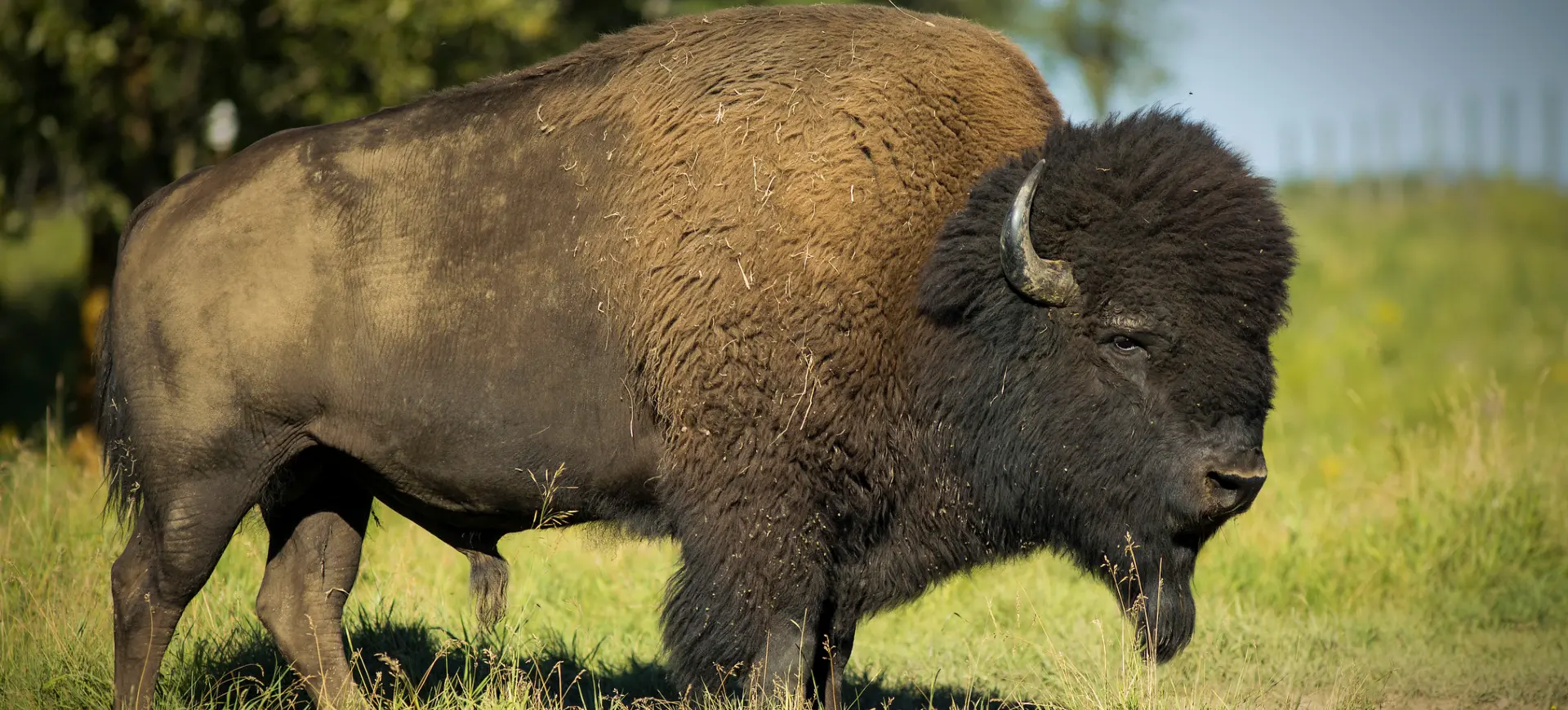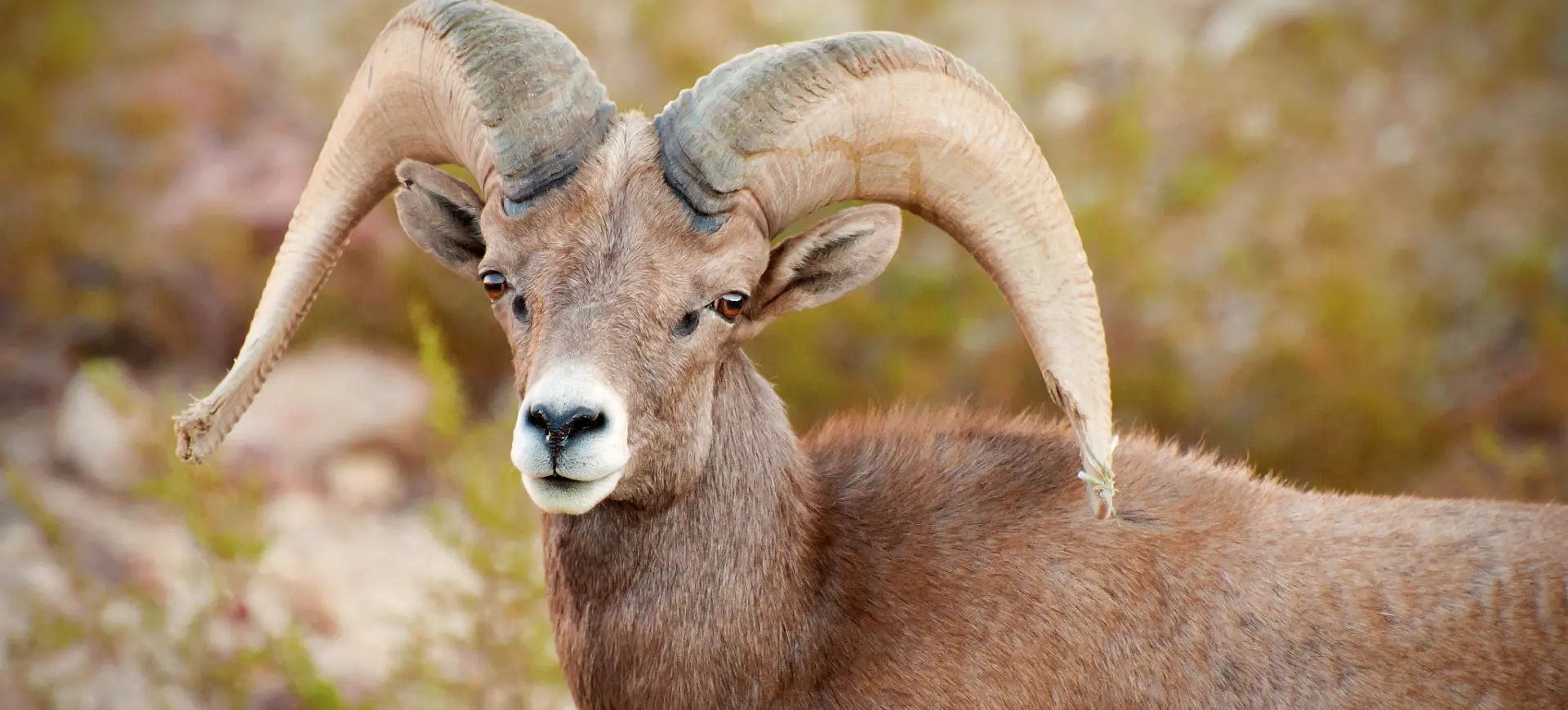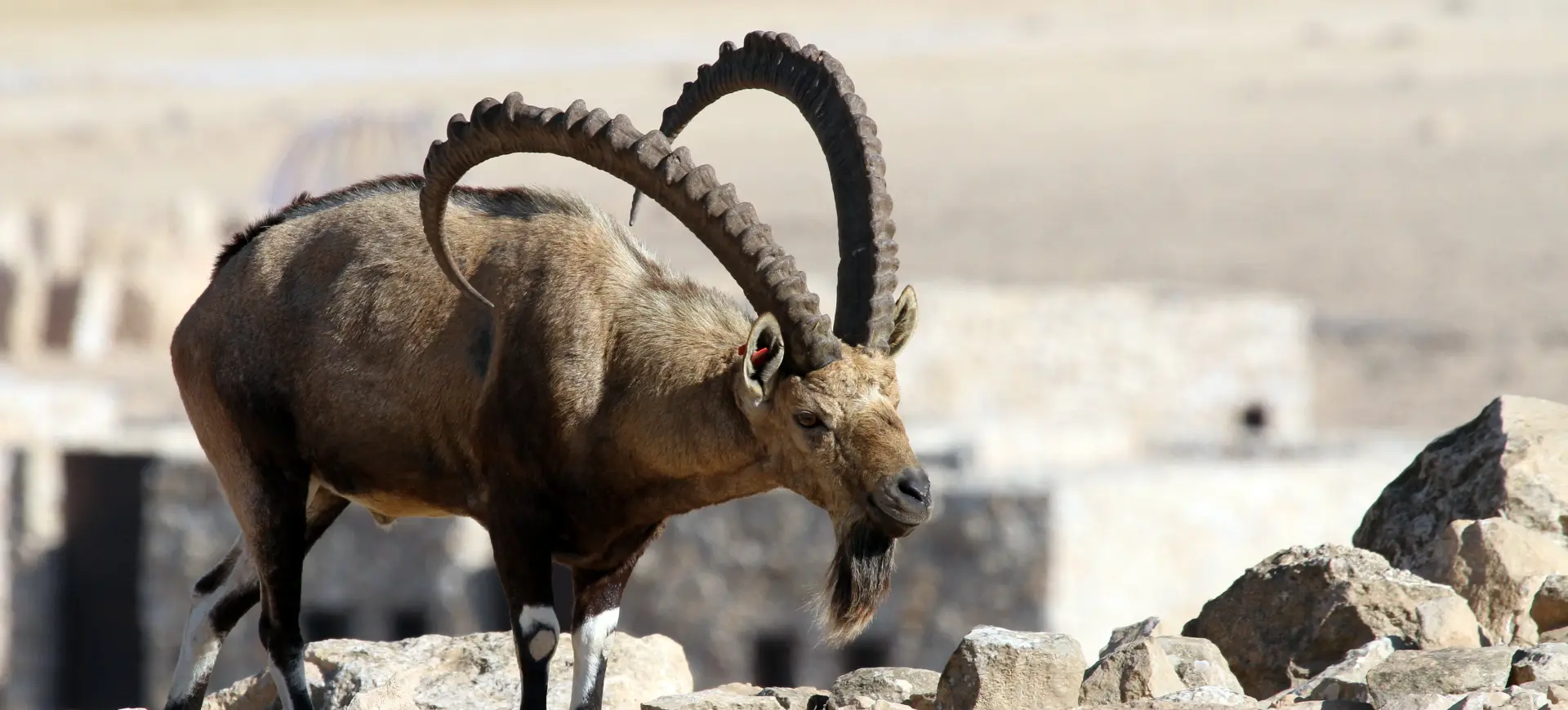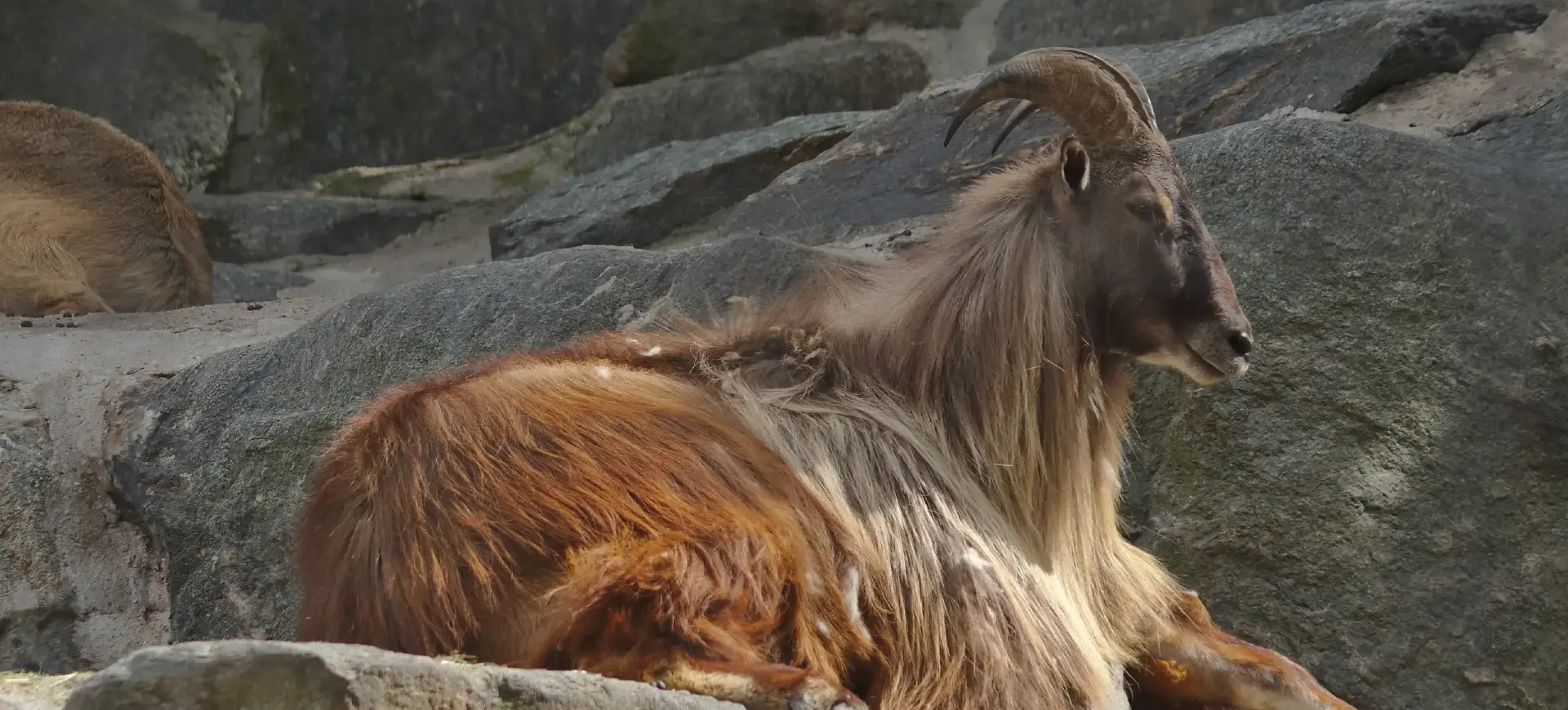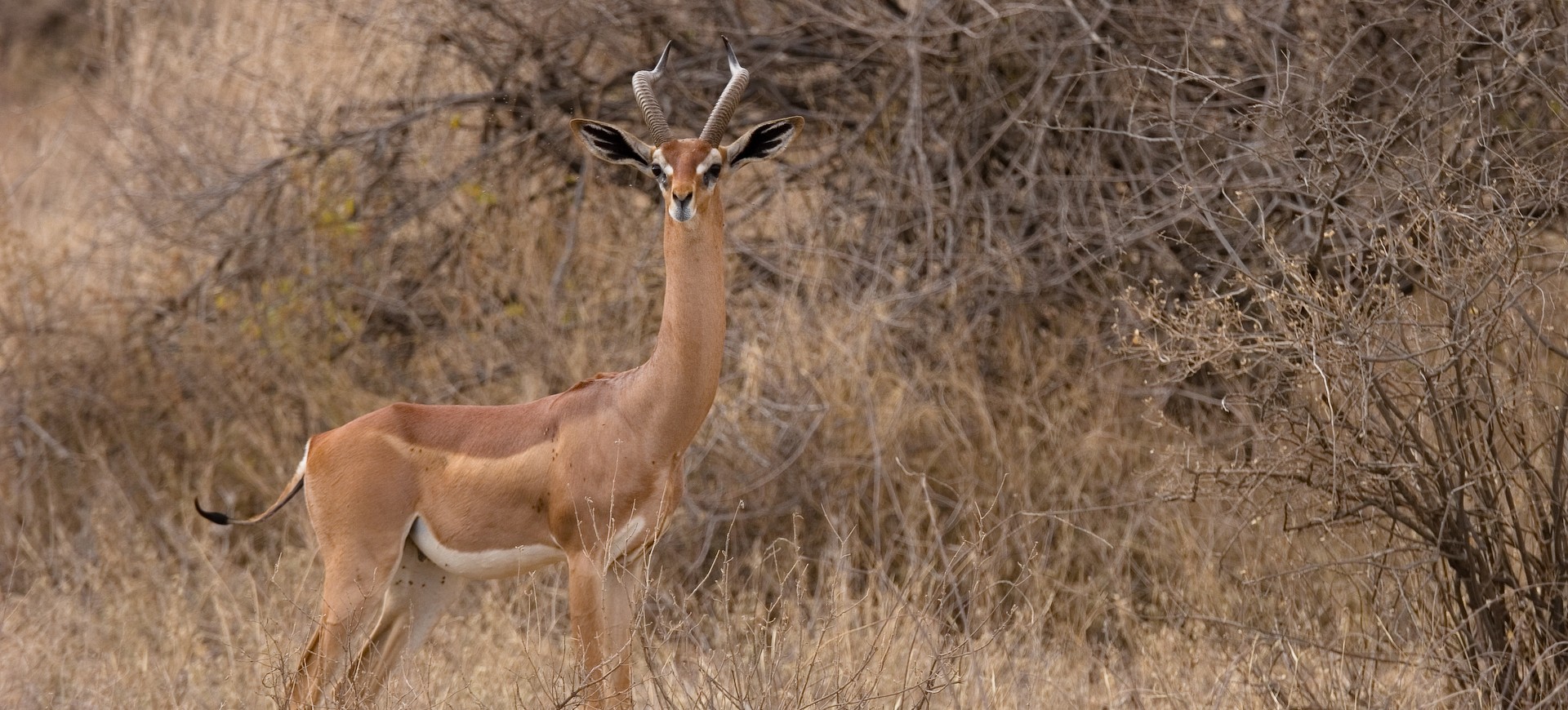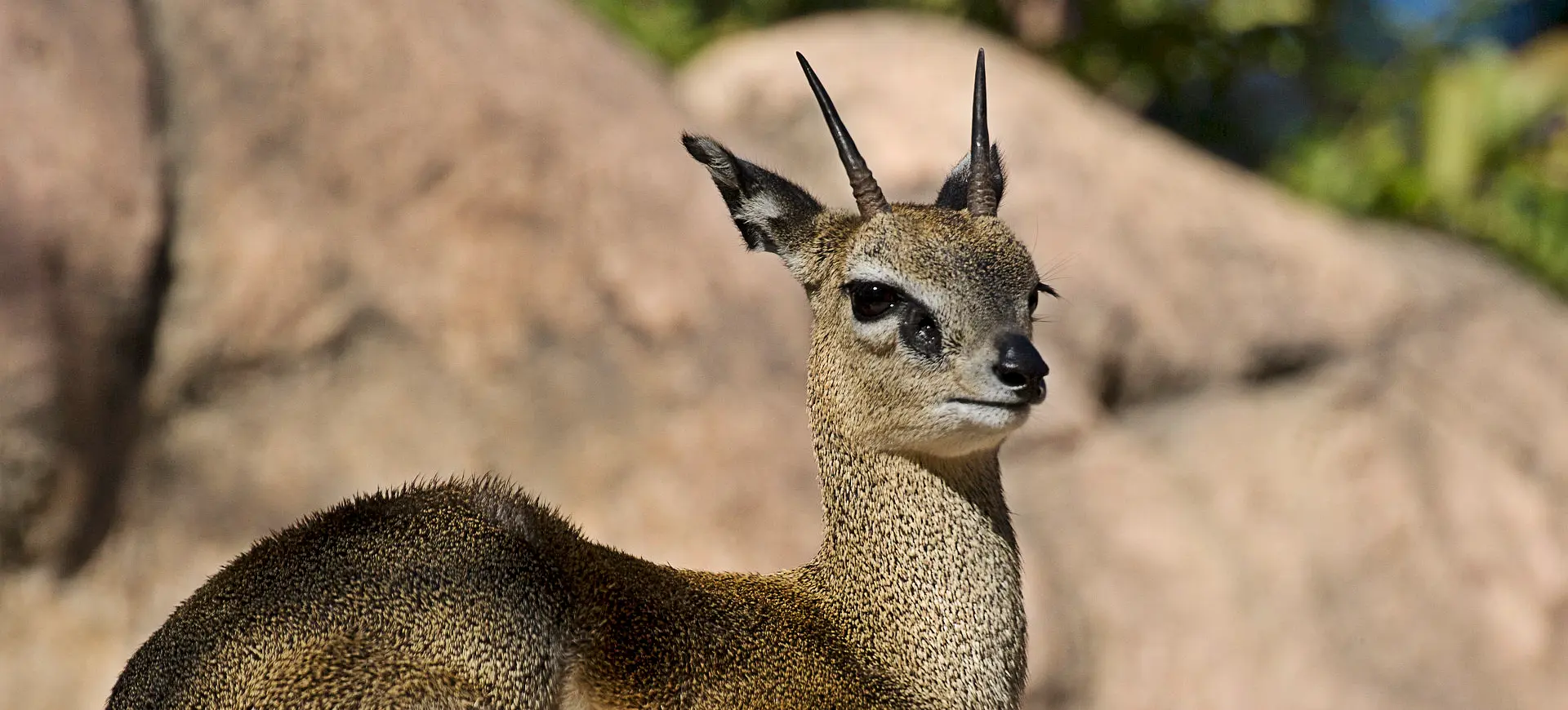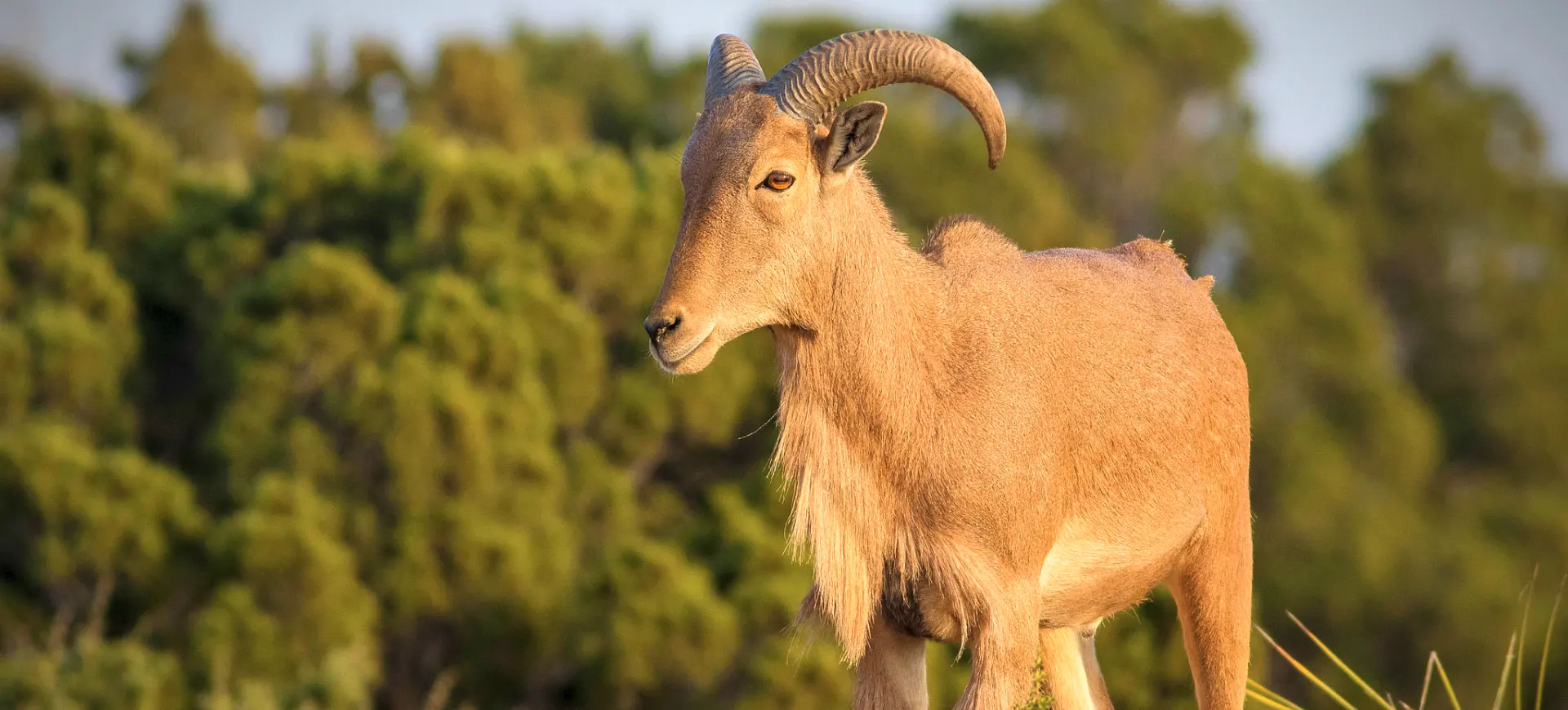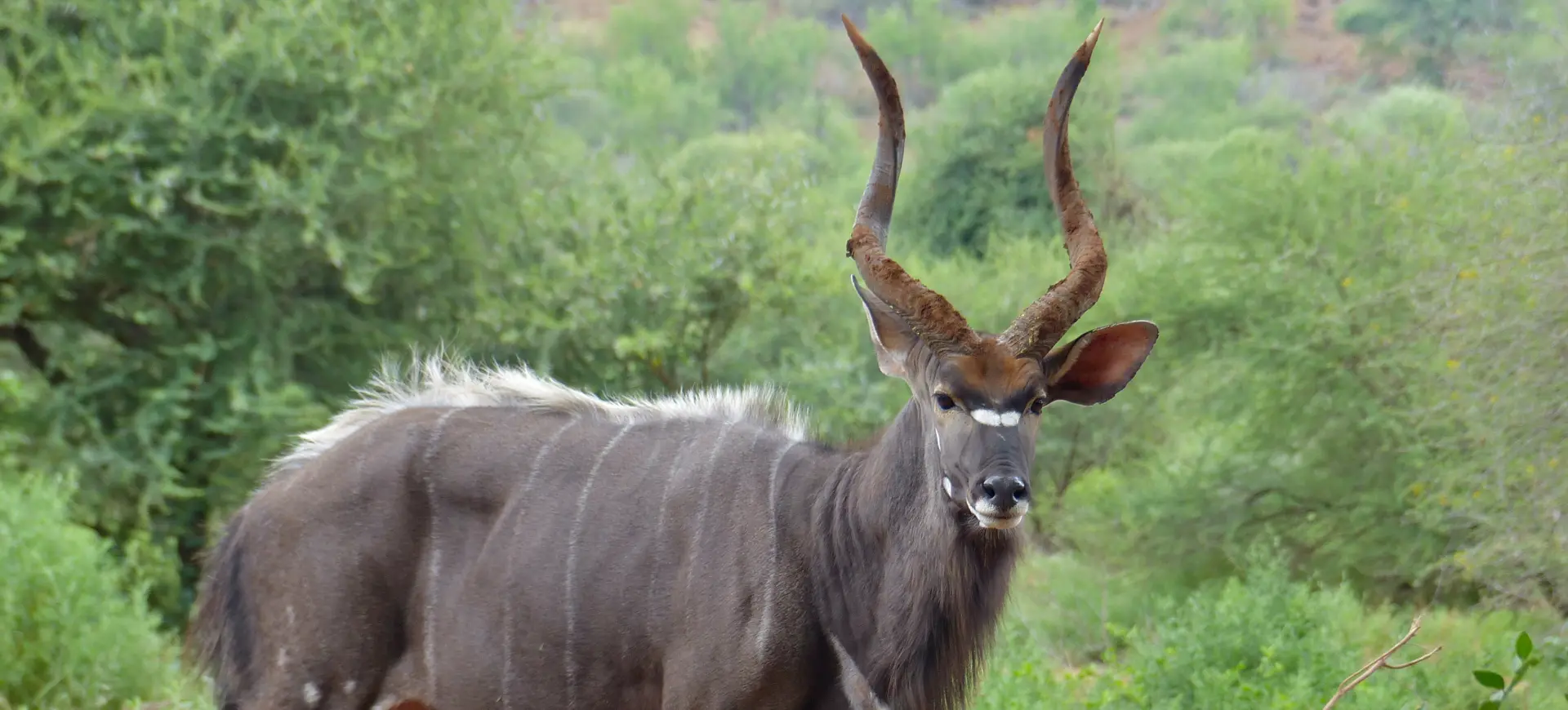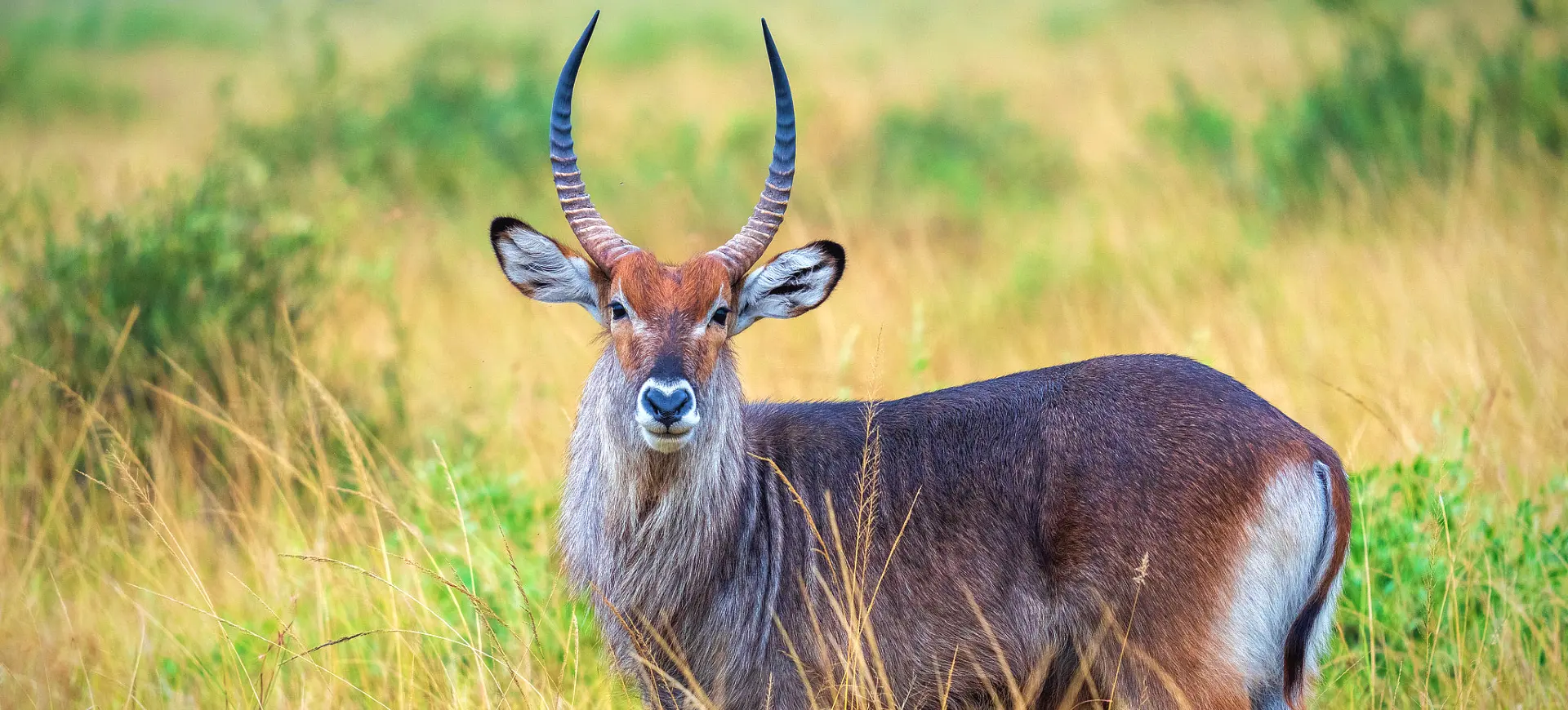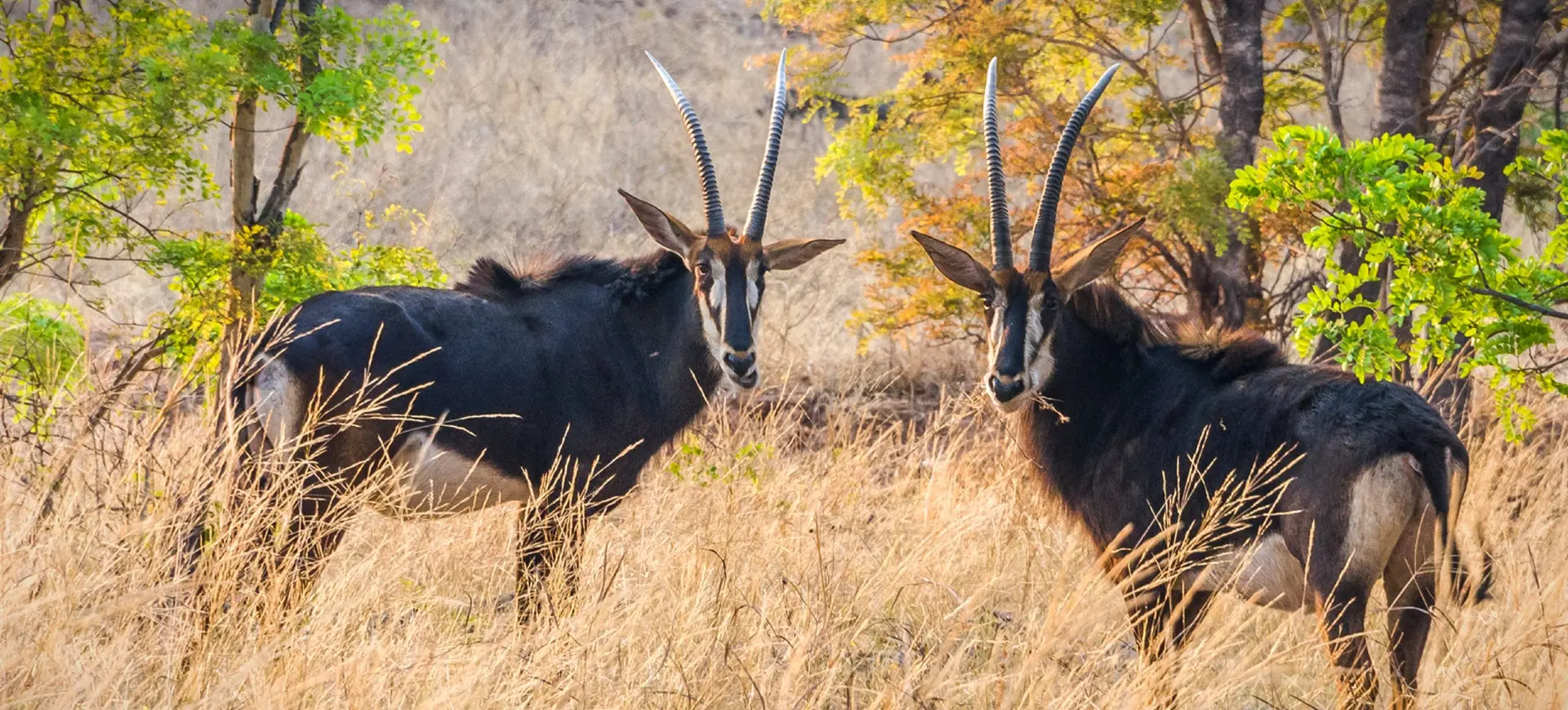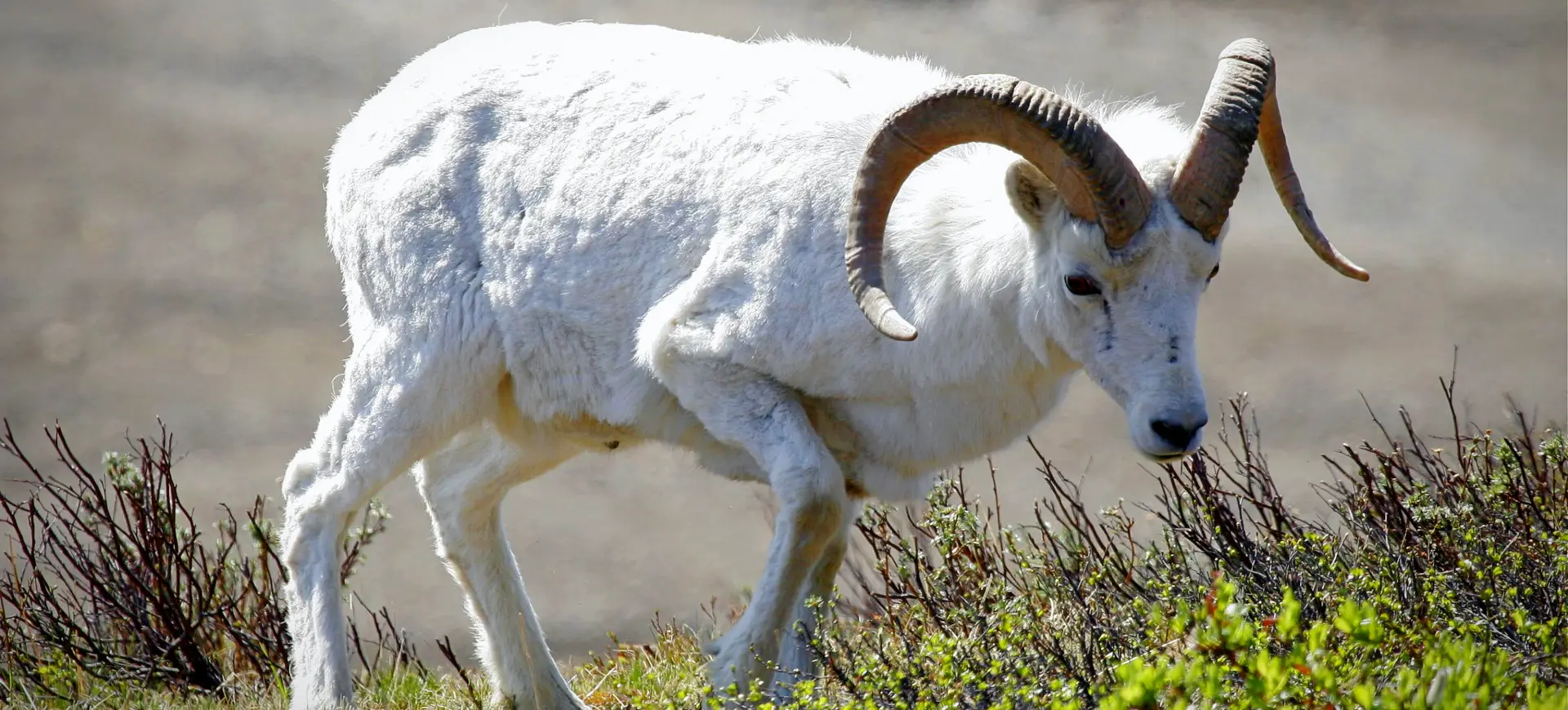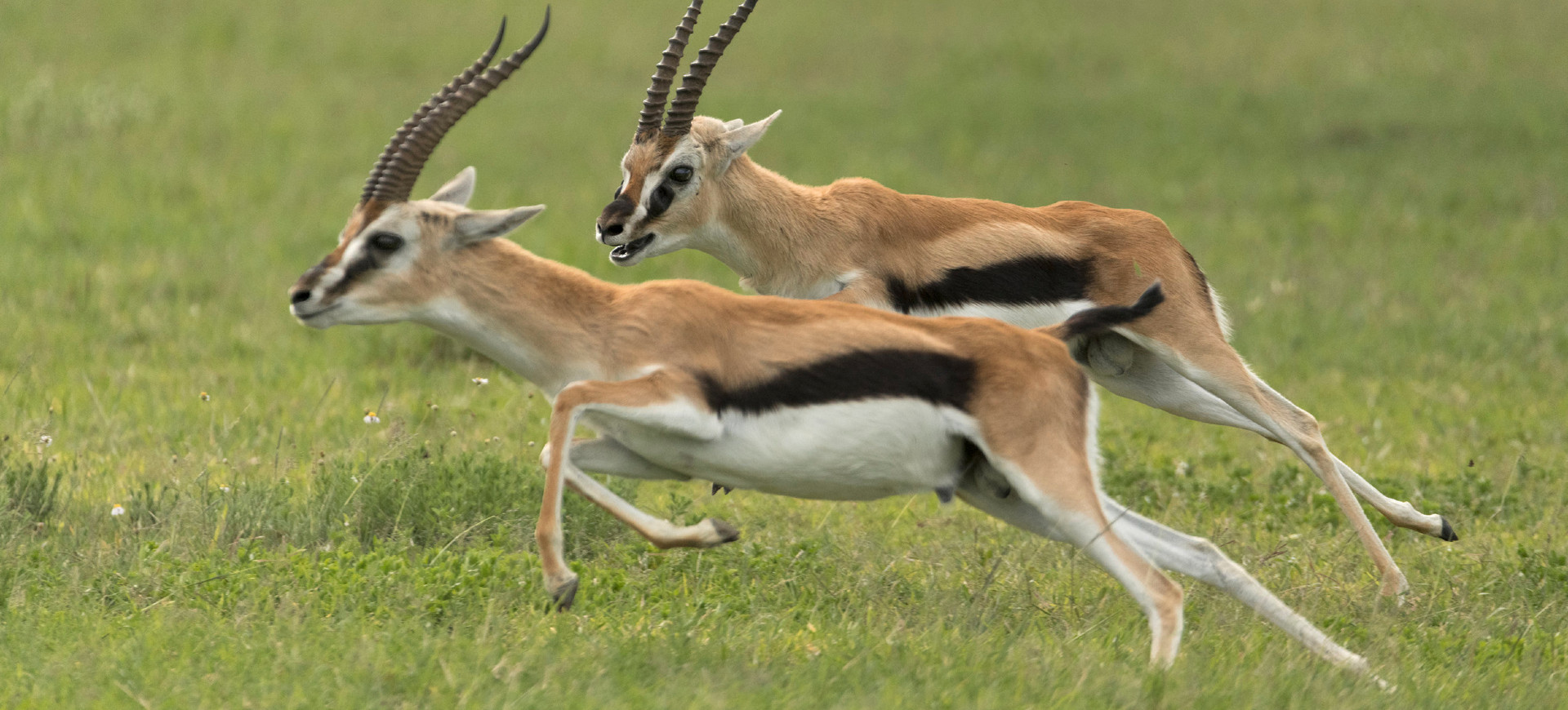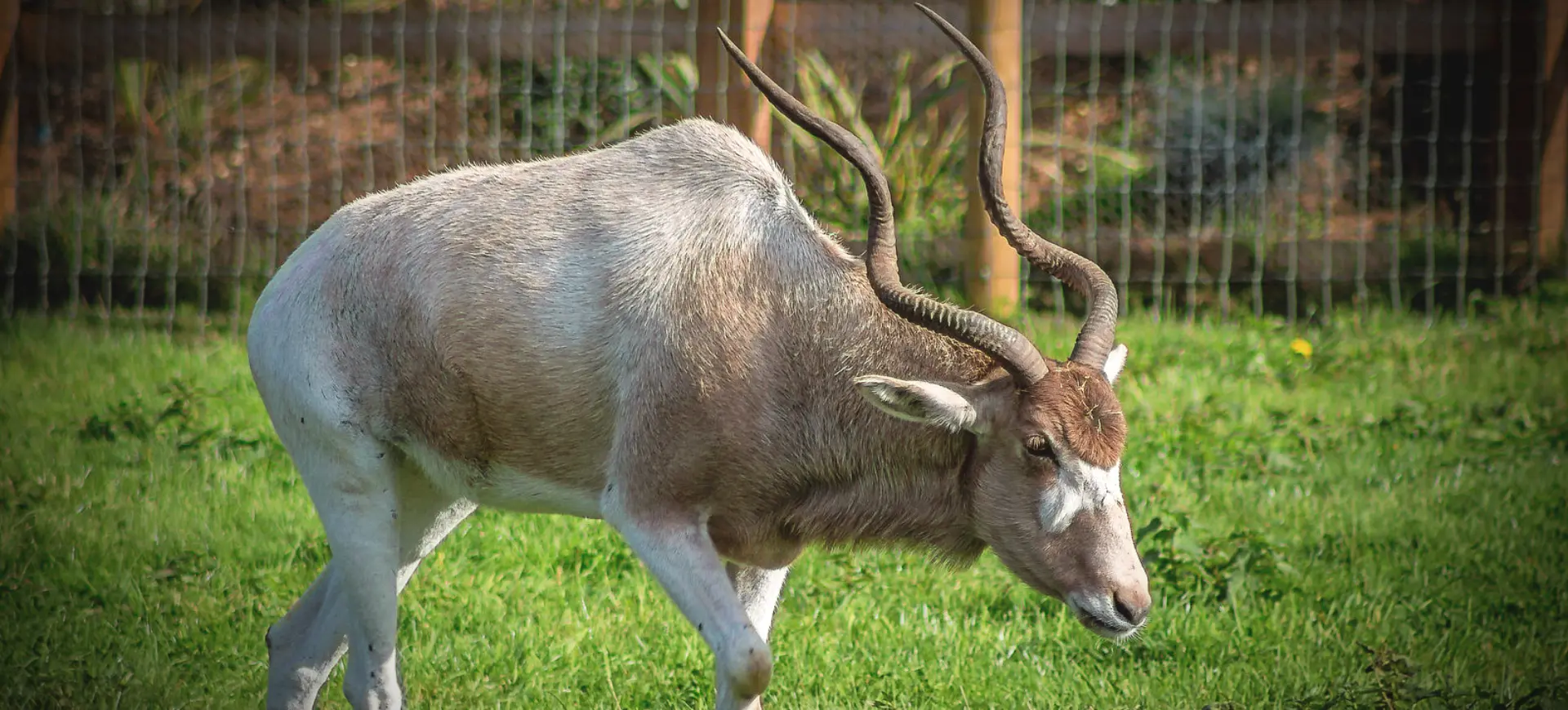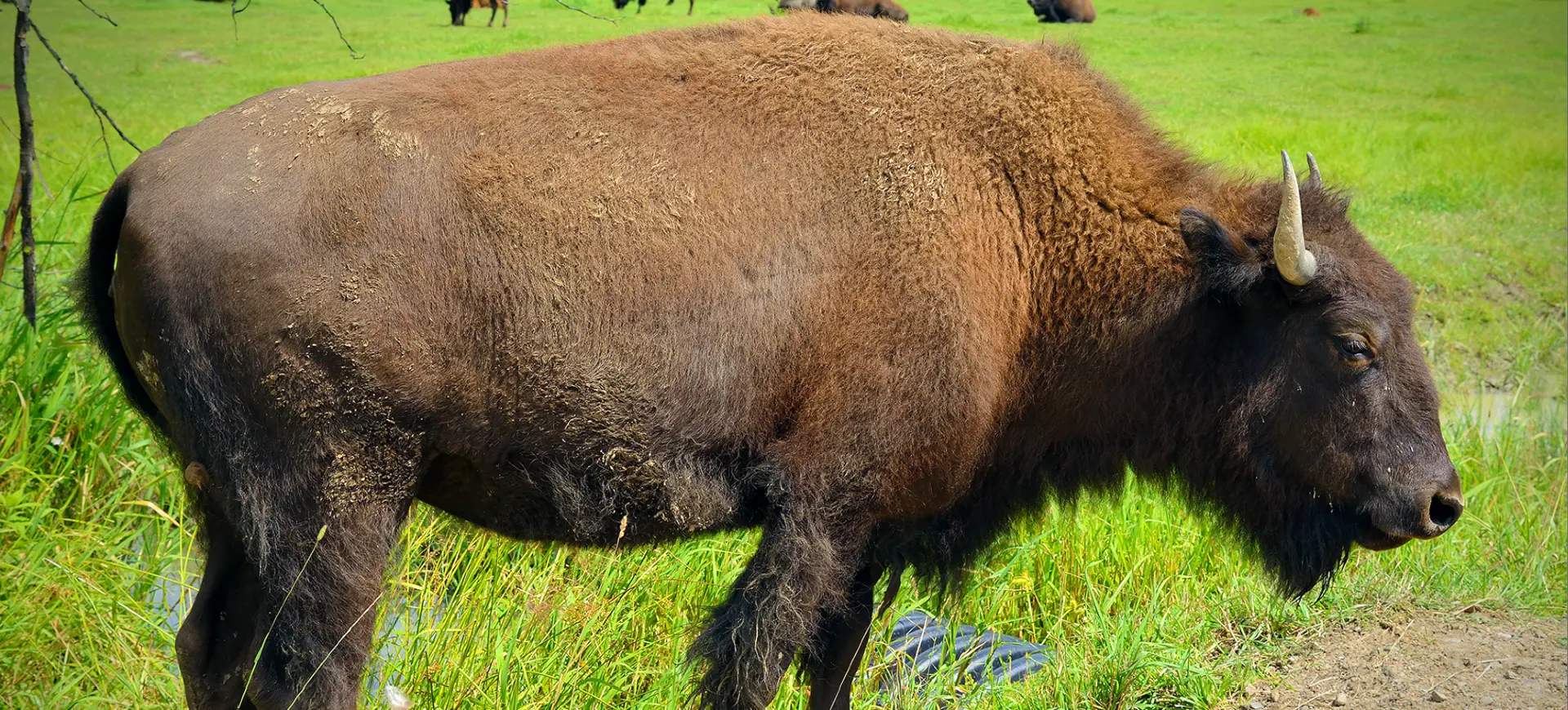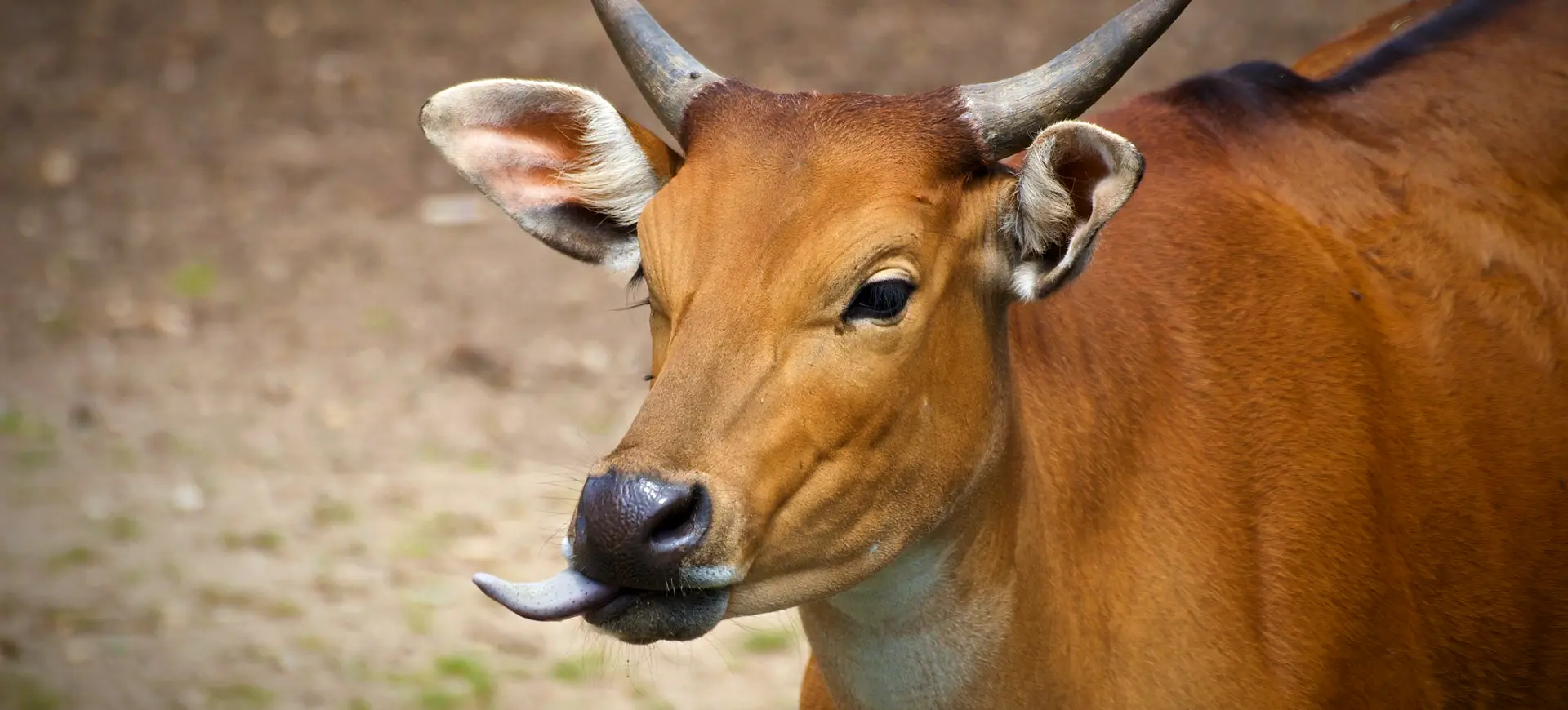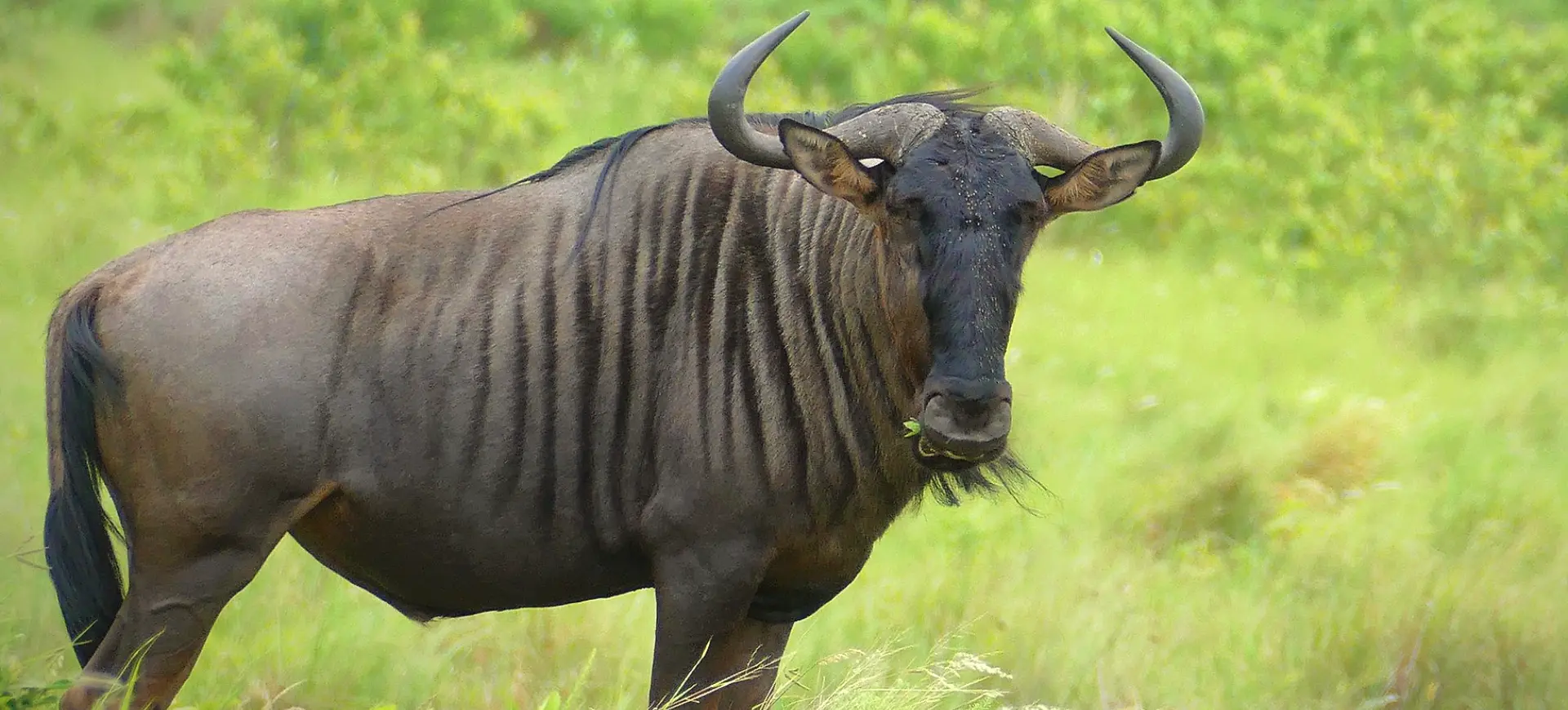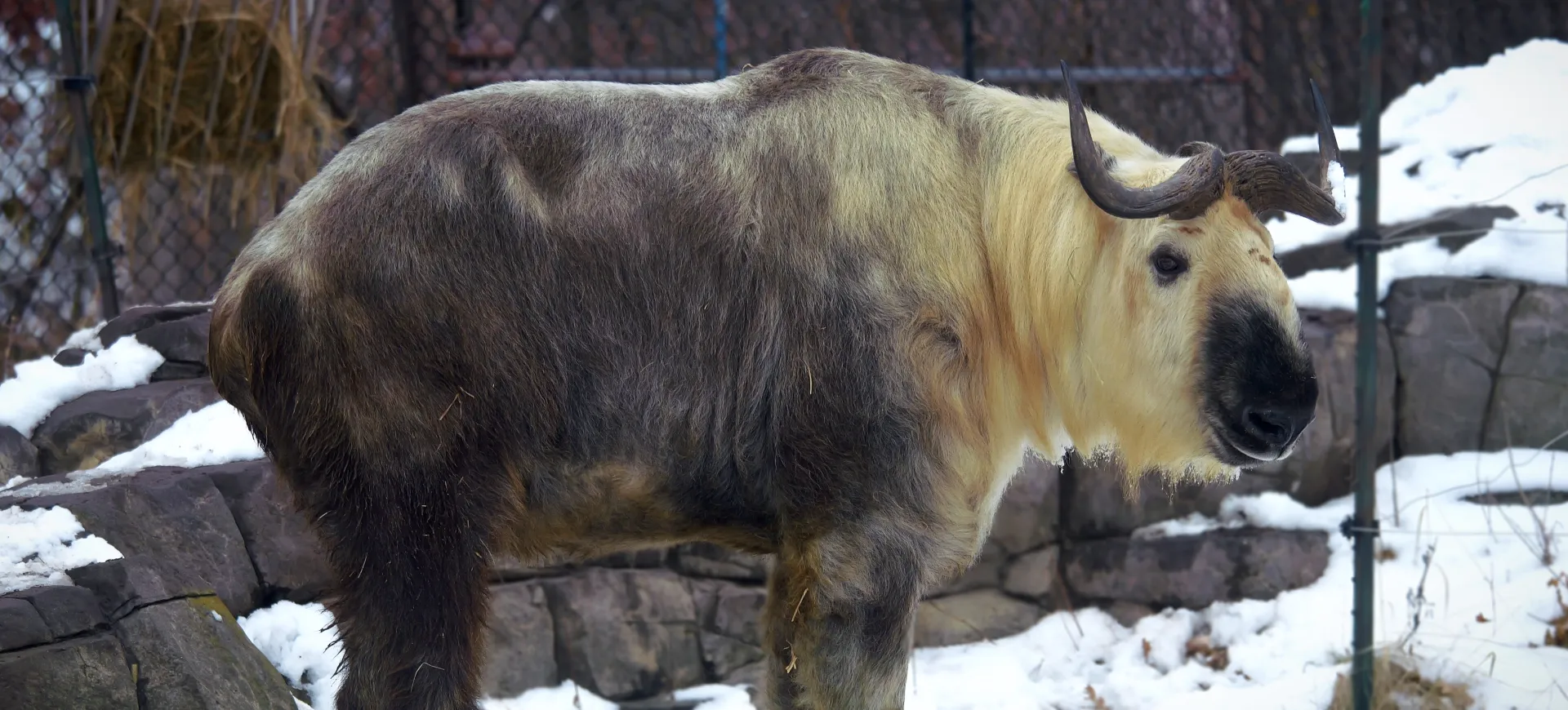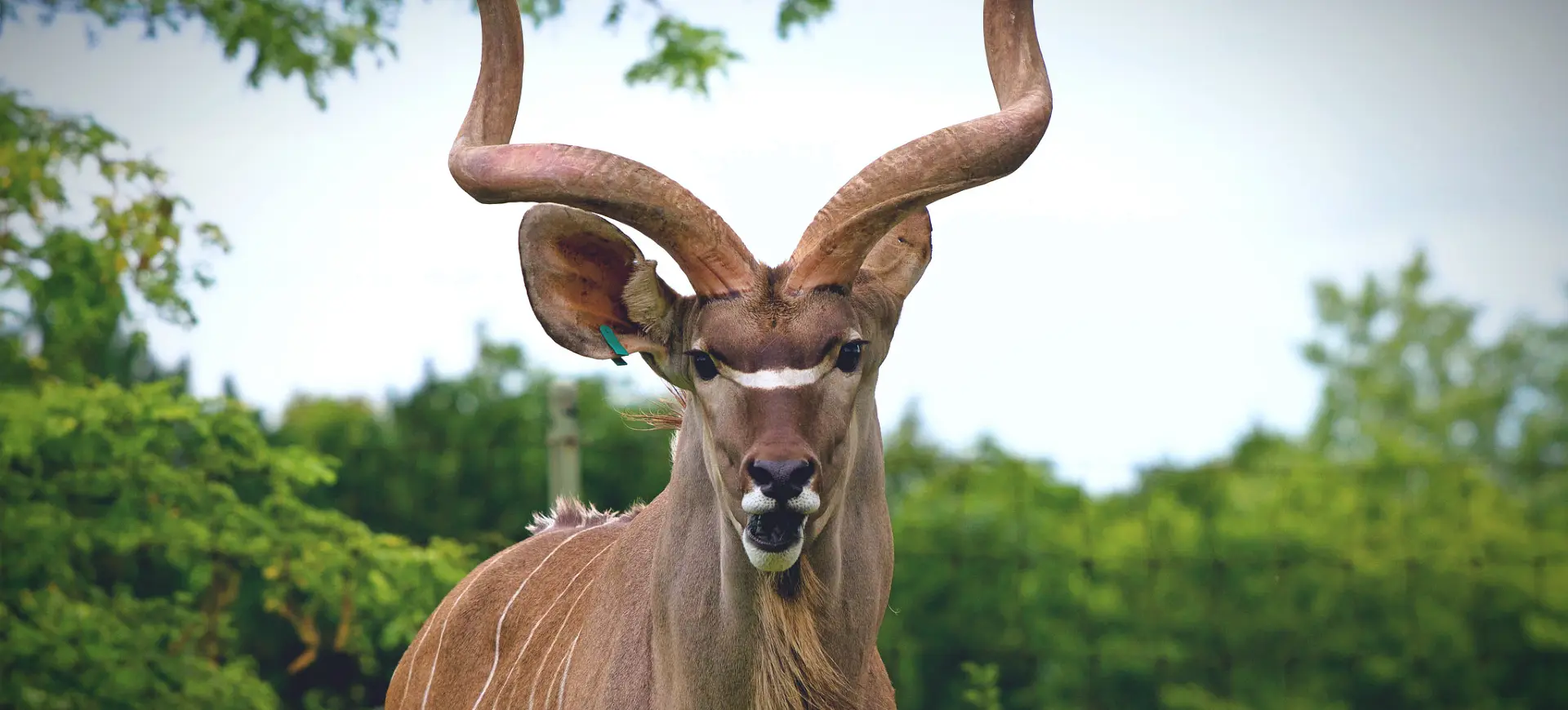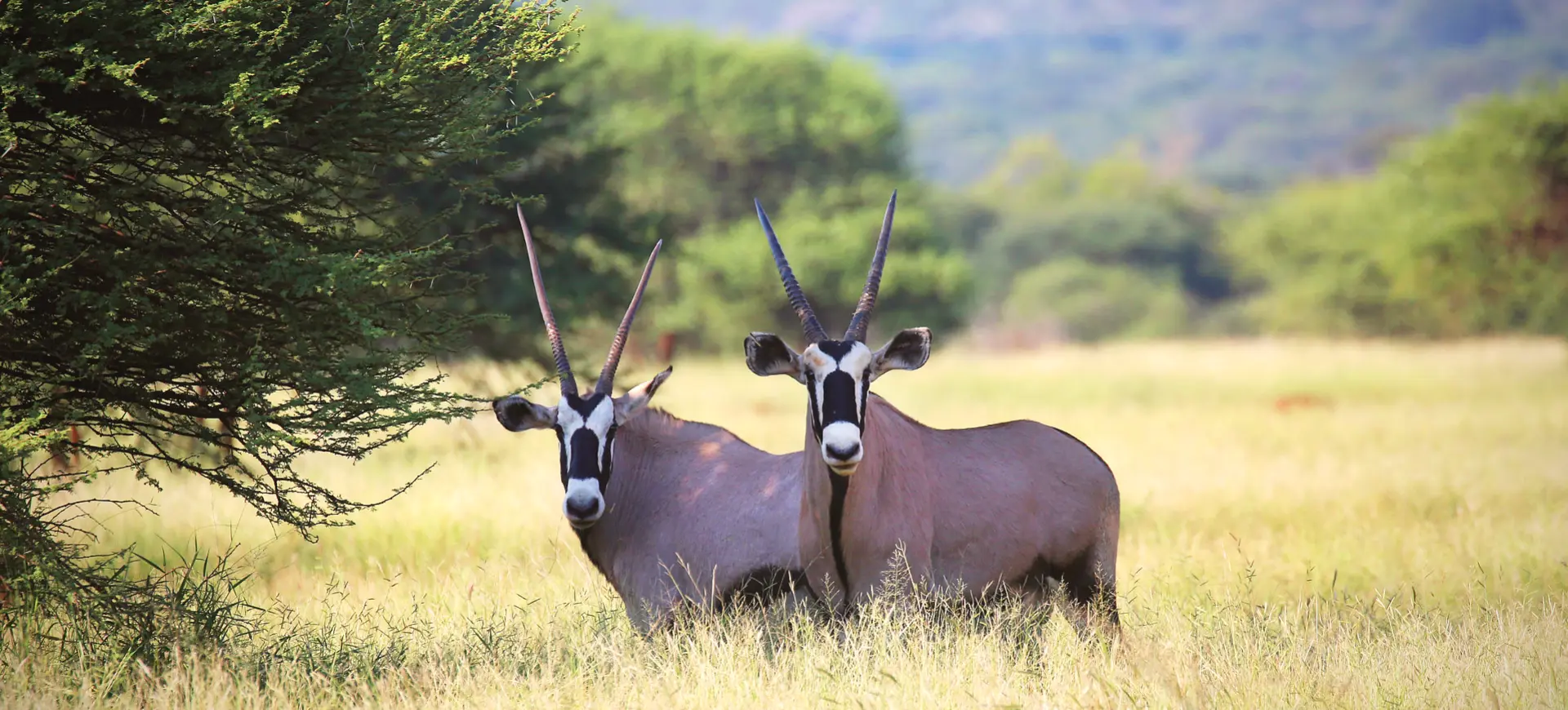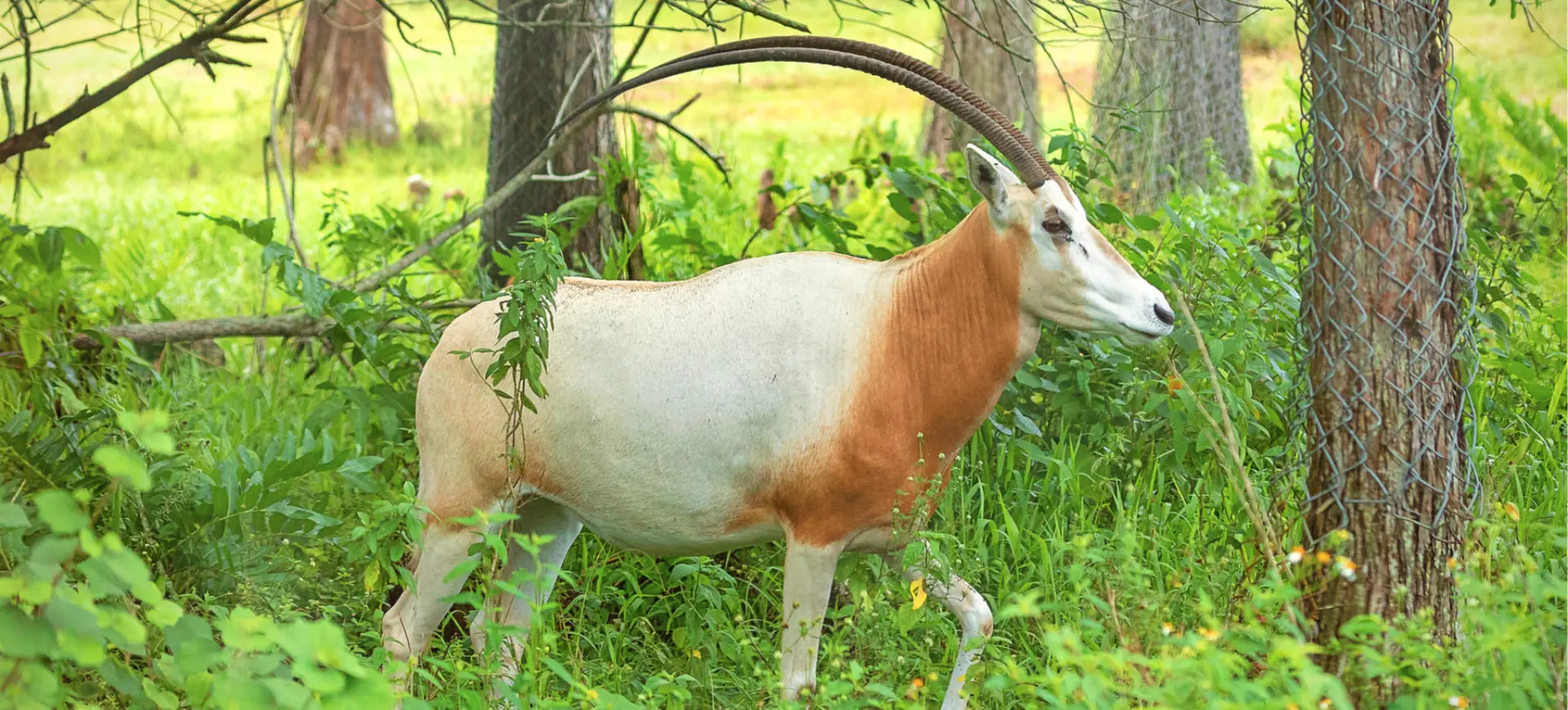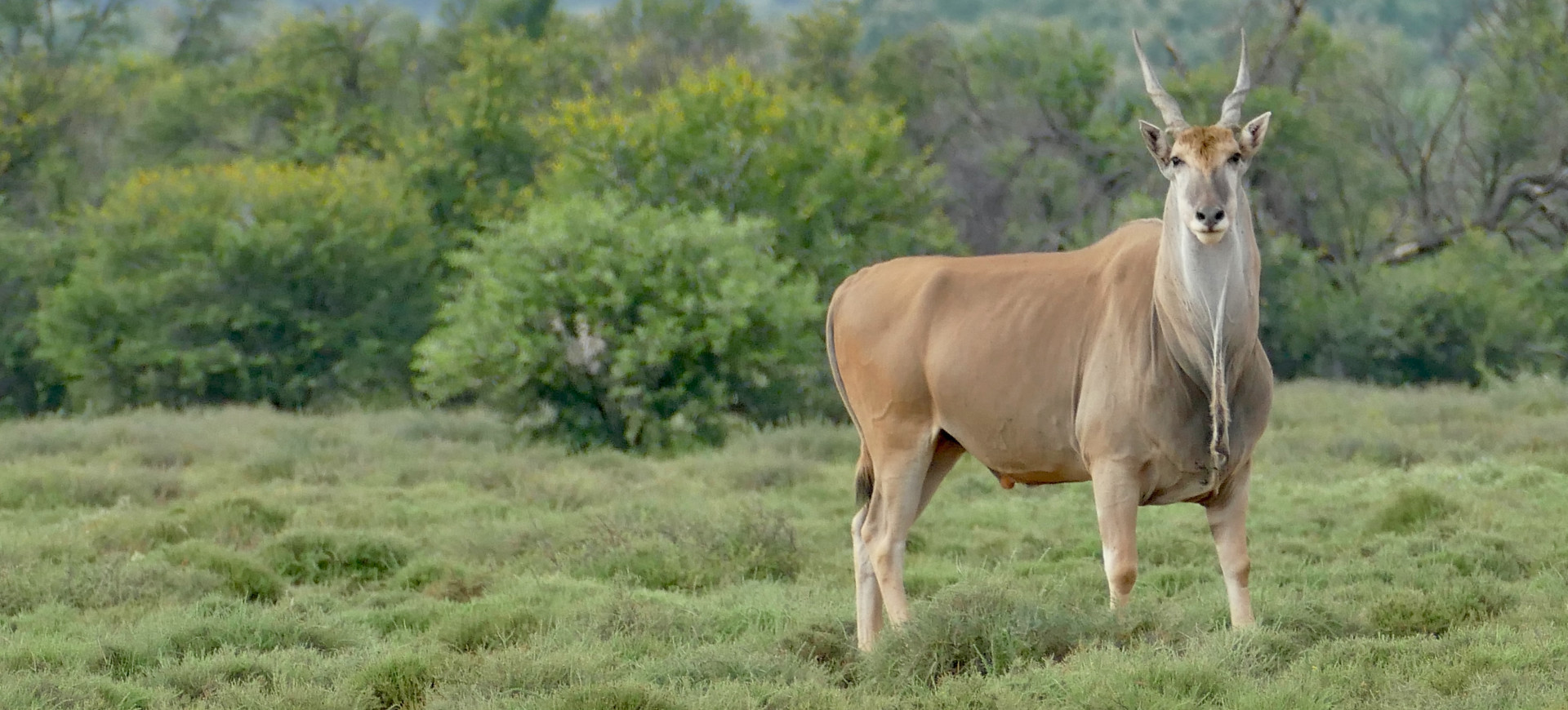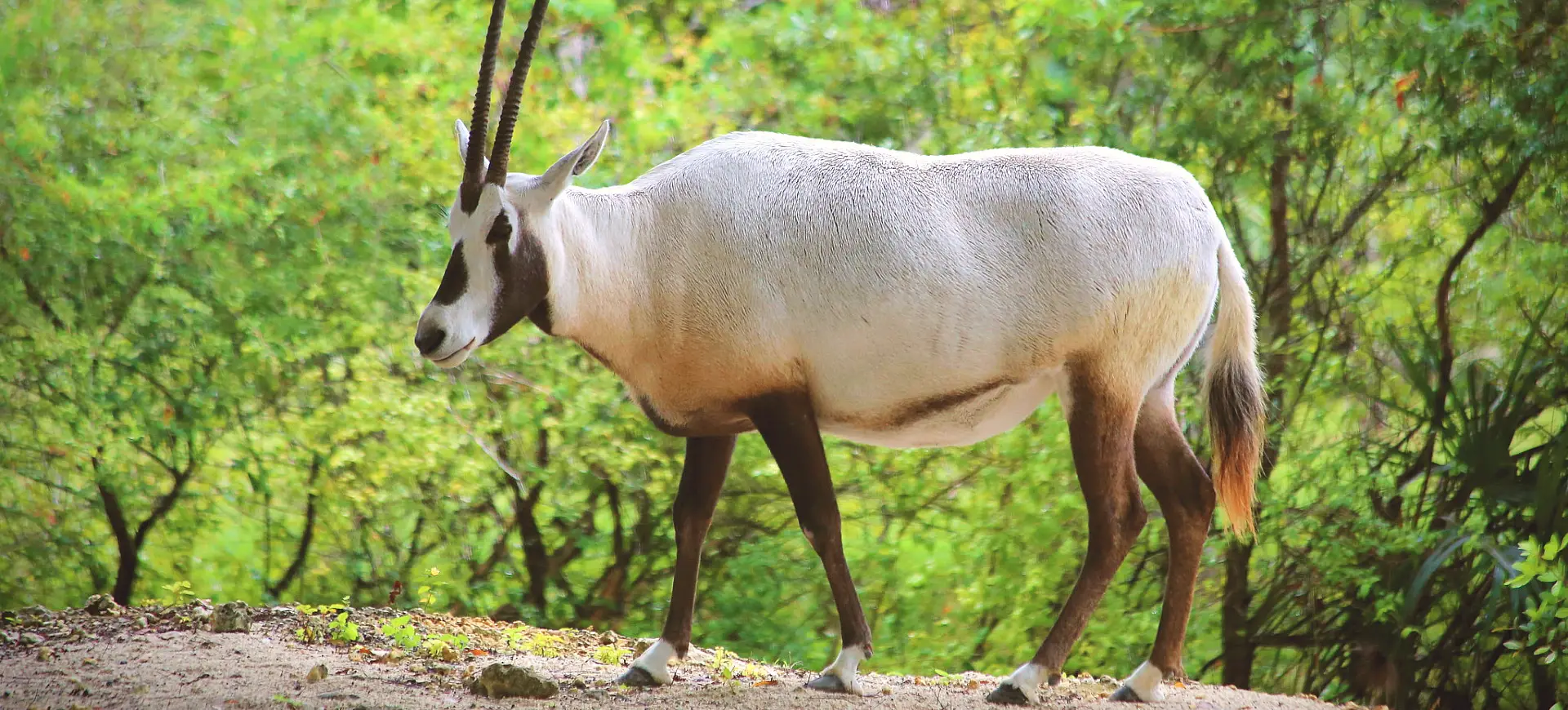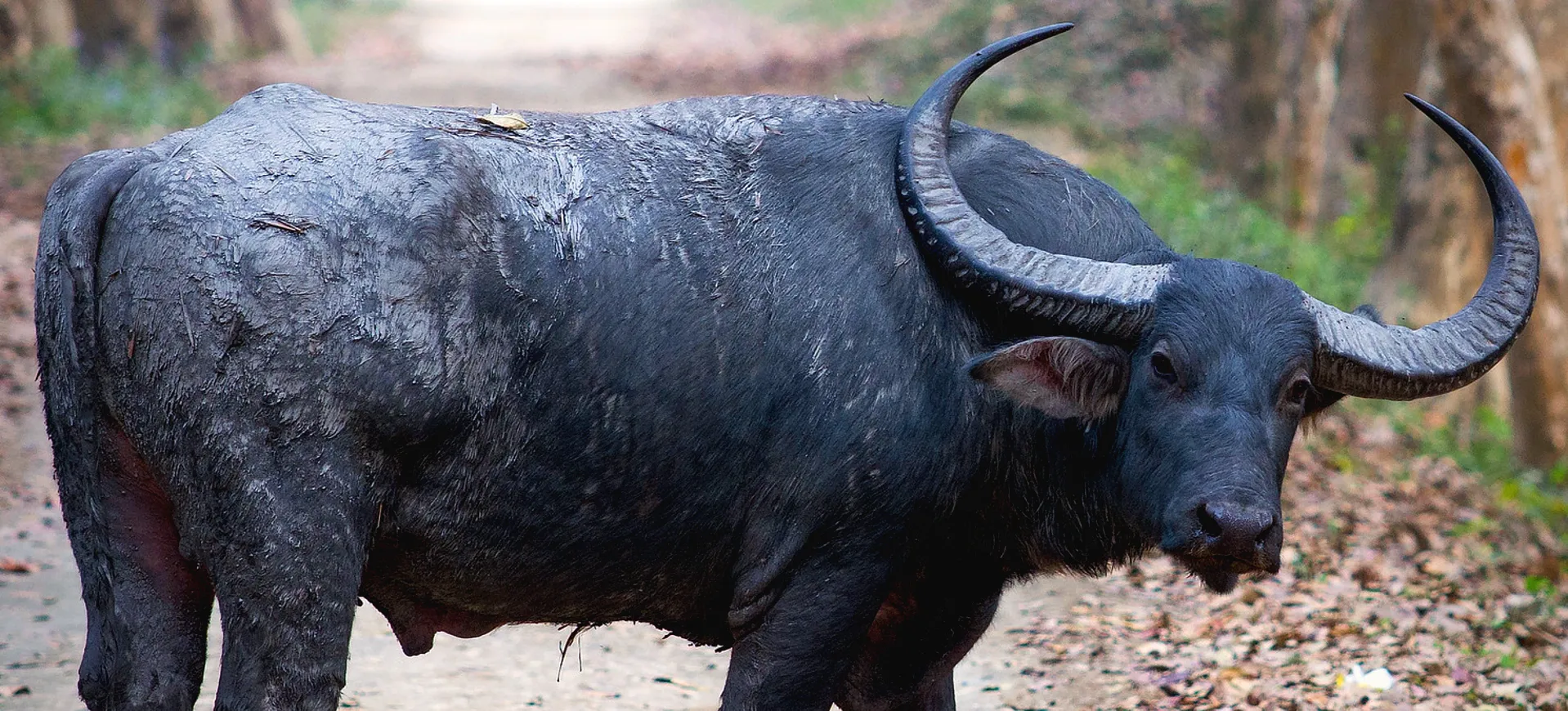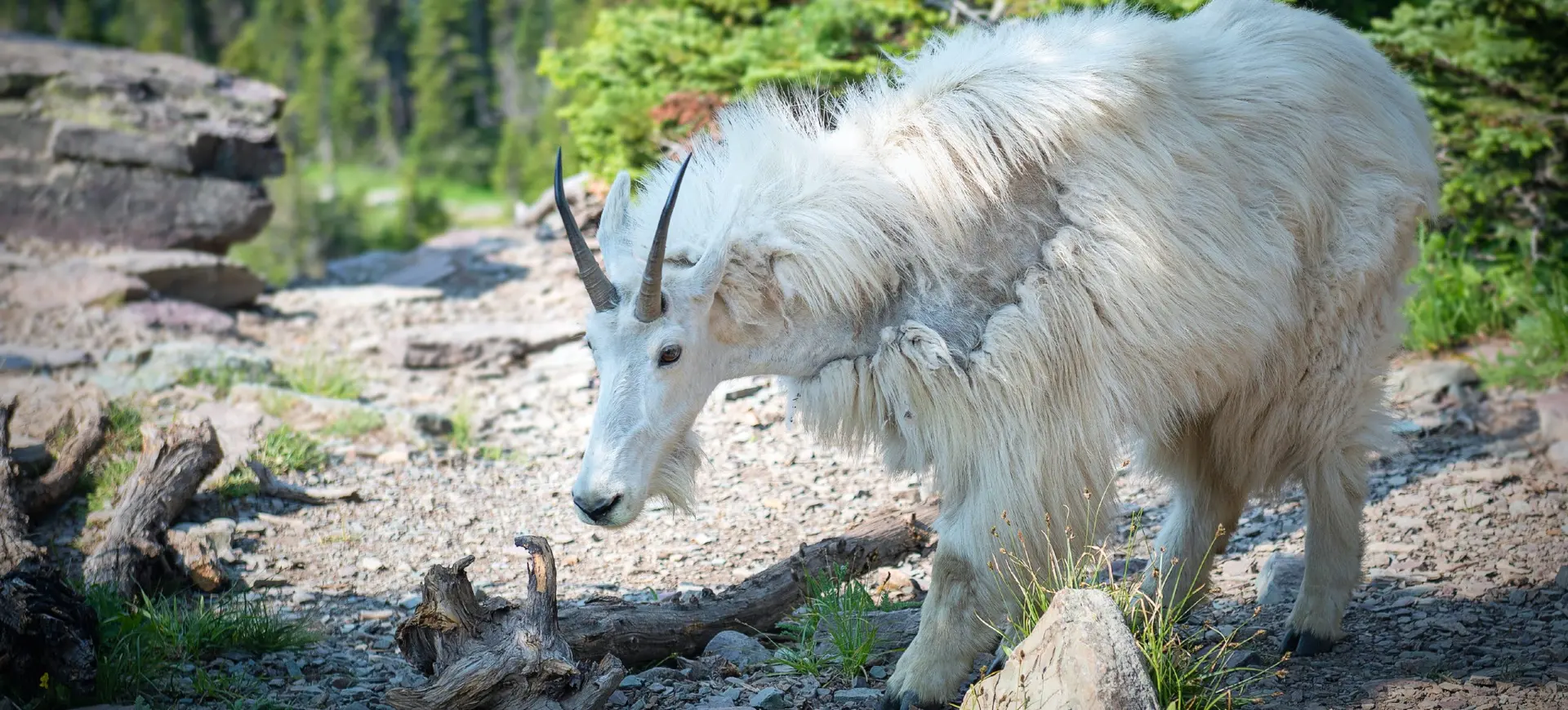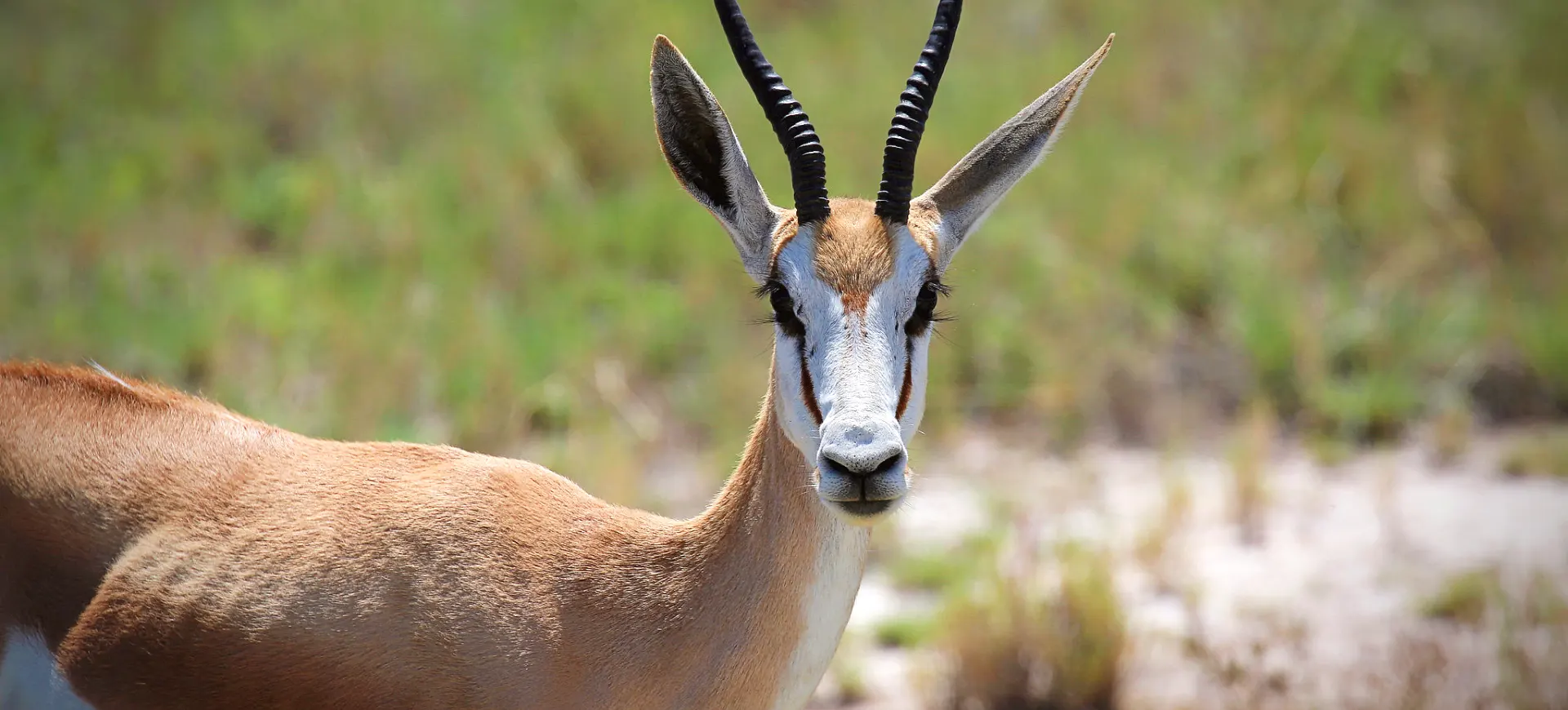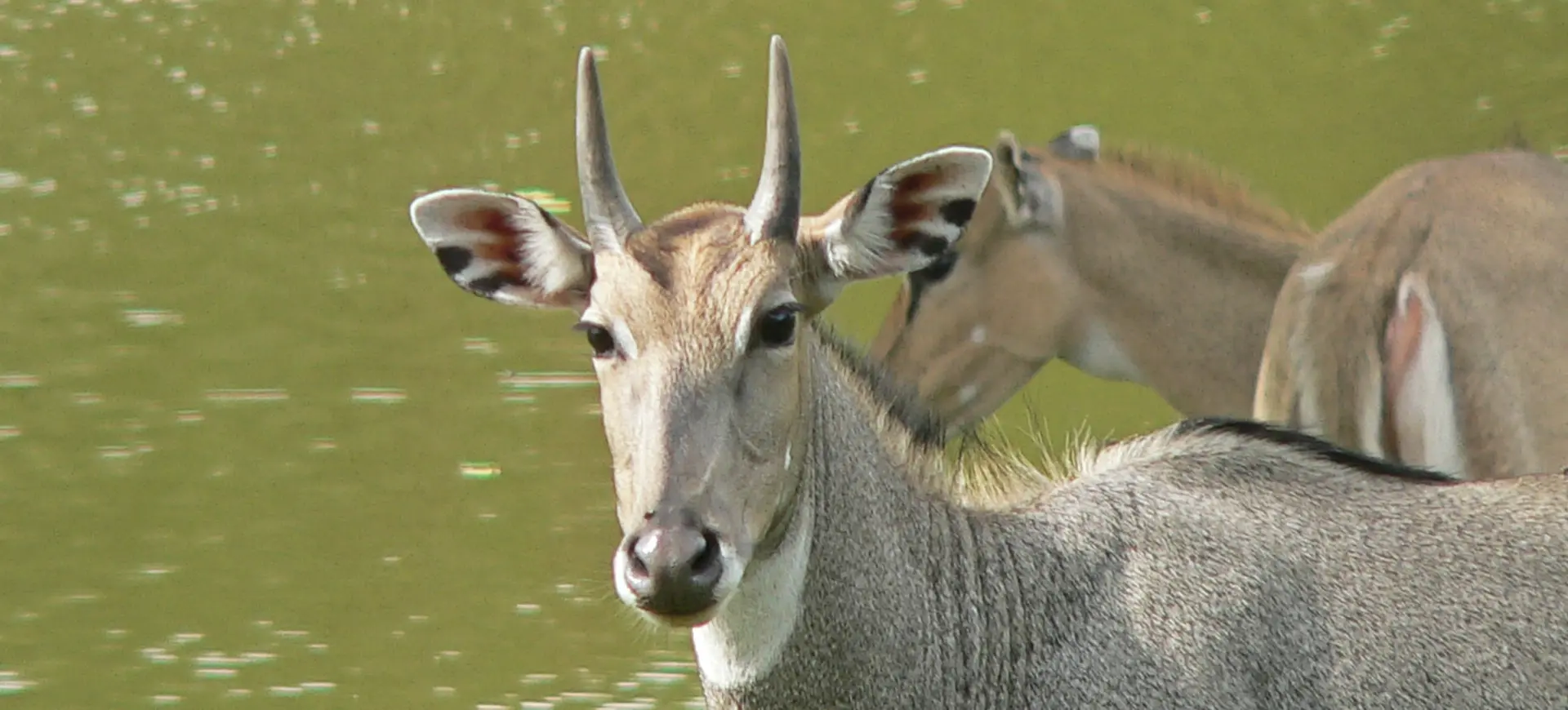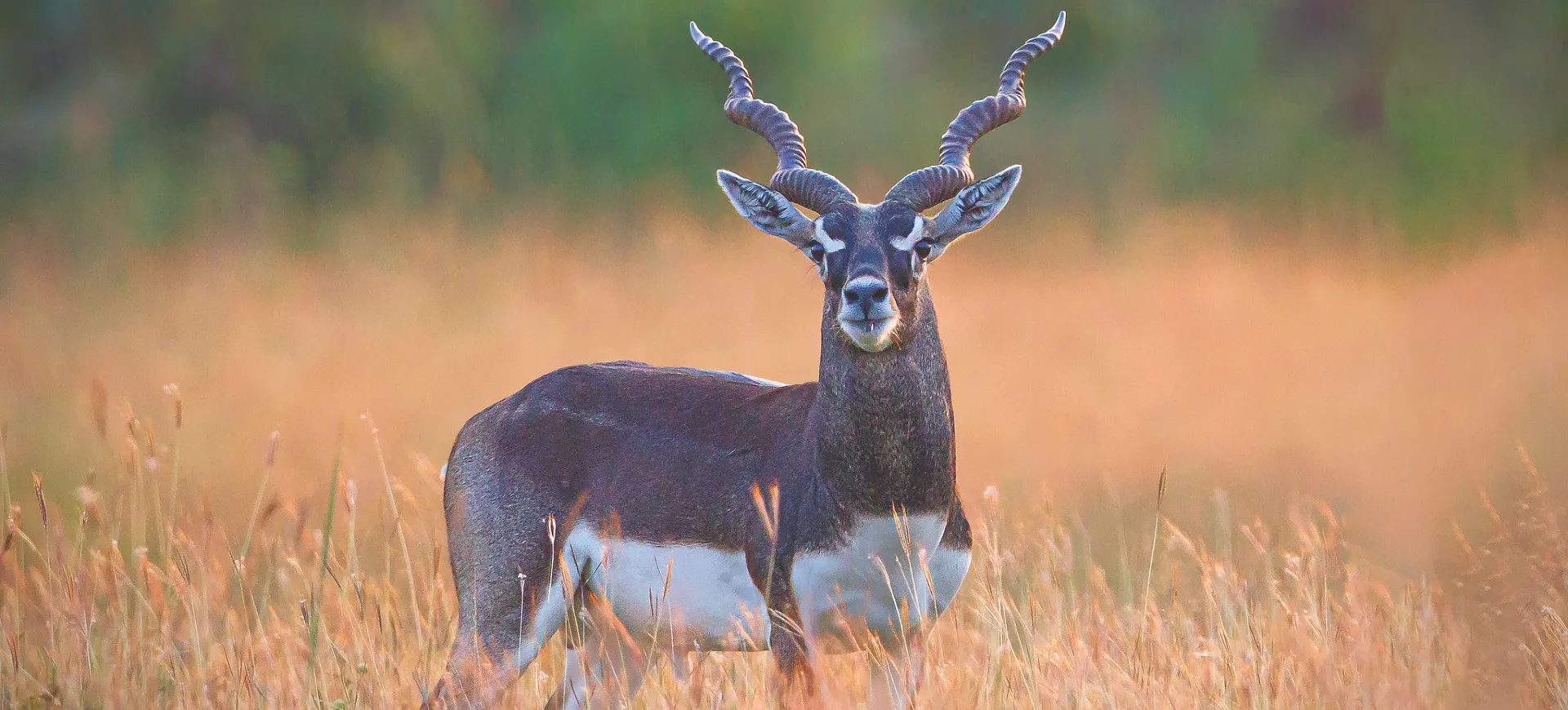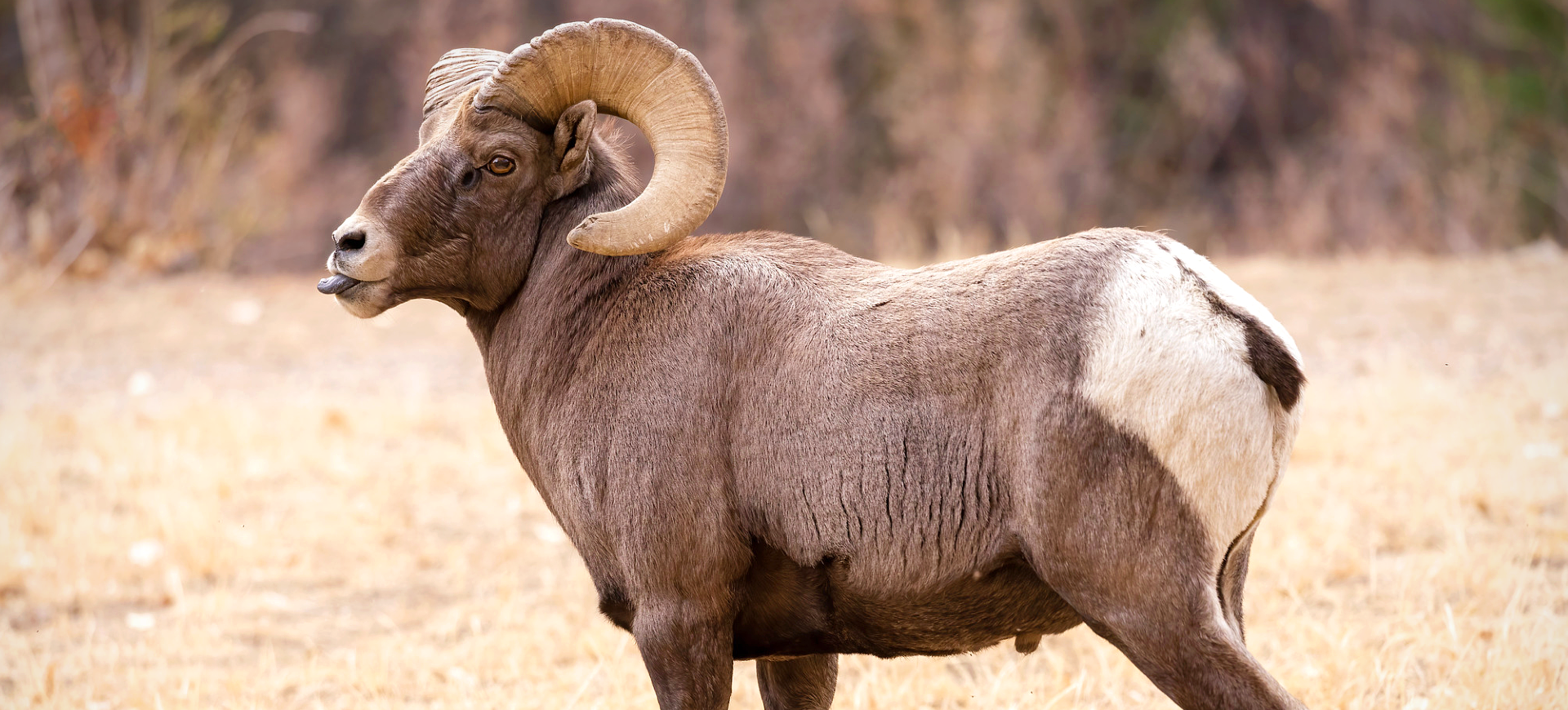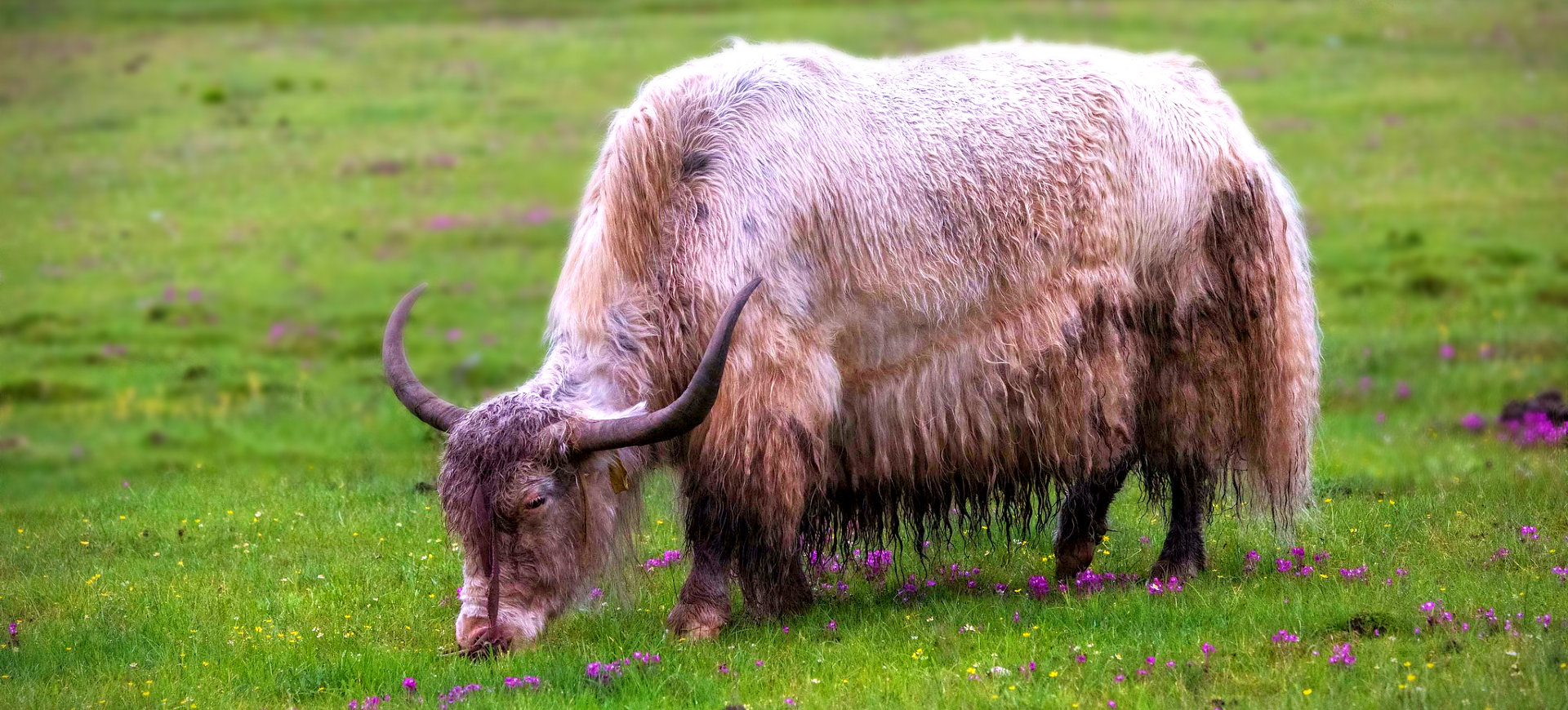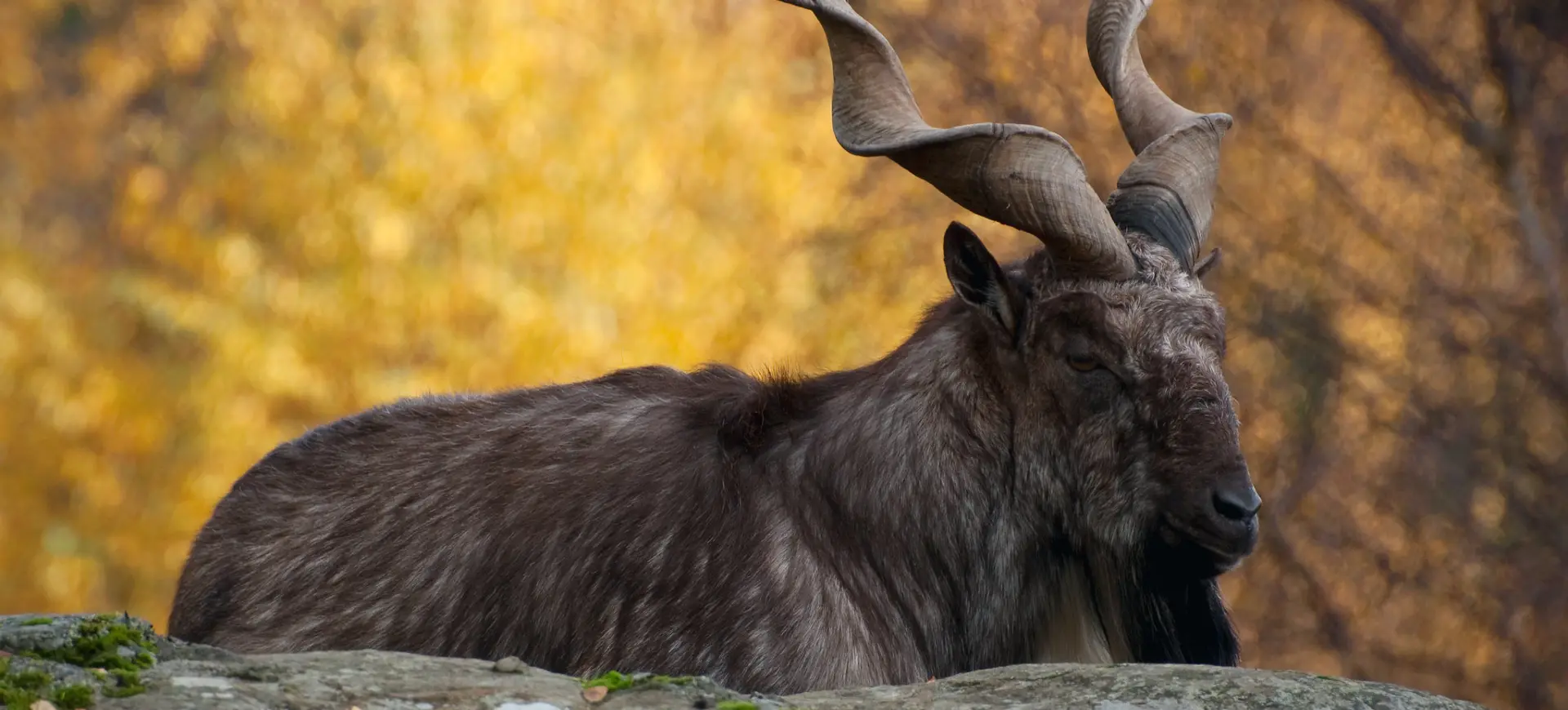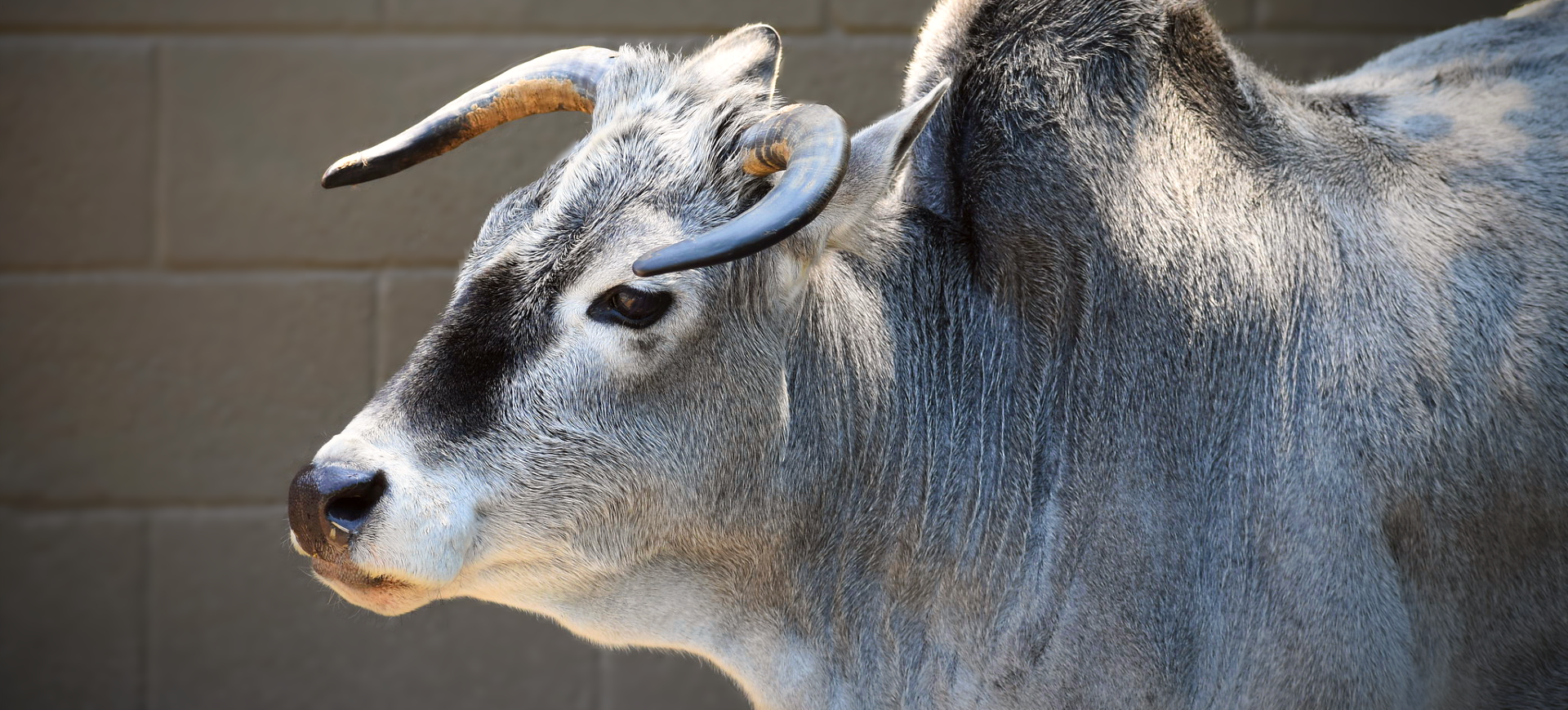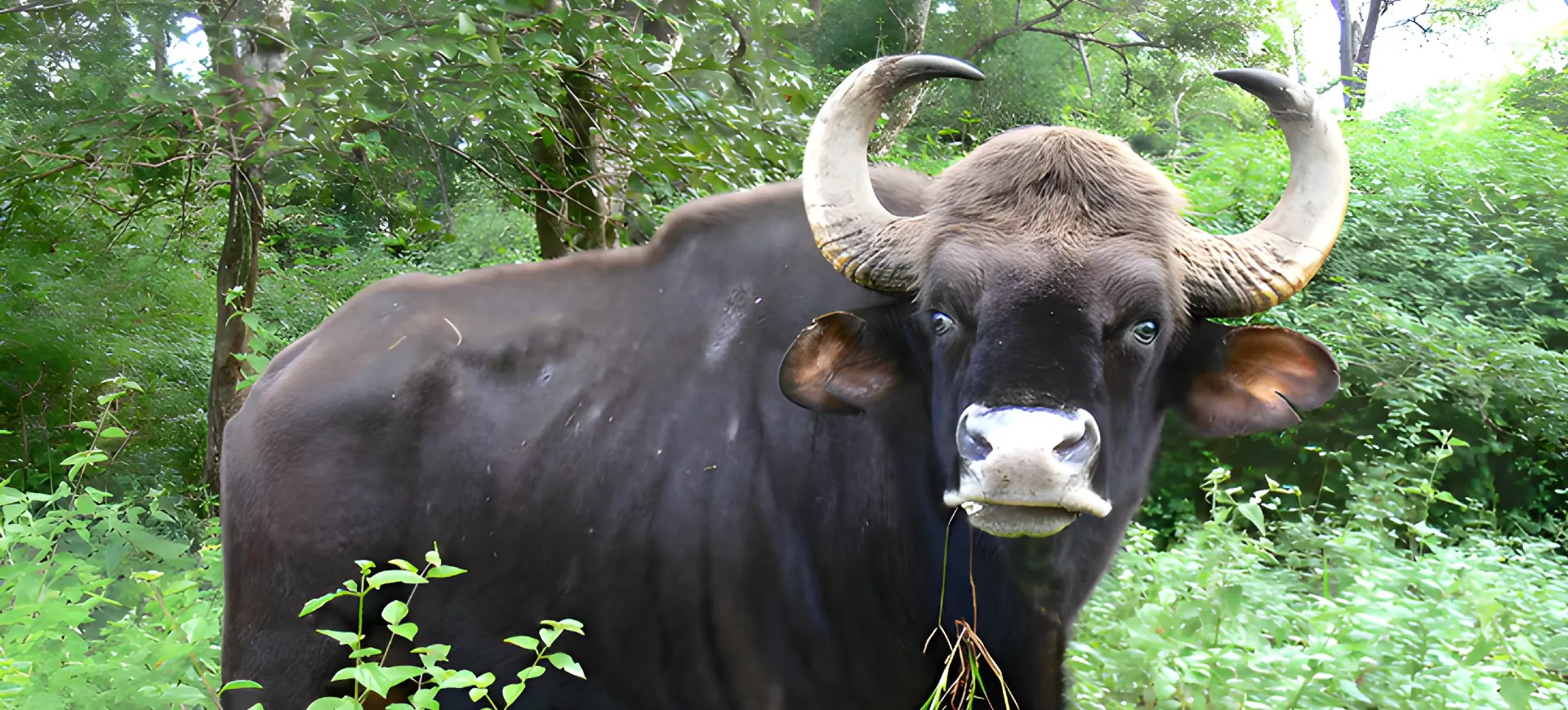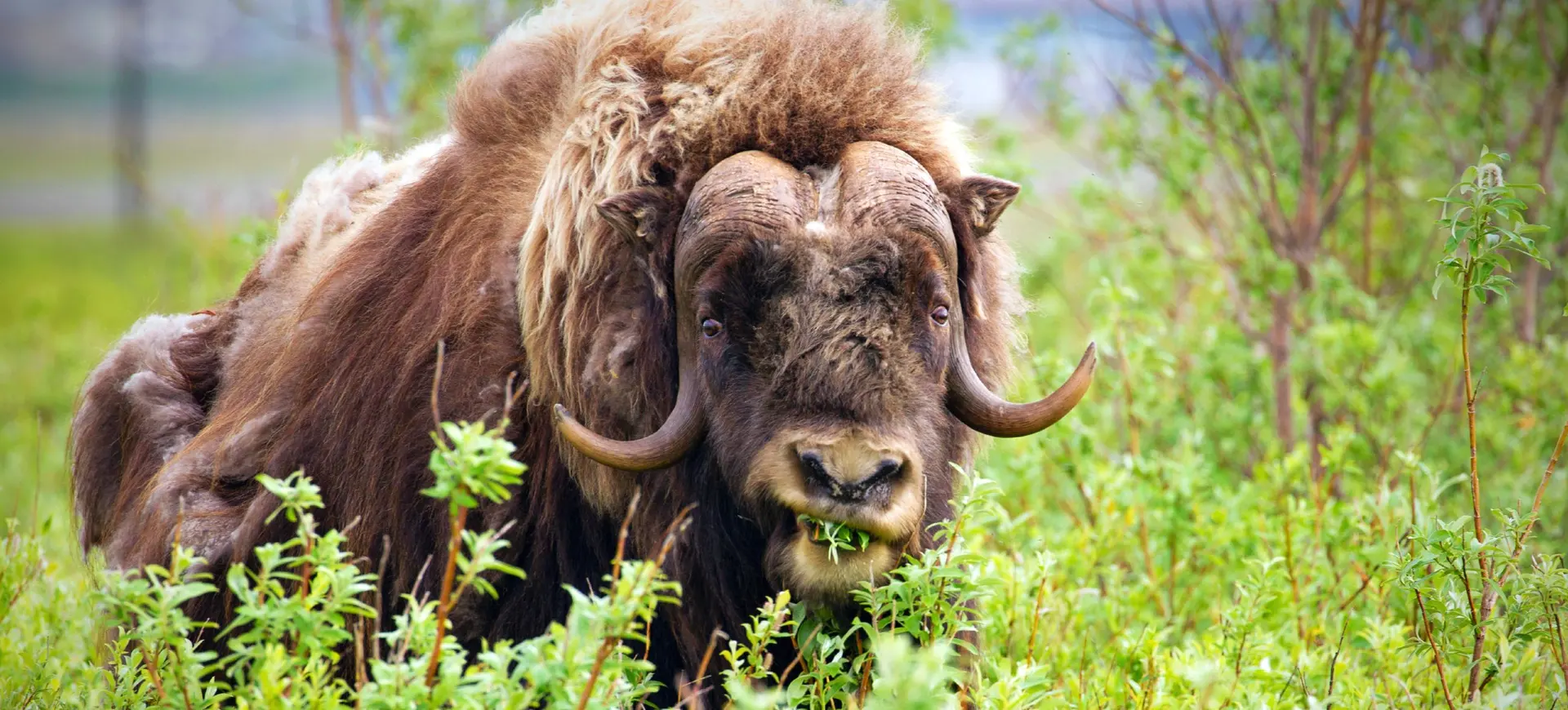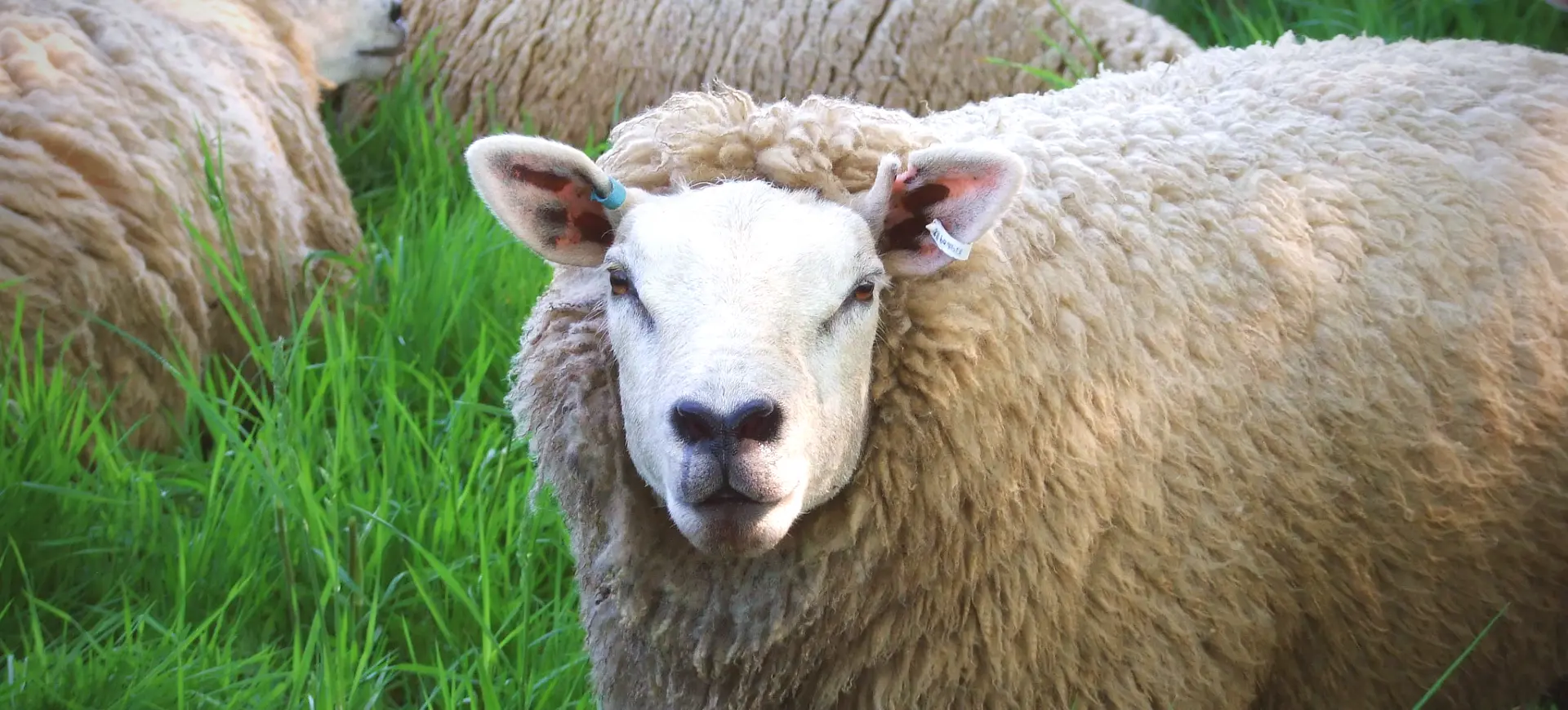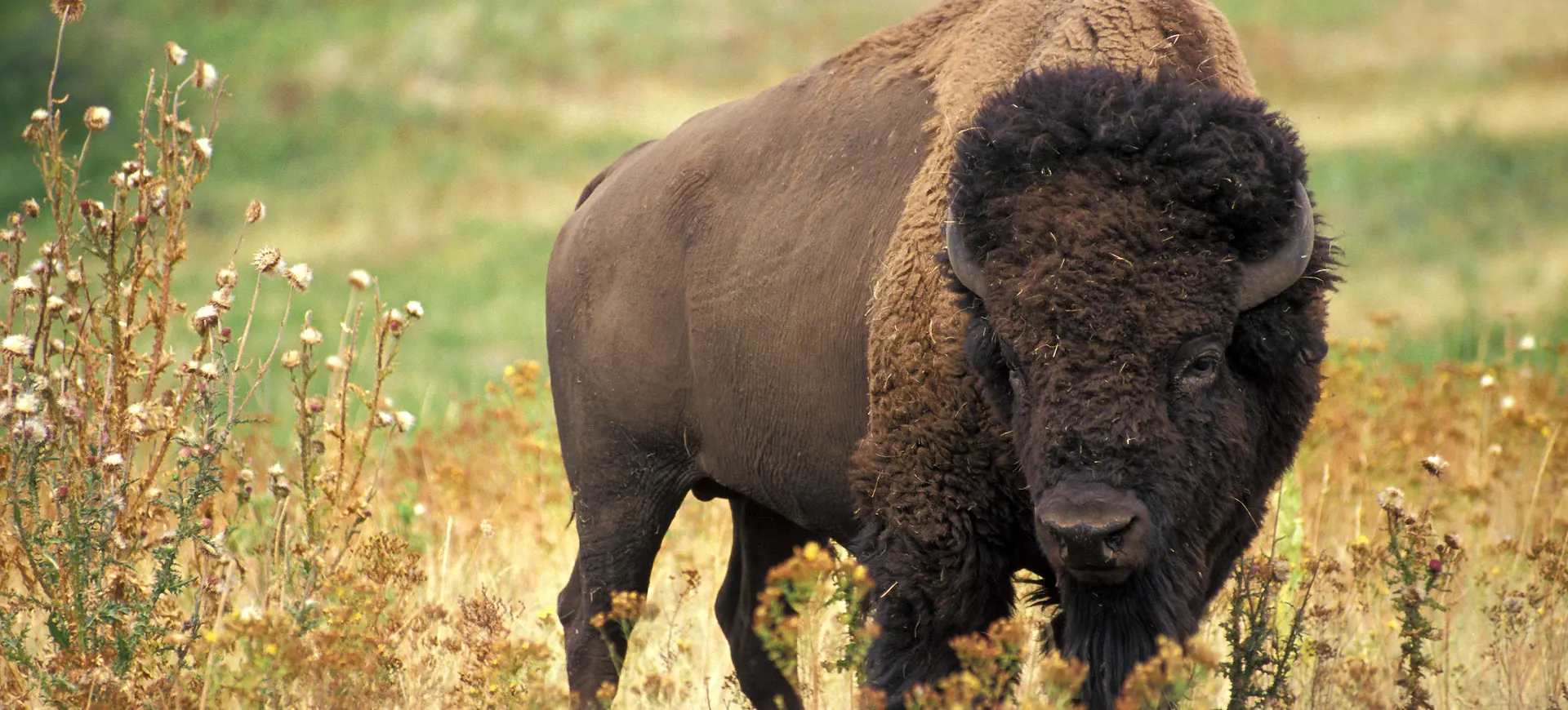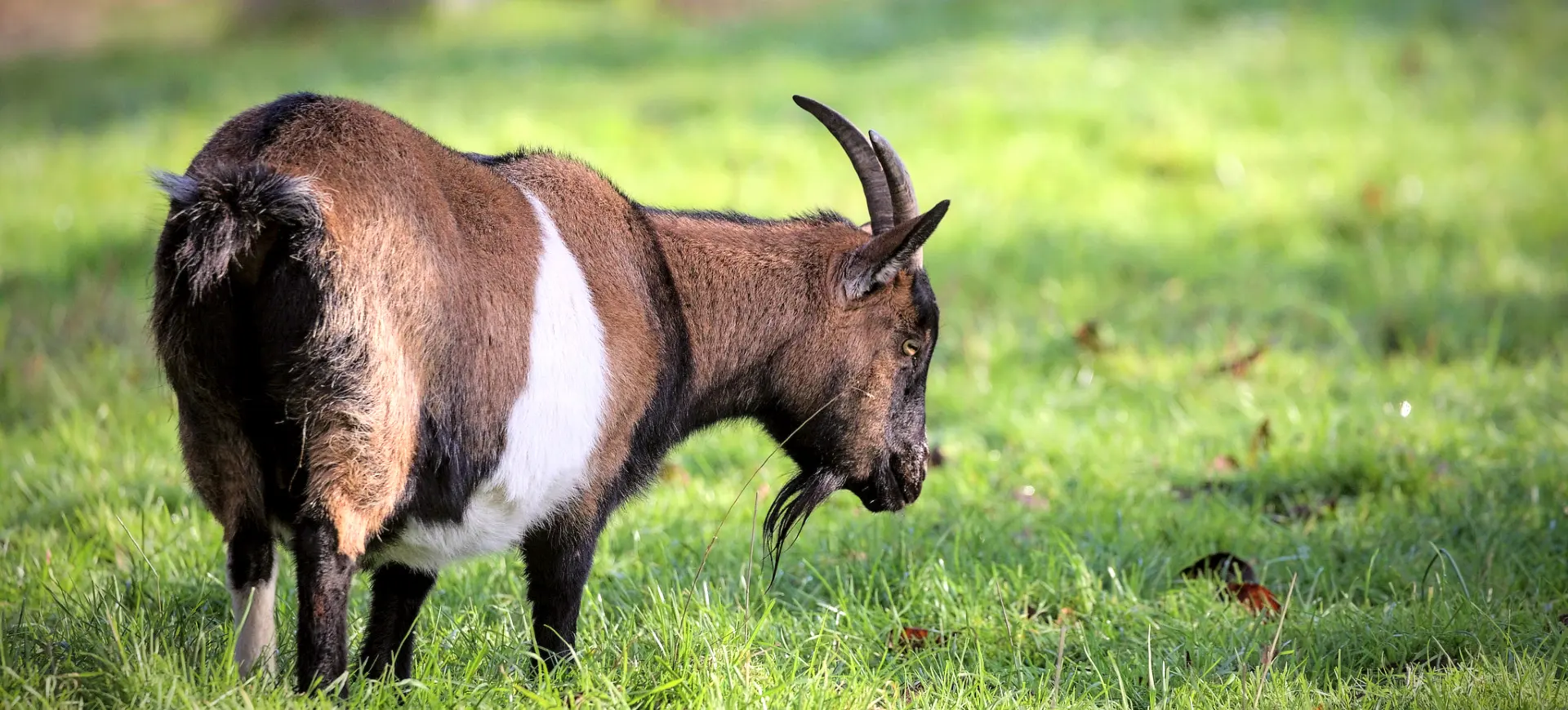Overview
The Roan Antelope is a large, savanna-dwelling antelope found mainly in West, Central, East, and Southern Africa. Notably distinguished by its reddish-brown coat, long ears, and facial markings, the species exhibits a white belly and legs, strikingly contrasting its appearance. The animal is named for its roan color, similar to a horse’s coat.
Mature Roan Antelopes possess imposing backward-curving horns measuring up to 40 inches (100 cm). These horns are present in both sexes, though they are generally more substantial and more elongated in males. Horns are primarily used for defense against predators and in dominance fights between males.
Primarily a grazer, the Roan Antelope’s diet mostly comprises grasses. It prefers habitats that provide water sources and abundant grazing opportunities. The Roan is generally not territorial, often covering extensive home ranges that may overlap with those of other herds.
Taxonomy
Kingdom
Phylum
Class
Order
Family
Genus
Species
Type
Physical Description:
The Roan Antelope is known for its robust build, which aids in both survival and mobility. Adult males weigh between 570 to 660 pounds (260 to 300 kg), while females weigh slightly less, ranging from 460 to 510 pounds (210 to 230 kg). The animal’s reddish-brown coat is thick and coarse, with a distinctive mane of short, erect hairs running along the back of the neck.
Both males and females have a similar appearance, although males are generally larger. The species possesses a white face mask, which is more prominent in males than females. The body length varies between 94 to 110 inches (240 to 280 cm) in males and 86 to 98 inches (220 to 250 cm) in females.

Lifespan: Wild: ~15 Years || Captivity: ~22 Years

Weight: Male: 570-660 lbs (260-300 kg) || Female: 460-510 lbs (210-230 kg)

Length: Male: 94-110 inches (240-280 cm) || Female: 86-98 inches (220-250 cm)

Height: Male: 59-65 inches (150-165 cm) || Female: 55-59 inches (140-150 cm)

Top Speed: 35 mph (56 km/h)
Characteristic:
Native Habitat:
The Roan Antelope is native to the savannas and grasslands of sub-Saharan Africa. While they are somewhat adaptable, they prefer open or lightly wooded grasslands, where visibility is high and predators can be easily spotted. They also prefer regions with readily available water sources, as they need to drink frequently.
In addition to grasslands, Roan Antelopes can be found in sub-humid savannas and floodplains. They avoid areas with high human activity and are rarely found in regions where agriculture has taken over their natural habitats. Overall, the range of acceptable habitats for the Roan Antelope is quite broad, allowing for some flexibility in where they can live.
Biomes:
Biogeographical Realms:
Continents:
Countries:
Diet:
Diet & Feeding Habits:
The Roan Antelope is primarily a grazer, and its diet consists mainly of grass. It will occasionally browse for additional nutrients, especially during the dry season when grasses are scarce. A water-dependent species, the Roan Antelope must drink regularly and will often inhabit regions close to water sources.
Selective in its grazing habits, the Roan prefers fresh grasses and typically avoids areas where grass is too short or too tall. It often feeds in the early morning and late afternoon, retreating to shaded areas during the day’s heat. These feeding patterns help the Roan Antelope conserve energy and moisture.
Mating Behavior:
Mating Description:
Mating in Roan Antelopes usually occurs in the wet season, coinciding with optimal conditions for forage. During this period, males engage in ritualistic fights for mating rights. These fights can be quite violent, with competitors using their long, sharp horns to establish dominance and secure a harem of females.
Females have a gestation period of about nine months and will usually give birth to a single calf. Calves are generally born in a secluded spot away from the rest of the herd, protecting them from predators. The mother stays with the calf for a few days before reintroducing it to the herd.
Reproduction Season:
Birth Type:
Pregnancy Duration:
Female Name:
Male Name:
Baby Name:
Social Structure Description:
Roan Antelopes live in herds that a dominant male generally leads. The herd size can vary from small family units of about five individuals to larger aggregations of up to 35. Social interactions within the herd are complex, with a clear hierarchy established through sparring and other forms of physical contact.
The dominant male, known as the bull, is privileged to mate with the females in the herd. Subordinate males may live on the herd’s periphery or form bachelor herds. During the mating season, bulls can become extremely territorial and aggressive, vigorously defending their status and harem.
Groups:
Conservation Status:
Population Trend:
The Roan Antelope’s status as Near Threatened by the IUCN. The species has declined due to habitat loss, agricultural expansion, and poaching. Their current estimated wild population stands at approximately 60,000 individuals, with the largest populations in protected areas like national parks and reserves.
The antelope’s status is a cause for concern, given its ongoing threats in its natural habitat. Conservationists are working on habitat restoration and anti-poaching measures to ensure the survival of this species. The Roan Antelope is a flagship species for many conservation efforts, indicating the health of African savannas.
Population Threats:
The primary threat to the Roan Antelope is habitat loss due to agricultural expansion and human settlement. This encroachment reduces the available grazing land and brings them into close contact with humans, increasing the risk of human-wildlife conflict. Illegal hunting and poaching for their meat and horns are other significant factors contributing to their decline.
The disease is another concern for the Roan Antelope. They are susceptible to diseases like foot and mouth and anthrax, which can significantly affect populations. Natural predators such as lions and hyenas also pose a threat. However, this is a part of their natural ecological role and not a significant contributor to their declining numbers.
Conservation Efforts:
Efforts to conserve the Roan Antelope include habitat restoration projects and the establishment of new protected areas. Anti-poaching measures have also been ramped up in many regions, including ranger patrols and community engagement programs to discourage illegal hunting. There are also plans for translocating individuals to repopulate areas where the species has been extirpated.
In-situ and ex-situ conservation methods are both being employed to protect this species. Various zoos and wildlife reserves hold Roan Antelopes in captivity as part of broader conservation initiatives, providing an opportunity for public education and awareness-raising about this magnificent animal and its habitat.
Additional Resources:
Fun Facts
- Roan Antelopes can run at speeds of up to 35 mph.
- They have excellent hearing, thanks to their long, tufted ears.
- The Roan Antelope is one of the largest antelope species in Africa.
- Both male and female Roan Antelopes have horns.
- They are named for their roan-colored (reddish-brown) coats.
- Roan Antelopes rarely jump but are excellent swimmers.
- They have a distinctive black and white facial mask.
- Roan Antelopes prefer to confront predators rather than flee.
- They communicate using a variety of vocalizations, including snorts and whistles.
- The Roan Antelope can go without water for several days, obtaining moisture from the plants it consumes.








